|
I am giving away 5 Butterfly Education Kits to various schools in Cornwall to raise awareness of the importance of butterflies and their fascinating life cycle. Ladock C of E Primary School is one of them, Cuby's class of Miss Sarah Edwards. I was delighted to meet the children. They are very enthusiastic. I am looking forward in visiting them again soon. There are 59 Butterflies in the UK, 57 resident and 2 regular migrants. There are 36 Butterflies in Cornwall, 34 resident and 2 regular migrants Rowena Castillo-Nicholls presenting the Butterfly Education Kit to Sarah Edwards, EYFS teacher Cuby's class, Ladock C of E Primary School I am a "Wildlife Advocate". I have been raising awareness on the importance of wildlife through "Wildlife Matters". I am a "Mental Health and Physical Well-being Advocate." I have been raising awareness through “Connect with Nature” because it benefits both the mental health and physical well-being. I am the Founder of Ladock Parish Wildlife Group (LPWG). I do wildlife recording and monitoring. I organise and lead nature walks for my community. I am the Founder of Cornwall Butterfly Group, Kernow Tykki Duw (CBG). I do butterfly recording and monitoring in Woodland Valley Farm, Trewithen Gardens and National Trust's Godolphin. I organise and lead butterfly walks for my community. I am Trustee and Publicity Officer of Cornwall Bird Watching and Preservation Society (Cornwall Birds or CBWPS). I am a volunteer of Three Bays Wildlife Group. I do Seaquest Survey in Dodman Point. I do Butterfly Transect in Portmellon Valley and The Lost Gardens of Heligan. I am a volunteer Chough Watcher (nest site monitoring and protection) for National Trust and RSPB. I am the Author and Photographer of "Paloresow Kernewek, The Cornish Choughs on the North Cornwall Coast" published in 2013. I am currently working on my next book. I am a member of Ladock Women's Institute and Soroptimist International St Austell and District. I love inspiring people through my photographs and making a difference in the life of others through my advocacies. The Giant Butterfly Garden Includes: ● Pop-up, reusable 45cm tall super clear mesh habitat ●6-10 LIVE caterpillars with food (2 cups of caterpillars) or voucher to redeem for caterpillars (caterpillars available March to mid-September) ● Painted Lady butterfly life cycle stages figurines ● Feeding pipette ● Instruction guide ● x2 chrysalis stations (arrive with the caterpillars) ● Insect Lore sugar packet to make your very own Butterfly nectar (arrives with the caterpillars) Life Cycle of a Butterfly:
1. First Stage: Embryonic Stage – Egg (3-5 days) A butterfly starts its life as an egg, often laid on a leaf. The eggs come in many shapes and colours. The shapes include spherical, oval, and pod-shaped; the colours include white, green, and yellow. The eggs have a thin, tough, protective shell, the chorion. This shell has raised ribs or pits (reticulations). The length of time required for the egg to hatch is dependent on the species and the environmental. Some species lay winter-hardy eggs in the fall, which hatch the following spring or summer. 2. Second Stage: Caterpillar Comes Out! (5-10 days) The caterpillar or larva hatches from an egg and eats leaves or flowers almost constantly. The caterpillar will increase up to several thousand times in size before pupating. When a caterpillar gets too big for its skin, it molts or sheds its old skin and keeps eating more. 3. Third Stage: Chrysalis - Metamorphosis Begins (7-10 days) The chrysalis or pupa is the stage in a butterfly's life when it is encased in a chrysalis and undergoing metamorphosis. Wings develop during this stage. About a day before the adult butterfly emerges, the chrysalis becomes transparent. 4. Fourth Stage (Imaginal Stage): Butterfly Emerges! (2 weeks) A beautiful, flying adult emerges. This adult will continue the cycle. The adult is also called the imago, emerges from its pupal cuticle with a swollen abdomen and shrivelled wings. For the first few hours of its adult life, the butterfly will pump hemolymph into the veins in its wings to expand them. The waste products of metamorphosis, a reddish liquid called meconium will be discharged from the anus
0 Comments
British and Irish Butterfly Rarities, Migrants, Extinctions and Introductions by Peter Eeles8/10/2023 A book to complement the "Life Cycles of British & Irish Butterflies" to be published in September this year. More info at www.butterflyrarities.com. You can pre-order at www.naturebureau.co.uk/british-and-irish-butterfly-rarities-migrants-extinctions-and-introductions.
This is a must have book for all butterfly enthusiast!!! 20 April 2023, the weather is sunny and warm with a soft breeze. Me and Rob decided to go and look for two rarities – Pearl-bordered Fritillary Boloria euphrosyne in Struddicks, Seaton/Murrayton area near Looe and Sand Crocus Romulea columnae in Polruan, Lantic Bay area. We're so delighted and pleased to have seen and photograph these two rarities. We saw 5x Pearl-bordered Fritillary and 11x Sand Crocus flowers. Once widespread across the UK, this rare Pearl-bordered Fritillary is now highly threatened in England and Wales. We’re really luck in Cornwall because we have a few sites that this butterfly can be seen. Because of the micro-climate in Struddicks, Seaton/Murrayton area, this is usually the first place in Cornwall to see them. We have been coming to this area to see this gorgeous butterfly since 2014. 20 April 2023: 5x Pearl-bordered Fritillary 26 April 2022: 15++ Pearl-bordered Fritillary 11 May 2019: 30++ Pearl-bordered Fritillary 18 May 2018: 20++ Pearl-bordered Fritillary 16 April 2017: 4x Pearl-bordered Fritillary 25 April 2016: 8x Pearl-bordered Fritillary 15 April 2015: 13x Pearl-bordered Fritillary 19 April 2014: 40++ Pearl-bordered Fritillary The Sand Crocus Romulea columnae was found growing on the clifftops in Lantic Bay area in 1879 and 1881. There's been a few searches for this rare flower but it was not seen again until 2002. The only other site to see this rare flower is on Dawlish Warren in Devon and in the Channel Islands. 20 April 2023: 11x Sand Crocus 12 April 2022: 15++ Sand Crocus Copyright © Rowena Castillo-Nicholls. All Rights Reserved.
Images may not be used without the written permission of the photographer. Bearded Vulture also known as Lammergeier or Ossifrage I'm the first one who saw and photographed this bird in Cornwall. Cornwall is known for its diverse nature and wildlife. Every year, hundreds and even thousands of nature and wildlife enthusiasts come down to Cornwall to have a glimpse of some rare birds, butterflies and other notable species. I have been sooo lucky to be the "FIRST" one to have seen and photographed the Bearded Vulture, also known as the LAMMERGEIER or OSSIFRAGE in Cornwall in 23rd May 2016. Me and my husband Rob Nicholls cannot believe our luck. We were actually in Breney Common in Bodmin doing a butterfly survey in preparation for our fieldtrip on Monday, 30th May 2016 for the Cornwall Butterfly and Moth Society Fieldtrip to see the rare Marsh Fritillary. It was a sunny afternoon, about 2:30pm. We were looking up towards Helman Tor when a large bird, soaring high, came into sight over the ridgeline, heading in a south westerly direction. It’s just gliding gracefully in the sky. The wingspan was probably 9 feet or more, 3 metres. It was very high, maybe up to 2,000 feet and had a small bird in tow - which was not getting too close. The small bird turned out to be a buzzard! The Lammageier did not flap its wings. It was just gliding gracefully across the sky. It was huge and unlike anything usually seen in the skies over Cornwall. Luckily, I was already prepared with my camera and was able to take a few shots. We were able to watch it for about 12 minutes, before it went out of sight. Perhaps, a once-in-a-lifetime sighting. It's nice to sometimes be in the right place, at the right time! American Painted Lady Vanessa virginiensis Extremely Rare Migrant Butterfly On the 20 September 2022, 2:30pm, me and Rob went for a walk in Nare Head on the Roseland Peninsula. This is one of our favourite places in Cornwall. On our way to the headland, we saw Lawrence Sampson and had a chat with him for a few minutes before we carried on with our walk. I have taken photos of the butterflies and birds that we saw. Before I went to sleep that evening, I posted my photos in Facebook. The next morning, I have missed calls on my mobile, I have messages on my email, I have comments on my photos in Facebook. One comment catches my eye, a particular comment from our good friend Lee Slaughter - "Are you sure that this isn't the exceptionally rare Hunter's Painted Lady or American Painted Lady Rowena? Get this photo checked out urgently! I think it is an American (Hunter's) Painted Lady! PM me where you saw this please? Could be a 1st for Cornwall if it is!" I immediately checked my photos very closely one by one. Checked out Google and Wikipedia too. I was shocked and amazed. It suddenly dawned on me that the butterfly I thought was a Painted Lady was actually the extremely rare American Painted Lady Vanessa virginiensis. Wow, that's awesome. I could not believe my luck. Thanks to the sharp and discerning eyes of Lee. He is certainly the best in the butterfly world. It's also been confirmed by Peter Eeles from UK Butterflies. This American Painted Lady Vanessa virginiensis was first seen in the British Isles in August 1828 at Withybush, near Haverfordwest in Pembrokeshire. I celebrated my 50th birthday this year. I thought I already received all the surprises from family and friends but seeing this butterfly is the greatest surprised ever. Me and Rob are absolutely delighted and over the moon that we saw again another rarity in Cornwall. You'll never really know you might see in Cornwall. This Duchy is full of surprise. Copyright © Rowena Castillo-Nicholls. All Rights Reserved.
Images may not be used without the written permission of the photographer. American Painted Lady Vanessa virginiensi On the 20 September 2022, 2:30pm, me and Rob went for a walk in Nare Head on the Roseland Peninsula. This is one of our favourite places in Cornwall. On our way to the headland, we saw Lawrence Sampson and had a chat with him for a few minutes before we carried on with our walk. There's quite a few butterflies and birds around. From the carpark to the headland, we saw:
I have taken photos of the butterflies and birds that we saw. Before I went to sleep that evening, I posted my photos in Facebook. The next morning, I have missed calls on my mobile, I have messages on my email, I have comments on my photos in Facebook. One comment catches my eye, a particular comment from our good friend Lee Slaughter - "Are you sure that this isn't the exceptionally rare Hunter's Painted Lady or American Painted Lady Rowena? Get this photo checked out urgently! I think it is an American (Hunter's) Painted Lady! PM me where you saw this please? Could be a 1st for Cornwall if it is!" I immediately checked my photos very closely one by one. Checked out Google and Wikipedia too. I was shocked and amazed. It suddenly dawned on me that the butterfly I thought was a Painted Lady was actually the extremely rare American Painted Lady Vanessa virginiensis. Wow, that's awesome. I could not believe my luck. Thanks to the sharp and discerning eyes of Lee. He is certainly the best in the butterfly world. It's also been confirmed by Peter Eeles from UK Butterflies. This American Painted Lady Vanessa virginiensis was first seen in the British Isles in August 1828 at Withybush, near Haverfordwest in Pembrokeshire. For the past few years, it's been seen around the UK and Cornwall. On 12 October 2006, Paul Callaway have seen and photographed it on St Marys, Isles of Scilly. I celebrated my 50th birthday this year. I thought I already received all the surprises from family and friends but seeing this butterfly is the greatest surprised ever. Me and Rob are absolutely delighted and over the moon that we saw again another rarity in Cornwall. You'll never really know you might see in Cornwall. This Duchy is full of surprises. Difference between an American Painted Lady and a Painted Lady The chief difference, the one that is easiest to identify for most, is the tiny white spot on the American Painted Lady. It is located in the postmedian area of the forewing. In the corresponding area of the Painted Lady, no such spot will be found. Another good identifying mark will be the eyespots in the postmedian area of the hindwings of both butterflies. On the upperside, they are quite similar in size for both. But on the underside, two large eyespots can be clearly seen on the American Painted Lady, whereas four are discernible on the Painted Lady and they are much smaller. BBC Radio Cornwall www.bbc.co.uk/programmes/p0d1w7tn Western Morning News www.pressreader.com/uk/western-morning-news/20220922/page/4/textview Cornwall Live www.cornwalllive.com/news/cornwall-news/american-painted-lady-butterfly-never-7615539 The Guardian www.theguardian.com/environment/2022/sep/29/autumn-brings-rare-butterflies-moths-uk-shores UK Butterflies www.ukbutterflies.co.uk/album_photo.php?id=51745 Wildlife Insight www.wildlifeinsight.com/35962/american-painted-lady-in-cornwall CBWPS cbwps.org.uk/recent-sighting/wednesday-21st-september-2022 Western Morning News, page 4 UK Butterflies Twitter Account BBC Radio Cornwall Twitter Account BBC Radio Cornwall Facebook Page BBC Spotlight Instagram Account BBC Spotlight Facebook Page Wildlife Insight Copyright © Rowena Castillo-Nicholls. All Rights Reserved.
Images may not be used without the written permission of the photographer. Rob, thank you for making my 50th birthday a day to remember... a week to remember... a month to remember... a year to remember... I will surely remember for the rest of my life. Thank you for going the extra mile in making sure I have the most memorable day. You have gone far and beyond to make my day fantastic and fabulous, enjoyable and fun-filled. Thank you my sweet and loving husband. I'm very grateful for your generosity and thoughtfulness. What a surprise! A welcome sight when I came down on my 50th birthday, 1st July 2022. Rob, thank you for the... ● Nikon D7500 DSLR camera ● Sigma 150-600mm lens for the Nikon D7500 ● Panasonic Lumix digital camera ● Gorgeous bouquet of flowers from Interflora ● Pretty balloons ● Beautiful cards Day 1 ● Luscious and lush birthday lunch at my favourite restaurant. ● Give thanks to the Lord for my 50 years of existence in St Just in Roseland Church. ● Walk around the picturesque village of St Mawes. ● Nature and Wildlife Walk at the scenic coast of Kiberick Cove. ● Luscious and lush birthday dinner at my favourite restaurant. St Just in Roseland Church Outside St Just in Roseland Church Inside St Just in Roseland Church Across the river overlooking St Just in Roseland Church Picturesque village of St Mawes Scenic coast of Kiberick Cove Day 2 ● Nature and wildlife walk in Glendurgan Garden. ● Nature and wildlife walk in Helford River. Glendurgan Garden Helford River Day 3 ● Nature and wildlife walk in The Dodman. ● Nature and wildlife walk in Hemmick Beach. Dodman Point Hemmick Beach Day 4 and 5 ● Glitzy and glamorous London trip!!! ● Ultimate shopping spree at Bond St, Regent St and Oxford St. ● Eat... eat... eat!!! Sooo stuffed. A real food trip. ● Thames River Cruise. ● Promenade at Hyde Park. ● Big Bus Tour around London. ● Sightseeing: Tower of London, Tower Bridge, Mayfair, Piccadilly Circus, St. Paul's Cathedral, Trafalgar Square, Hyde Park, Houses of Parliament, Big Ben, Green Park, Statue of Anteros, Bond St., Oxford St., Regent St., Carnaby Soho, Thames River, London Eye, London Bridge, London Victoria Station, Marble Arch, City Hall and others. Missed out the National History Museum, Madame Tussauds, Theatre Royal Drury Lane, Royal Opera House, Buckingham Palace, St. James's Palace, Westminster Abbey, Covent Garden, Westminster Cathedral, and others as it is sooo hot hot hot and such a long queue and too crowded. ● Philippine Embassy. Thames River Cruise Tower Bridge London Eye Houses of Parliament St Paul's Cathedral Hyde Park Marble Arch Trafalgar Square Piccadilly Circus Carnaby Soho London Big Bus Hop-On Hop-Off Tour Philippine Embassy Day 6 ● Nature and Wildlife walk in Bentley Woods, Salisbury. Bentley Woods, Salisbury Day 7 ● Nature and Wildlife walk in Aish Tor. ● Nature and Wildlife walk in Dart Valley Nature Reserve. ● Nature and Wildlife walk in Dartmoor National Park, Newbridge. Aish Tor Dart Valley Nature Reserve Dartmoor National Park, Newbridge
There are 59 Butterflies in the UK, 57 resident and 2 regular migrants. There are 36 Butterflies in Cornwall, 34 resident and 2 regular migrants, 1 introduced / re-introduced and 1 extinct. I've already seen 46 butterfly species and photograph 44. I have to see 13 more and photograph 15. Fingers-crossed, I will be able to see a few more this year. Resident ButterfliesRegular Migrant ButterfliesRare Migrant ButterfliesImportance of Butterflies1. Butterflies are important and valuable pollinators. 2. Butterflies are indicator of a healthy environment. 3. Butterflies are part of the food chain, they act as a food source for birds, bats, reptiles, amphibians and others. 4. Butterflies act as natural pest control. 5. Butterflies make us happy. David Attenborough says spending time in nature, even just watching butterflies in your garden, is good for our mental health. 6. Butterflies gives colour to our environment. 7. Others... Life Cycle of a Butterfly1. First Stage: Embryonic Stage – Egg (3-5 days) A butterfly starts its life as an egg, often laid on a leaf. The eggs come in many shapes and colours. The shapes include spherical, oval, and pod-shaped; the colours include white, green, and yellow. The eggs have a thin, tough, protective shell, the chorion. This shell has raised ribs or pits (reticulations). The length of time required for the egg to hatch is dependent on the species and the environmental. Some species lay winter-hardy eggs in the fall, which hatch the following spring or summer. 2. Second Stage: Caterpillar Comes Out! (5-10 days) The caterpillar or larva hatches from an egg and eats leaves or flowers almost constantly. The caterpillar will increase up to several thousand times in size before pupating. When a caterpillar gets too big for its skin, it molts or sheds its old skin and keeps eating more. 3. Third Stage: Chrysalis - Metamorphosis Begins (7-10 days) The chrysalis or pupa is the stage in a butterfly's life when it is encased in a chrysalis and undergoing metamorphosis. Wings develop during this stage. About a day before the adult butterfly emerges, the chrysalis becomes transparent. 4. Fourth Stage (Imaginal Stage): Butterfly Emerges! (2 weeks) A beautiful, flying adult emerges. This adult will continue the cycle. The adult is also called the imago, emerges from its pupal cuticle with a swollen abdomen and shrivelled wings. For the first few hours of its adult life, the butterfly will pump hemolymph into the veins in its wings to expand them. The waste products of metamorphosis, a reddish liquid called meconium will be discharged from the anus. Food SourceButterflies eat, much better word is drink through their proboscis – a tube that works a bit like a straw. But they actually taste using their feet! 1. Nectar The butterfly’s primary source of food is nectar. It gets nectar from plants and flowers like 2. Old Fruit Butterflies love a sweet treat. You can leave out an overripe banana. Alternatively, if you have fruit trees in your garden, leave fallen fruit on the ground. Butterflies seem to have a particular taste for pears, plums and apples. 3. Sugar Solution Butterflies are often sleepy when they first wake from their cocoons or from hibernation in the spring. If you come across a butterfly struggling to get going, you can prepare a boiled then cooled mix of sugar and water. Use a brightly coloured sponge to soak up the solution. A butterfly will take sips from it and get the boost it needs to take flight. 4. Muddy Puddles The glucose in nectar and fruit gives butterflies their energy. But butterflies also require other nutrients. That’s why you may sometimes see them crowded around a muddy puddle. By sipping from the puddle they take in minerals and salts from the soil, which are thought to be important for reproduction. By including a few of these food sources in your garden, you can attract butterflies for the whole of the season, making your garden into a festival of colour and life. Butterfly in Different LanguagesCornish - Tykki Duw French - Papillon German - Schmetterling Ilocano - Kulibangnag Irish - Feileacan Italian - Farfalla Latin - Papilio Portuguese - Borboleta Spanish - Mariposa Tagalog - Paruparo Butterflies in the UKResident Butterflies: 1. Adonis Blue Polyommatus bellargus 2. Black Hairstreak Satyrium pruni 3. Brimstone Gonepteryx rhamni 4. Brown Argus Aricia agestis 5. Brown Hairstreak Thecla betulae 6. Chalk Hill Blue Polyommatus coridon 7. Chequered Skipper Carterocephalus palaemon 8. Comma Polygonia c-album 9. Common Blue Polyommatus Icarus 10. Cryptic Wood White Leptidea juvernica 11. Dark Green Fritillary Argynnis aglaja 12. Dingy Skipper Erynnis tages 13. Duke of Burgundy Hamearis lucina 14. Essex Skipper Thymelicus lineola 15. Gatekeeper Pyronia tithonus 16. Glanville Fritillary Melitaea cinxia 17. Grayling Hipparchia semele 18. Green Hairstreak Callophrys rubi 19. Green-veined White Pieris napi 20. Grizzled Skipper Pyrgus malvae 21. Heath Fritillary Melitaea athalia 22. High Brown Fritillary Argynnis adippe 23. Holly Blue Celastrina argiolus 24. Large Blue Maculinea arion 25. Large Heath Coenonympha tullia 26. Large Skipper Ochlodes sylvanus 27. Large White Pieris brassicae 28. Lulworth Skipper Thymelicus acteon 29. Marbled White Melanargia galathea 30. Marsh Fritillary Euphydryas aurinia 31. Meadow Brown Maniola jurtina 32. Mountain Ringlet Erebia epiphron 33. Northern Brown Argus Aricia artaxerxes 34. Orange Tip Anthocharis cardamines 35. Peacock Aglais io 36. Pearl-bordered Fritillary Boloria euphrosyne 37. Purple Emperor Apatura iris 38. Purple Hairstreak Favonius quercus 39. Red Admiral Vanessa atalanta 40. Ringlet Aphantopus hyperantus 41. Scotch Argus Erebia aethiops 42. Silver-spotted Skipper Hesperia comma 43. Silver-studded Blue Plebejus argus 44. Silver-washed Fritillary Argynnis paphia 45. Small Blue Cupido minimus 46. Small Copper Lycaena phlaeas 47. Small Heath Coenonympha pamphilus 48. Small Pearl-bordered Fritillary Boloria selene 49. Small Skipper Thymelicus sylvestris 50. Small Tortoiseshell Aglais urticae 51. Small White Pieris rapae 52. Speckled Wood Pararge aegeria 53. Swallowtail Papilio Machaon 54. Wall Lasiommata megera 55. White Admiral Limenitis camilla 56. White-letter Hairstreak Satyrium w-album 57. Wood White Leptidea sinapis Regular Migrant Butterflies: 1. Clouded Yellow Colias croceus 2. Painted Lady Vanessa cardui Rare Migrant Butterflies: 1. American Painted Lady Vanessa virginiensis 2. Long-tailed Blue Lampides boeticus Revised Red List of UK ButterfliesRegionally Extinct: 1. Black-veined White 2. Large Tortoiseshell 3. Large Copper 4. Mazarine Blue Endangered: 1. Wood White 2. Wall 3. Large Heath 4. Grayling 5. High Brown Fritillary 6. Glanville Fritillary 7. Heath Fritillary 8. Black Hairstreak Vulnerable: 1. Swallowtail 2. Grizzled Skipper 3. Silver-spotted Skipper 4. Small Heath 5. Scotch Argus 6. Pearl-bordered Fritillary 7. Small Pearl-bordered Fritillary 8. White Admiral 9. Marsh Fritillary 10. Duke of Burgundy 11. Brown Hairstreak 12. White-letter Hairstreak 13. Silver-studded Blue 14. Northern Brown Argus 15. Adonis Blue 16. Chalk Hill Blue Near Threatened: 1. Lulwoth Skipper 2. Mountain Ringlet 3. Dark Green Fritillary 4. Small Blue 5. Large Blue Copyright © Rowena Castillo-Nicholls. All Rights Reserved.
Images may not be used without the written permission of the photographer. There are 59 Butterflies in the UK, 57 resident and 2 regular migrants. There are 36 Butterflies in Cornwall, 34 resident and 2 regular migrants, 1 introduced / re-introduced and 1 extinct. Resident ButterfliesRegular Migrant ButterfliesRare Migrant ButterfliesAberrationsImportance of Butterflies1. Butterflies are important and valuable pollinators. 2. Butterflies are indicator of a healthy environment. 3. Butterflies are part of the food chain, they act as a food source for birds, bats, reptiles, amphibians and others. 4. Butterflies act as natural pest control. 5. Butterflies make us happy. David Attenborough says spending time in nature, even just watching butterflies in your garden, is good for our mental health. 6. Butterflies gives colour to our environment. 7. Others... Life Cycle of a Butterfly1. First Stage: Embryonic Stage – Egg (3-5 days) A butterfly starts its life as an egg, often laid on a leaf. The eggs come in many shapes and colours. The shapes include spherical, oval, and pod-shaped; the colours include white, green, and yellow. The eggs have a thin, tough, protective shell, the chorion. This shell has raised ribs or pits (reticulations). The length of time required for the egg to hatch is dependent on the species and the environmental. Some species lay winter-hardy eggs in the fall, which hatch the following spring or summer. 2. Second Stage: Caterpillar Comes Out! (5-10 days) The caterpillar or larva hatches from an egg and eats leaves or flowers almost constantly. The caterpillar will increase up to several thousand times in size before pupating. When a caterpillar gets too big for its skin, it molts or sheds its old skin and keeps eating more. 3. Third Stage: Chrysalis - Metamorphosis Begins (7-10 days) The chrysalis or pupa is the stage in a butterfly's life when it is encased in a chrysalis and undergoing metamorphosis. Wings develop during this stage. About a day before the adult butterfly emerges, the chrysalis becomes transparent. 4. Fourth Stage (Imaginal Stage): Butterfly Emerges! (2 weeks) A beautiful, flying adult emerges. This adult will continue the cycle. The adult is also called the imago, emerges from its pupal cuticle with a swollen abdomen and shrivelled wings. For the first few hours of its adult life, the butterfly will pump hemolymph into the veins in its wings to expand them. The waste products of metamorphosis, a reddish liquid called meconium will be discharged from the anus. Food SourceButterflies eat, much better word is drink through their proboscis – a tube that works a bit like a straw. But they actually taste using their feet! 1. Nectar The butterfly’s primary source of food is nectar. It gets nectar from plants and flowers like 2. Old Fruit Butterflies love a sweet treat. You can leave out an overripe banana. Alternatively, if you have fruit trees in your garden, leave fallen fruit on the ground. Butterflies seem to have a particular taste for pears, plums and apples. 3. Sugar Solution Butterflies are often sleepy when they first wake from their cocoons or from hibernation in the spring. If you come across a butterfly struggling to get going, you can prepare a boiled then cooled mix of sugar and water. Use a brightly coloured sponge to soak up the solution. A butterfly will take sips from it and get the boost it needs to take flight. 4. Muddy Puddles The glucose in nectar and fruit gives butterflies their energy. But butterflies also require other nutrients. That’s why you may sometimes see them crowded around a muddy puddle. By sipping from the puddle they take in minerals and salts from the soil, which are thought to be important for reproduction. By including a few of these food sources in your garden, you can attract butterflies for the whole of the season, making your garden into a festival of colour and life Fascinating Facts about Butterflies● Butterfly wings are transparent. ● Butterflies taste with their feet. ● Butterflies live on an all-liquid diet. ● Butterflies drink from mud puddles. ● Butterflies can't fly if they're cold. ● The smallest butterfly is the Western Blue Pigmy, which is only 2cm across. ● The largest butterfly in the world is the female Queen Alexandra’s birdwing, with a wingspan of over 25cm! ● A butterfly’s lifecycle is made up of four parts, egg, larva (caterpillars), pupa (chrysalis) and adult. Butterfly in Different LanguagesCornish - Tykki Duw French - Papillon German - Schmetterling Ilocano - Kulibangnag Irish - Feileacan Italian - Farfalla Latin - Papilio Portuguese - Borboleta Spanish - Mariposa Tagalog - Paruparo Butterflies in CornwallResident Butterflies: 1. Brimstone Gonepteryx rhamni 2. Brown Argus Aricia agestis 3. Comma Polygonia c-album 4. Common Blue Polyommatus Icarus 5. Dark Green Fritillary Argynnis aglaja 6. Dingy Skipper Erynnis tages 7. Gatekeeper Pyronia tithonus 8. Grayling Hipparchia semele 9. Green Hairstreak Callophrys rubi 10. Green-veined White Pieris napi 11. Grizzled Skipper Pyrgus malvae 12. Heath Fritillary Melitaea athalia 13. Holly Blue Celastrina argiolus 14. Large Skipper Ochlodes sylvanus 15. Large White Pieris brassicae 16. Marbled White Melanargia galathea 17. Marsh Fritillary Euphydryas aurinia 18. Meadow Brown Maniola jurtina 19. Orange Tip Anthocharis cardamines 20. Peacock Aglais io 21. Pearl-bordered Fritillary Boloria euphrosyne 22. Purple Hairstreak Favonius quercus 23. Red Admiral Vanessa atalanta 24. Ringlet Aphantopus hyperantus 25. Silver-studded Blue Plebejus argus 26. Silver-washed Fritillary Argynnis paphia 27. Small Copper Lycaena phlaeas 28. Small Heath Coenonympha pamphilus 29. Small Pearl-bordered Fritillary Boloria selene 30. Small Skipper Thymelicus sylvestris 31. Small Tortoiseshell Aglais urticae 32. Small White Pieris rapae 33. Speckled Wood Pararge aegeria 34. Wall Lasiommata megera Regular Migrant Butterflies: 1. Clouded Yellow Colias croceus 2. Painted Lady Vanessa cardui Rare Migrant Butterflies: 1. American Painted Lady Vanessa virginiensis 2. Long-tailed Blue Lampides boeticus Revised Red List of UK ButterfliesRegionally Extinct: 1. Black-veined White 2. Large Tortoiseshell 3. Large Copper 4. Mazarine Blue Endangered: 1. Wood White 2. Wall 3. Large Heath 4. Grayling 5. High Brown Fritillary 6. Glanville Fritillary 7. Heath Fritillary 8. Black Hairstreak Vulnerable: 1. Swallowtail 2. Grizzled Skipper 3. Silver-spotted Skipper 4. Small Heath 5. Scotch Argus 6. Pearl-bordered Fritillary 7. Small Pearl-bordered Fritillary 8. White Admiral 9. Marsh Fritillary 10. Duke of Burgundy 11. Brown Hairstreak 12. White-letter Hairstreak 13. Silver-studded Blue 14. Northern Brown Argus 15. Adonis Blue 16. Chalk Hill Blue Near Threatened: 1. Lulwoth Skipper 2. Mountain Ringlet 3. Dark Green Fritillary 4. Small Blue 5. Large Blue Copyright © Rowena Castillo-Nicholls. All Rights Reserved.
Images may not be used without the written permission of the photographer. Saturday, 14 May 2022, Cornwall Butterfly and Moth Society went on a "Butterfly Fieldtrip" at Fellover Brake, Tuckingmill, St Breward. The fieldtrip was organised by Lee Slaughter. It was attended by members and friends who were so delighted to see 30++ Pearl-bordered Fritillaries plus a rare Pearl-bordered Fritillary ab. albomaculata which was first spotted by Robbie Robinson, the fieldtrip leader. Monday, 16 May 2022, me and Rob went but did not saw the aberration. Thursday, 19 May 2022, Dave Conway was very lucky to see the Pearl-bordered Fritillary ab. albomaculata. Saturday, 21 May 2022, me and Rob meet up with Russell Hemmings. This time, we're lucky to see the Pearl-bordered Fritillary ab. albomaculata. Sunday, 22 May 2022, Lee Slaughter and John Chapple were very lucky to see the Pearl-bordered Fritillary ab. albomaculata. If you have not yet seen the aberration, you better head up to Fellover Brake. It's all worth the trip. Pearl-bordered Fritillary ab. albomaculata (Goodson.Entom.1959.92.p.148.) Albino. All black patterning replaced by pale silvery-grey on normal ground colour. It is similar in appearance to ab. albomaculata Goodson of adippe [Argynnis adippe, High Brown Fritillary], coloured figures of which can be seen in Frohawk’s Hist.Brit.Butts.pl.13.f.17.
Copyright © Rowena Castillo-Nicholls. All Rights Reserved.
Images may not be used without the written permission of the photographer. 27 February 2022 Trevose Head Red Admiral Small Tortoiseshell 22 March 2022 Woodland Valley Farm, Ladock Comma Peacock Small Tortoiseshell 3 April 2022 The Dodman, Gorran Green-veined White and Wall 16 April 2022 Roseland Peninsula Orange Tip Red Admiral, Peacock and Holy Blue 18 April 2022 North Cornwall Coast Peacock, Small Tortoiseshell and Red Admiral 19 April 2022 Crowhill Valley, Grampound Green-veined White Peacock, Red Admiral and Speckled Wood 20 April 2022 Woodland Valley Farm Speckled Wood Red Admiral, Orange Tip and Peacock 24 April 2022 Wheal Friendly, St Agnes Red Admiral and Comma 25 April 2022 Portmellon Valley, St Austell Small Tortoiseshell, Peacock, Red Admiral, Speckled Wood, Green-veined White and Holy Blue 26 April 2022 Struddicks, Seaton Small Copper, Orange Tip, Holy Blue, Peacock, Speckled Wood and Wall 26 April 2022: 15++ Pearl-bordered Fritillary 11 May 2019: 30++ Pearl-bordered Fritillary 18 May 2018: 20++ Pearl-bordered Fritillary 16 April 2017: 4x Pearl-bordered Fritillary 25 April 2016: 8x Pearl-bordered Fritillary 15 April 2015: 13x Pearl-bordered Fritillary 19 April 2014: 40++ Pearl-bordered Fritillary 30 April 2022 Perran Sands, Perranporth Wall, Peacock and Speckled Wood Grizzled Skipper 4 May 2022 Park Head, North Cornwall Coast Pair of Small Coppers Orange Tip, Peacock and Wall 5 May 2022 Trevaunance, St Agnes Small Copper, Green-veined White, Holy Blue, Peacock, Small Tortoiseshell and Wall 7 May 2022 Wheal Maid, Poldice, St Day Silver-studded Blue larva Common Blue larva Burnet Moth larva 8 May 2022 De Lank, St Breward Pearl-bordered Fritillary 15 May 2022 Cerne Abbas, Dorchester, Dorset Marsh Fritillary, Dingy Skipper and Grizzled Skipper Duke of Burgundy 15 May 2022 Fontmell and Melbury Downs, Dorset Small Blue Adonis Blue Glanville Fritillary 16 May 2022 Fellover Brake, Tuckingmill, St Breward
Pearl-bordered Fritillary 21 May 2022 Fellover Brake, Tuckingmill, St Breward Small Pearl-bordered Fritillary Pearl-bordered Fritillary ab. pittionii (Nitsche.Verh.zoolbot.Ges.Wien.1926.74-75.p.17.) vittata Nordstrom.Ent.Tidskr.1933.54.p.175.pl.5.f.11. Upperside of the forewings with a well-developed black band in the median area stretching from the costa to inner margin. The hindwings black from the base to the median line of spots. Nordstrom named the same form in subspecies septentrionalis. Pearl-bordered Fritillary ab. albomaculata (Goodson.Entom.1959.92.p.148.) Albino. All black patterning replaced by pale silvery-grey on normal ground colour. It is similar in appearance to ab. albomaculata Goodson of adippe [Argynnis adippe, High Brown Fritillary], coloured figures of which can be seen in Frohawk’s Hist.Brit.Butts.pl.13.f.17. 22 May 2022 Kiberick Cove and Nare Head, Roseland Peninsula Common Blue Painted Lady, Small Copper and Wall 23 May 2022 Breney Common, Lanlivery Small Pearl-bordered Fritillary 29 May 2022 Breney Common, Lanlivery Small Copper, Small Pearl-bordered Fritillary and Small Heath Marsh Fritillary 30 May 2022 Portmellon Valley, St Austell Common Blue Orange Tip, Large Skipper and Speckled Wood 31 May 2022 Tin Coast, West Cornwall Common Blue Small Heath, Painted Lady and Speckled Wood 3 June 2022 Wheal Coates, St Agnes Common Blue, Green Hairstreak, Large White, Small Copper, Painted Lady and Large Skipper 5 June 2022 The Dodman, Penare, St Austell Large Skipper, Green Hairstreak, Green-veined White, Meadow Brown, Red Admiral and Speckled Wood Copyright © Rowena Castillo-Nicholls. All Rights Reserved.
Images may not be used without the written permission of the photographer. Great day out! Nature and wildlife walk in Portmellon Valley. Rich and diverse flora and fauna. Seen loads of amazing wildlife. Butterflies: Common Blue, Green Hairstreak, Large Skipper, Large White, Meadow Brown, Painted Lady, Red Admiral, Ringlet, Small Skipper, Small Tortoiseshell, Small White, Speckled Wood Dragonflies, Damselflies and Demoiselles Portmellon (Cornish: Porthmelin) is a coastal settlement in south and lies within the Cornwall Area of Outstanding Natural Beauty (AONB). Almost a third of Cornwall has AONB designation, with the same status and protection as a National Park. The sandy beach at Portmellon is safe for bathing and there is a public slipway for launching boats. Portmellon has a long history of building boats with many wooden–hulled boats leaving the workshop over the years, including Denis Hame's 20-footer named Vivian. The sandy beach is set in a small cove, a 20-minute walk from Mevagissey. The beach is around 150 metres long but is completely covered at high tide. At low tide rock pools are exposed and on some occasions seals can be seen swimming off the beach or resting on the rocks. Portmellon Valley Rob with the big fallen tree. Beautiful Portmellon Valley Butterflies Moth Dragonflies Damselflies Demoiselles Great day out! Nature and wildlife walk in Trevose Head and Bedruthan Steps. Nothing beats the spectacular, dramatic and rugged North Cornwall Coast. Rich and diverse flora and fauna. Love it. Trevose Head (Cornish: Penn Trenfos, meaning farm of the wall's headland[citation needed]) is a headland on the Atlantic coast of north Cornwall. It is situated approximately 5 miles (8.0 km) west of Padstow. The South West Coast Path runs around the whole promontory and is within the Cornwall Area of Outstanding Natural Beauty and the Trevose Head Heritage Coast. The headland is within the Trevose Head and Constantine Bay Site of Special Scientific Interest (SSSI) which is designated for both its biological and geological interests. Wild asparagus grows on the cliffs of Dinas Head and shore dock at the base of the cliffs. The cliffs are also important for breeding fulmar, razorbill and guillemot. Trevose Lighthouse in the background. Trevose Head Beautiful Meadows Carnewas and Bedruthan Steps (Cornish: Karn Havos, meaning "rock-pile of summer dwelling" and Cornish: Bos Rudhen, meaning "Red-one's dwelling") is a stretch of coastline located on the north Cornish coast. The section of coastline from Carnewas to Stepper Point is part of the Cornwall Area of Outstanding Natural Beauty[9] and subject to special landscape protection. In addition, Bedruthan Steps and Park Head is an 80.8-hectare (200-acre) Site of Special Scientific Interest, designated for its geological and biological interest in 1951. The site was subject to a revision in 1973 and renotified in 1986. It is noted for its slates and fossils from the Middle Devonian period, various mosses, and beetles. Bedruthan Steps is also a Geological Conservation Review site because it is a ″source of rare fish specimens″, which were first reported in 1848 by W Pengelly. Flora: The coast here is exposed to westerly winds and the clifftops provide an exposed environment best suited to low-growing plants. Flowers to be found along the cost between Mawgan Porth and Bedruthan include Bird's foot trefoil, Kidney vetch, Sheep’s-bit and Spring squill, plus the distinctly maritime species Sea Pink (Thrift) and Sea Campion. Geology: The bedrock at Bedruthan Steps is at the northernmost extent of a series of sedimentary rocks classified as sandstone, siltstone and mudstone and known as the Bedruthan Formation. The underlying rock from Bedruthan Steps to Trevose Head is Middle Devonian slates (386–377 Mya) with Staddon Grits to the south towards Trenance Point. The thickness of the slates have been estimated at over 2,000 m (6,600 ft). Marine erosion by the sea carrying sand and pebbles has worn away the weaker, softer rocks to leave the stacks seen today. Fossils of fish, corals, trilobites, etc. have been found in the Eifelian slates on Samaritan and Pendarves Islands. Few fossils are useful for dating here, but one (although considered to be problematical) Pteroconus mirus dates the formations to the Eifelian. At the end of the headland of Park Head (grid reference SW840708) is a subvolcanic rock, Diabase. Dark Sky discovery site In 2014, the area was granted "Dark Sky" status by the Science and Technology Facilities Council. Dark Sky discovery sites must be free from light pollution and have good views of stars and the Milky Way, and be accessible to the public. Bedruthan Steps
Great day out! Nature and wildlife walk in St Anthony Head. Scenic views. Seen loads of amazing wildlife but only manage to get a few photos and videos. St Anthony Head is a National Trust property situated at the southernmost tip of the Roseland Peninsula, overlooking the entrance to one of the world's largest natural harbours: Carrick Roads and the estuary of River Fal. It preserves the former St Anthony Battery, built in 1895–97 to defend the estuary of the River Fal. The headland is designated as part of Carricknath Point to Porthbean Beach and Lower Fal and Helford Intertidal Sites of Special Scientific Interest. At its tip lies St Anthony's Lighthouse. St Mawes in the distance Falmouth in the distance St Anthony Head Light House Battery Observation Post St Anthony Head
Kestrel Great day out! Enjoyable walk in Nare Head today. Spectacular views. Seen loads of amazing wildlife. Butterflies: Common Blue, Clouded Yellow, Large Skipper, Meadow Brown, Painted Lady, Peacock, Red Admiral, Small Copper, Small Heath, Speckled Wood and Wall. Birds: Guillemots, Razorbills, Yellowhammers, Black Redstart, Swallows, Swifts, Kestrel, Buzzards and a lot more... Nare Head The fresh Cornish sea air is just refreshing and invigorating! Rob, my walking buddy for life! Turning and Jumping Marsh Fritillary Euphydryas aurinia, is one of the rare butterflies in the UK and it's also my favourite butterfly. The caterpillar foodplant is Devil’s-bit Scabious Succisa pratensis. The flight time is from May to July. I've seen this gorgeous butterfly in a few places in Cornwall: Breney Common, Garrow Tor, Goss Moor, Predannak and Trelusback Farm. For the past few years, me and my husband Rob have been leading a fieldtrip to see this gorgeous butterfly in Breney Common and Garrow Tor. Photographs and videos were taken on 13 June 2021 at Trelusback Farm. A mating pair of Marsh Fritillary Euphydryas aurinia A mating pair of Marsh Fritillary Euphydryas aurinia Male Marsh Fritillary Euphydryas aurinia - upperwing Female Marsh Fritillary Euphydryas aurinia - upperwing Marsh Fritillary Euphydryas aurinia - underwing Marsh Fritillary Euphydryas aurinia - underwing Marsh Fritillary Euphydryas aurinia Eggs on Devil’s-bit Scabious Succisa pratensis A mating pair of Marsh Fritillary Euphydryas aurinia on my Camera Me, my Camera and the Marsh Fritillary Euphydryas aurinia It's just me... Busy taking Photographs and Videos of the Marsh Fritillary Euphydryas aurinia Conservation Areas Beautiful Wildflower Meadows Join us on Monday, 7th June 2021 at 7:30pm via ZOOM for a Virtual Butterfly-watching around the spectacular countryside of Cornwall by Rowena Castillo-Nicholls to celebrate World Environment Day and Butterfly Education and Awareness Day (BEAD).
Rowena is a nature and wildlife enthusiast. She loves walking, bird-watching and butterfly-watching. She's a "Wildlife Advocate". She's been raising awareness on the importance of wildlife through "Wildlife Matters". She's a "Metal Health and Physical Well-being Advocate." She's been raising awareness through “Connect with Nature” because it benefits both the mental health and physical well-being. She have been promoting the beauty and wonder of Cornwall with her photographs through "Cornwall Matters". Rowena started Ladock Parish Wildlife Group in January 2020 to share her love of nature and wildlife in Cornwall. She invites wildlife experts to give talks and presentations. She arranged wildlife walks and trips. But unfortunately, due to covid-19, she has cancelled some of the events. This 2021, she’s been holding the events virtually via ZOOM till everything is back to normality. Please contact Rowena on [email protected] to get the ZOOM link. Facebook Event Page: www.facebook.com/events/329734281990570 Lets Get Wild, connect with nature and wildlife in support of Mental Health Awareness Week 20215/16/2021 Mental Health Awareness Week, 10-16 May 2021. |
Rowena
|










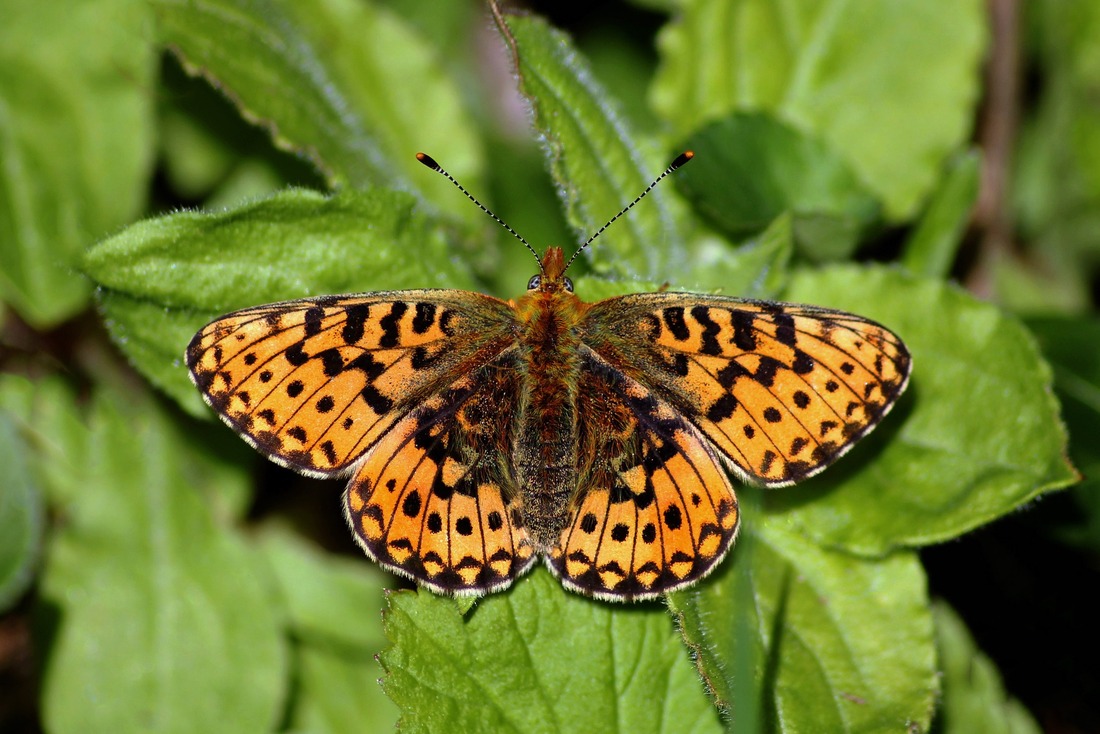






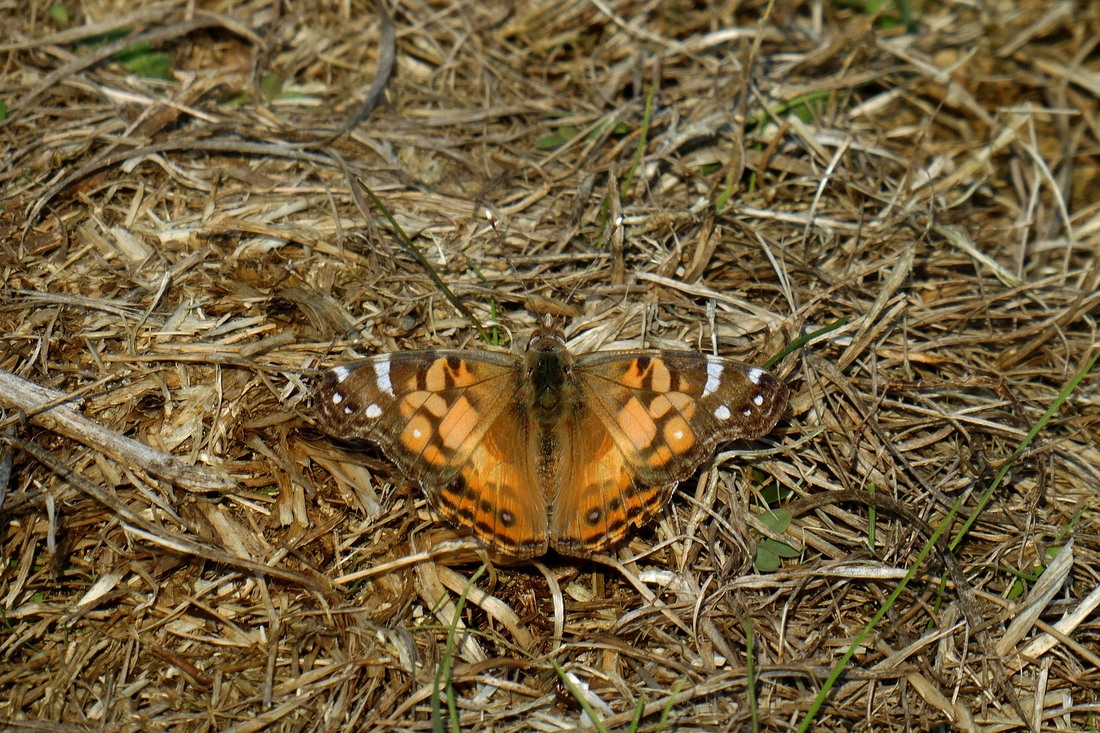


















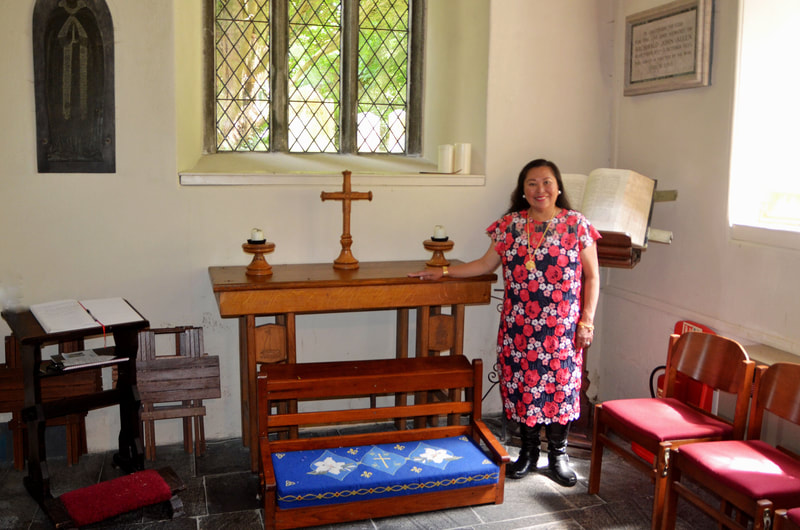
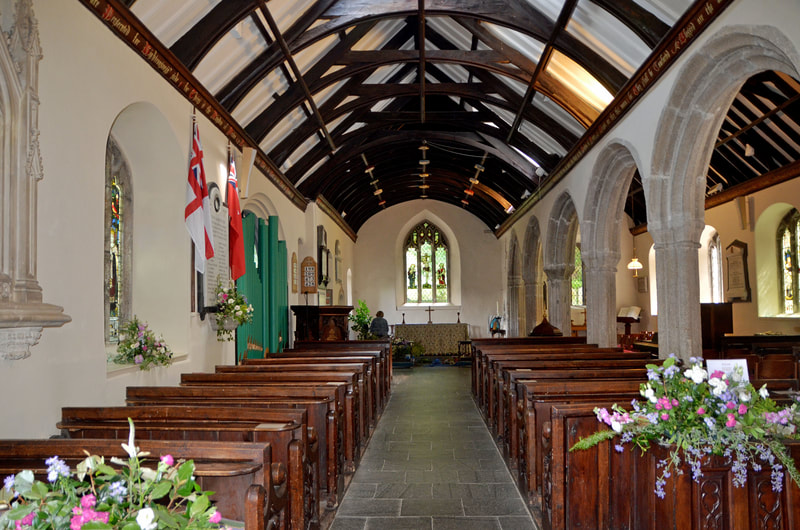

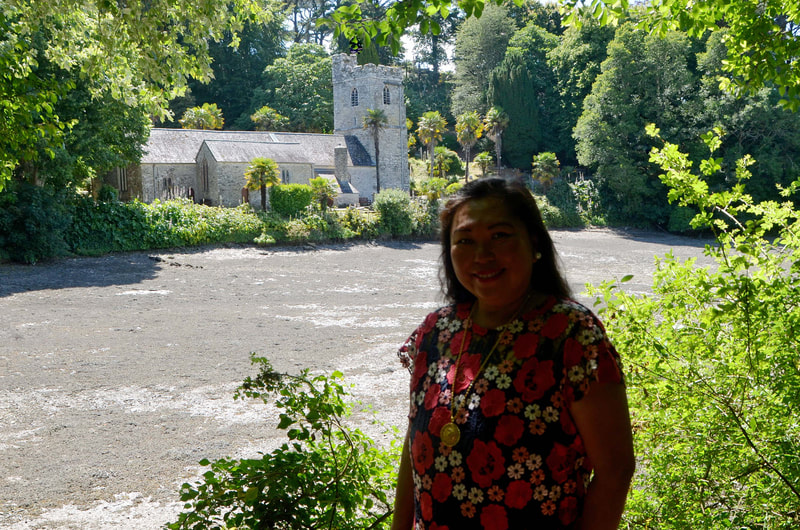
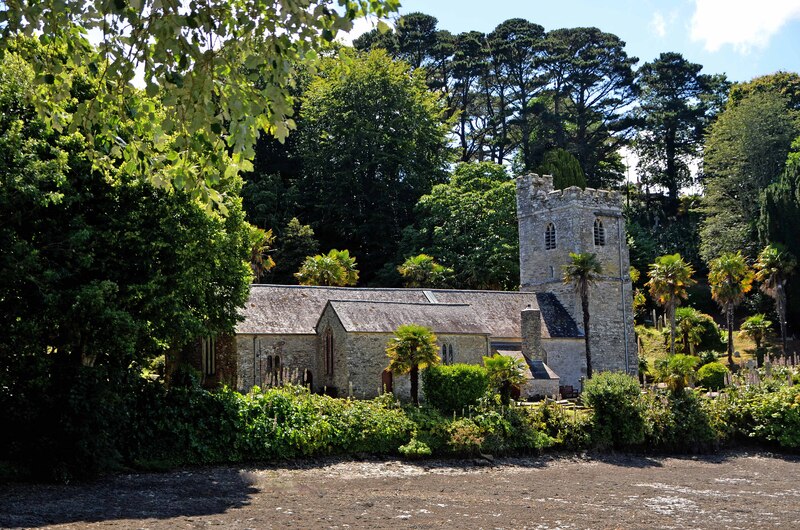
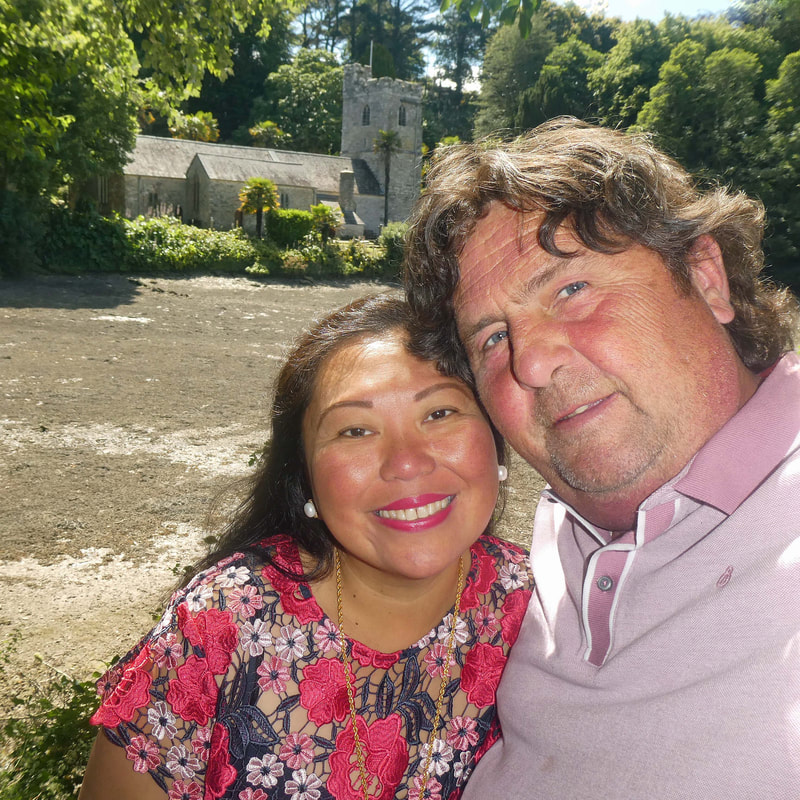


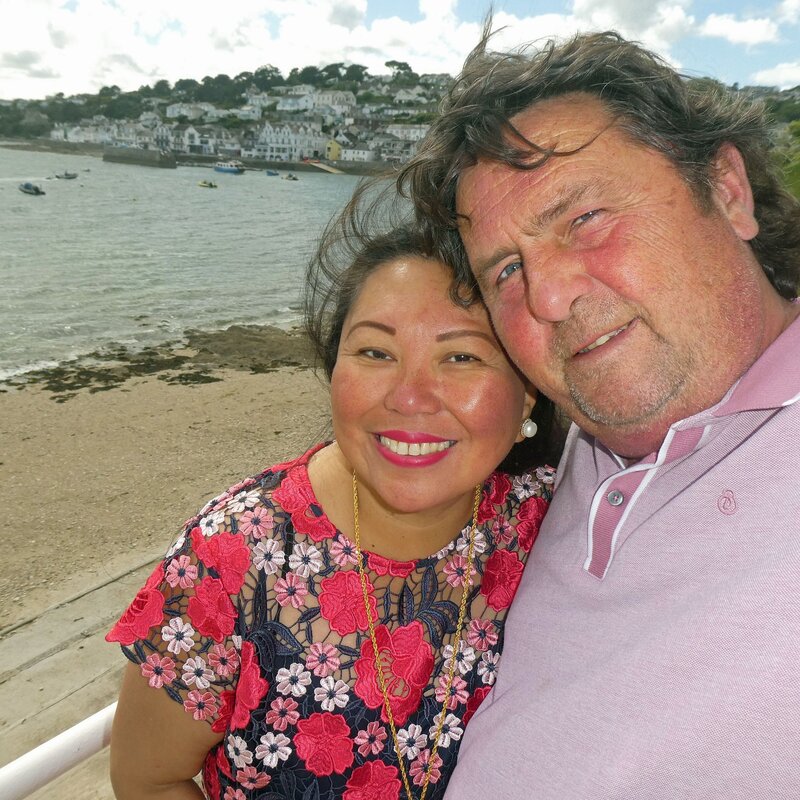

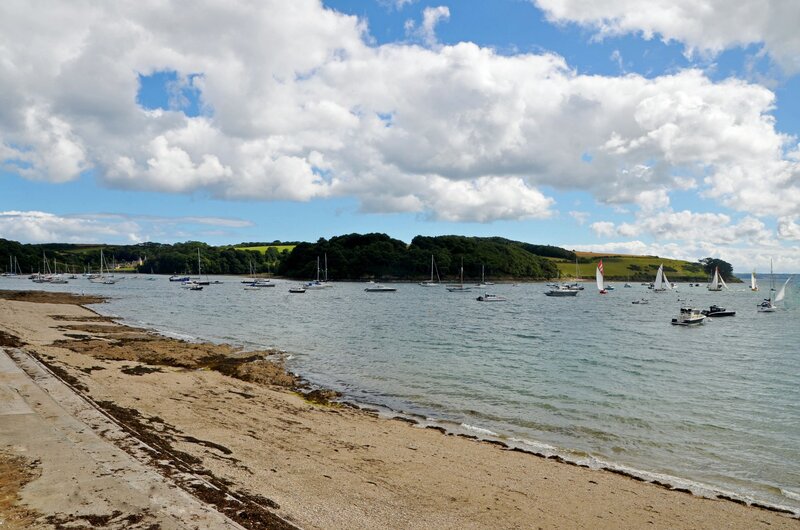










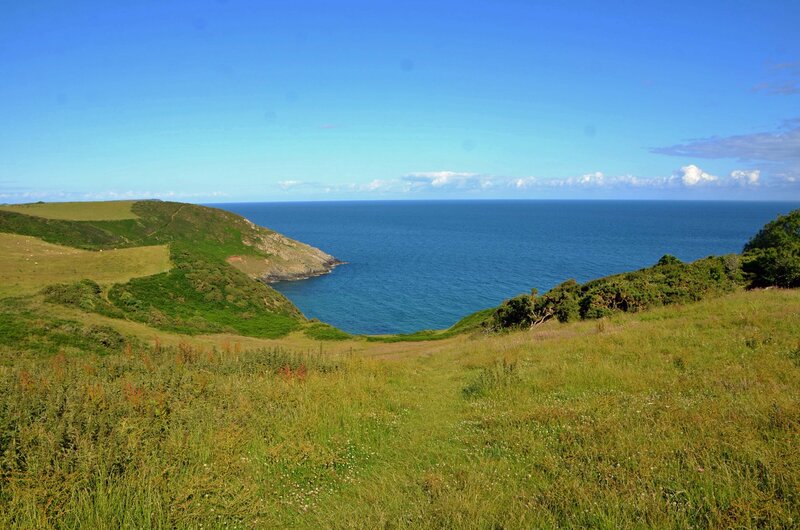















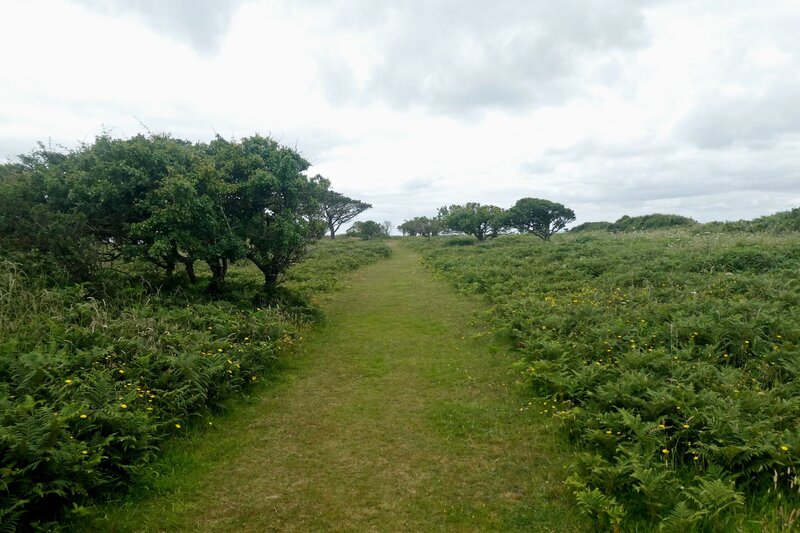






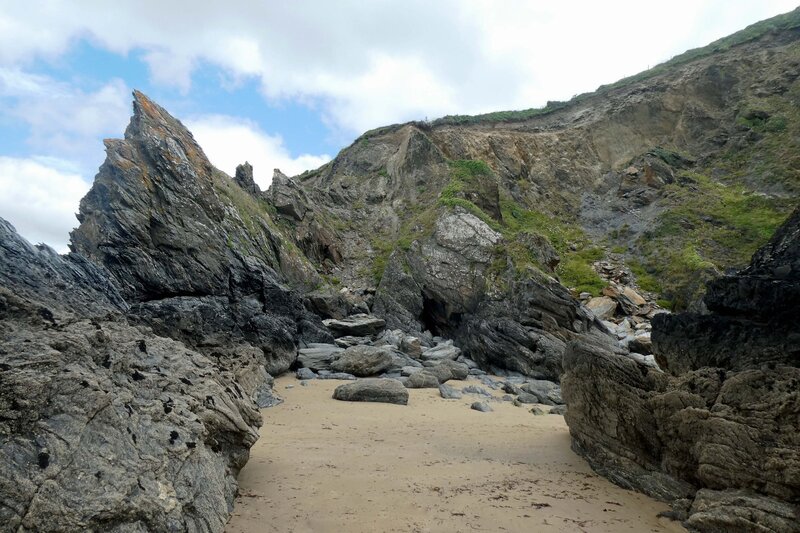













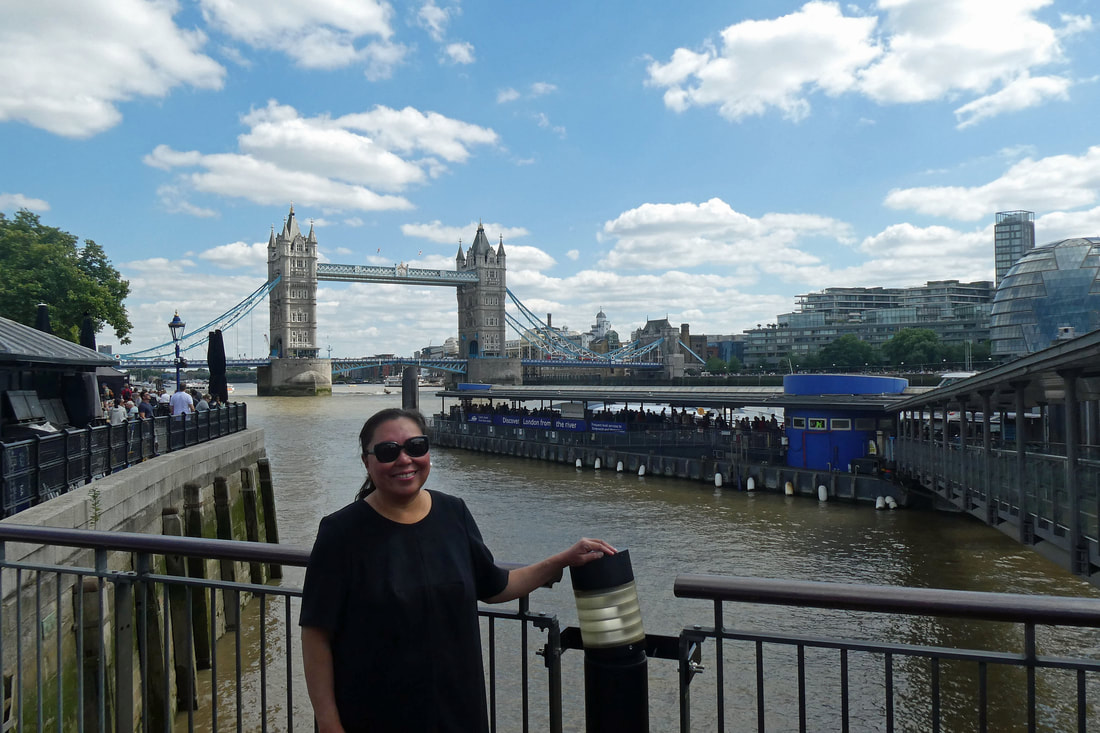








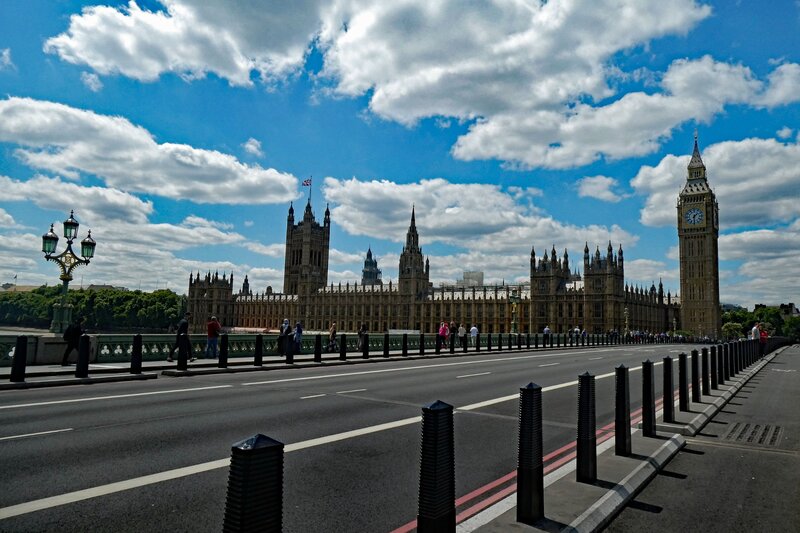

















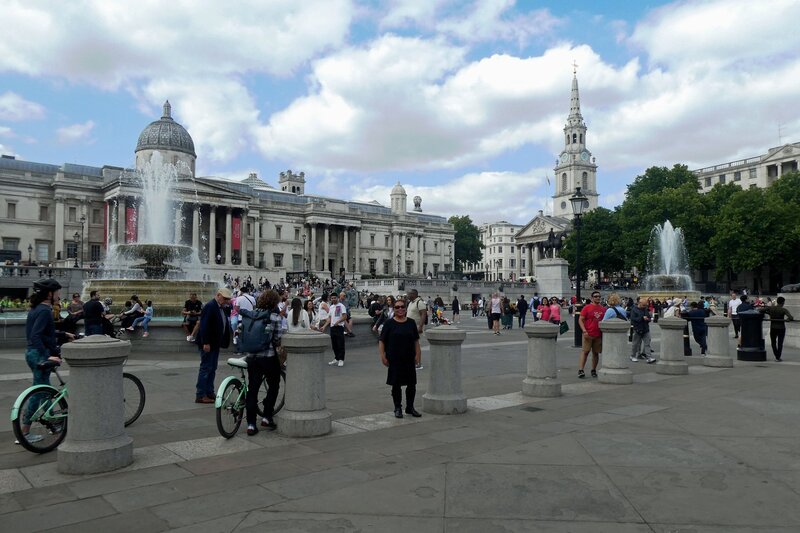








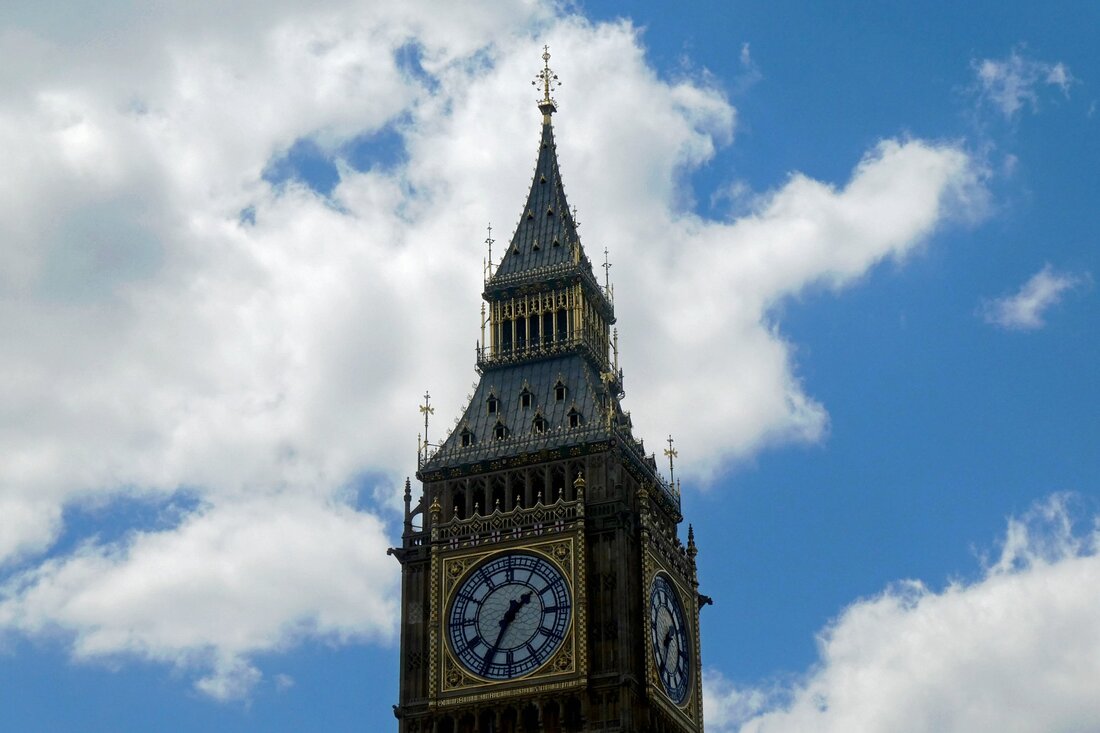















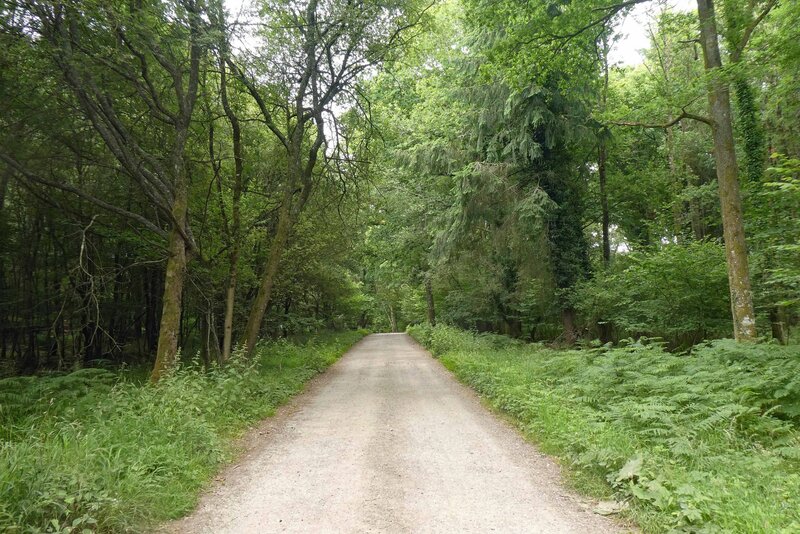







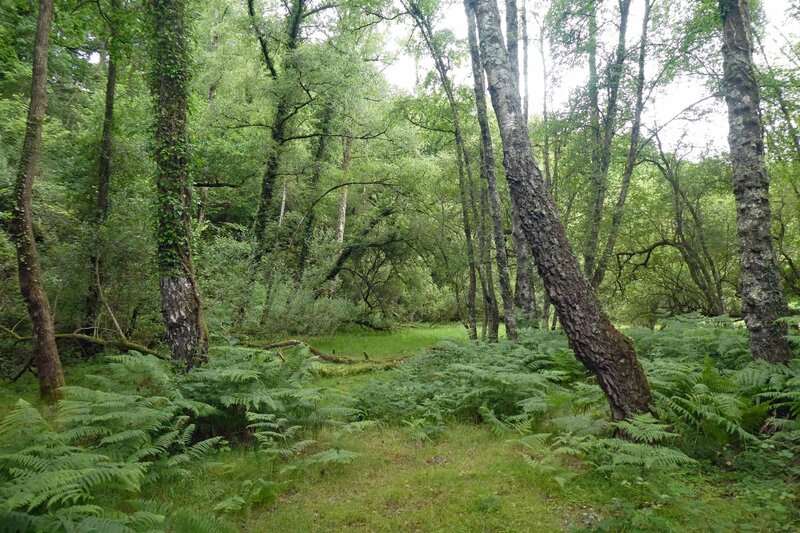





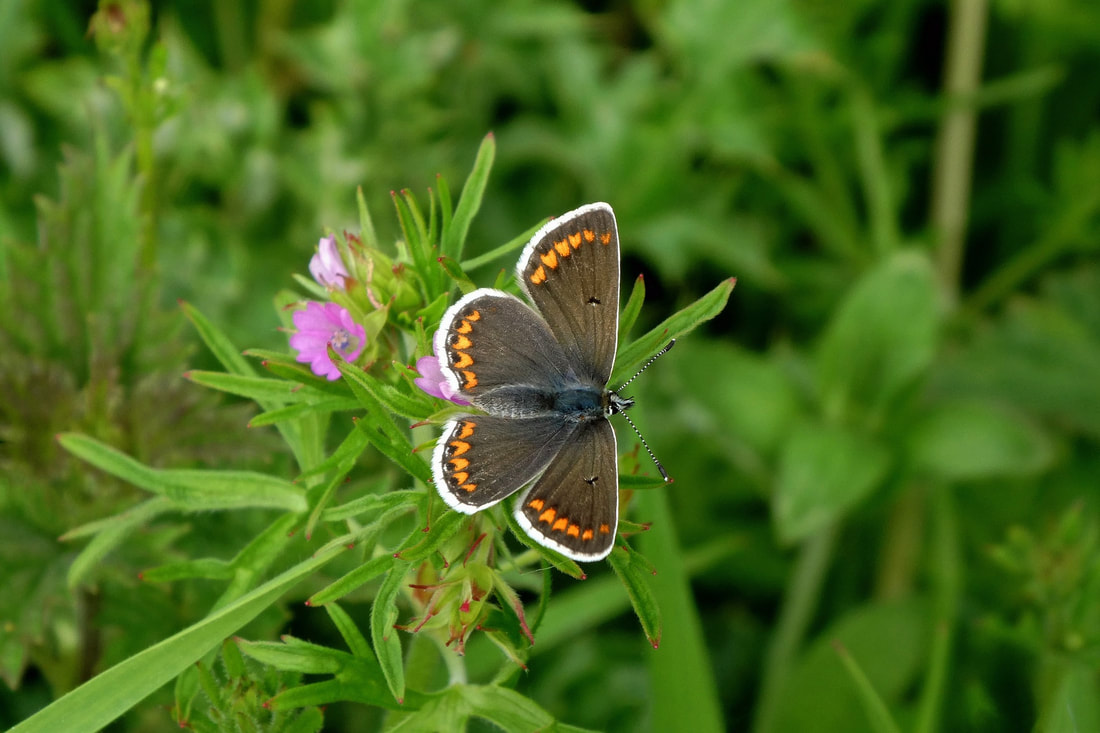
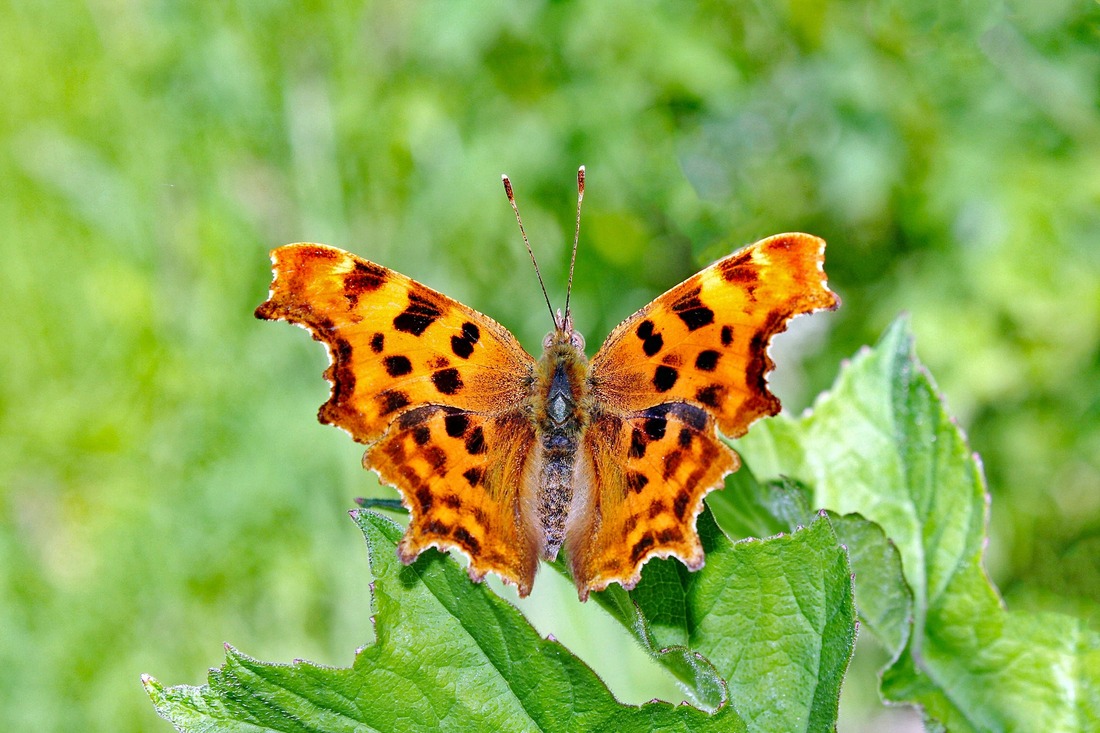


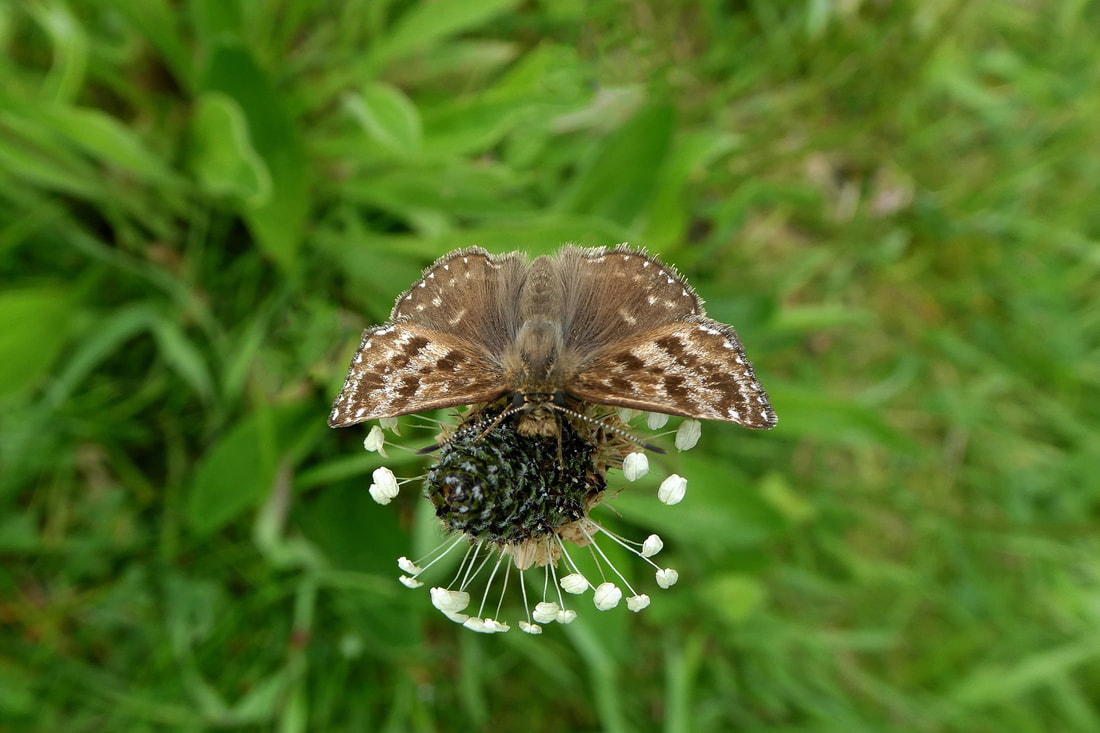
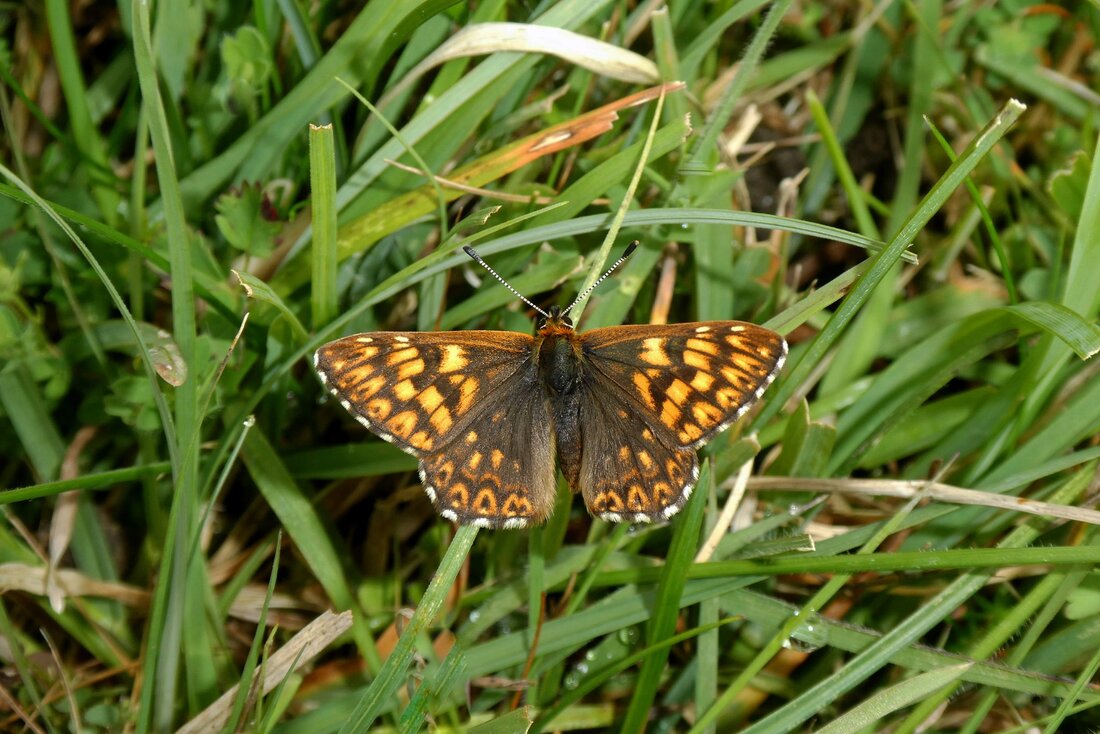









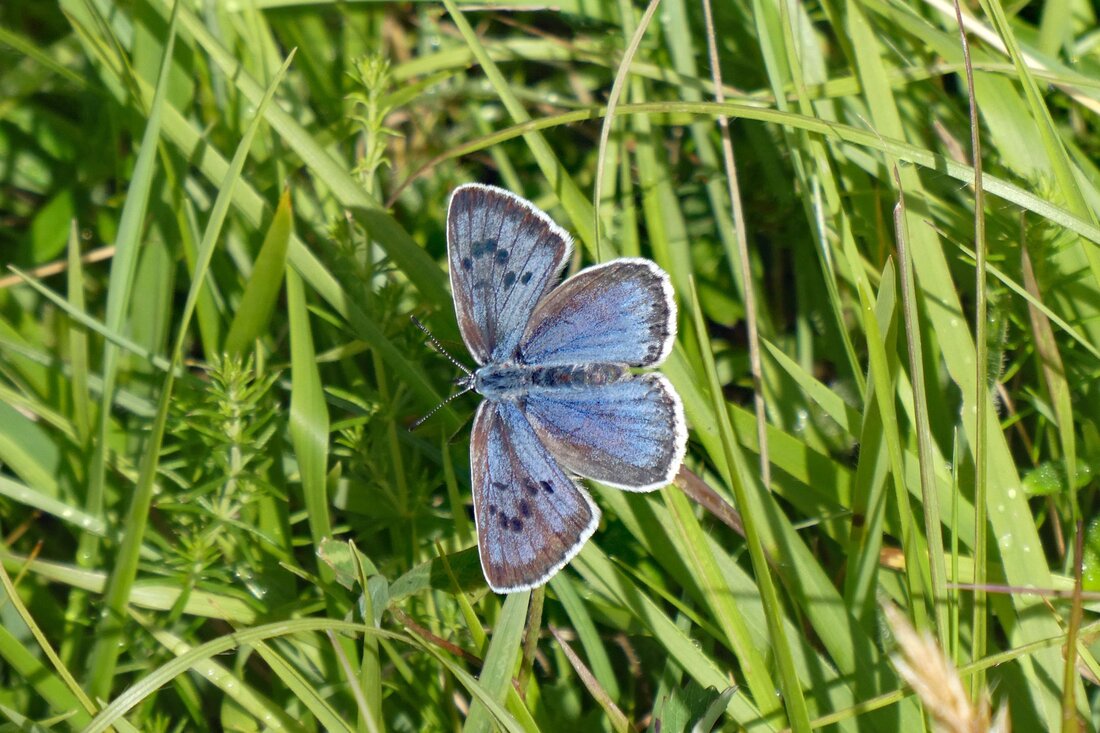


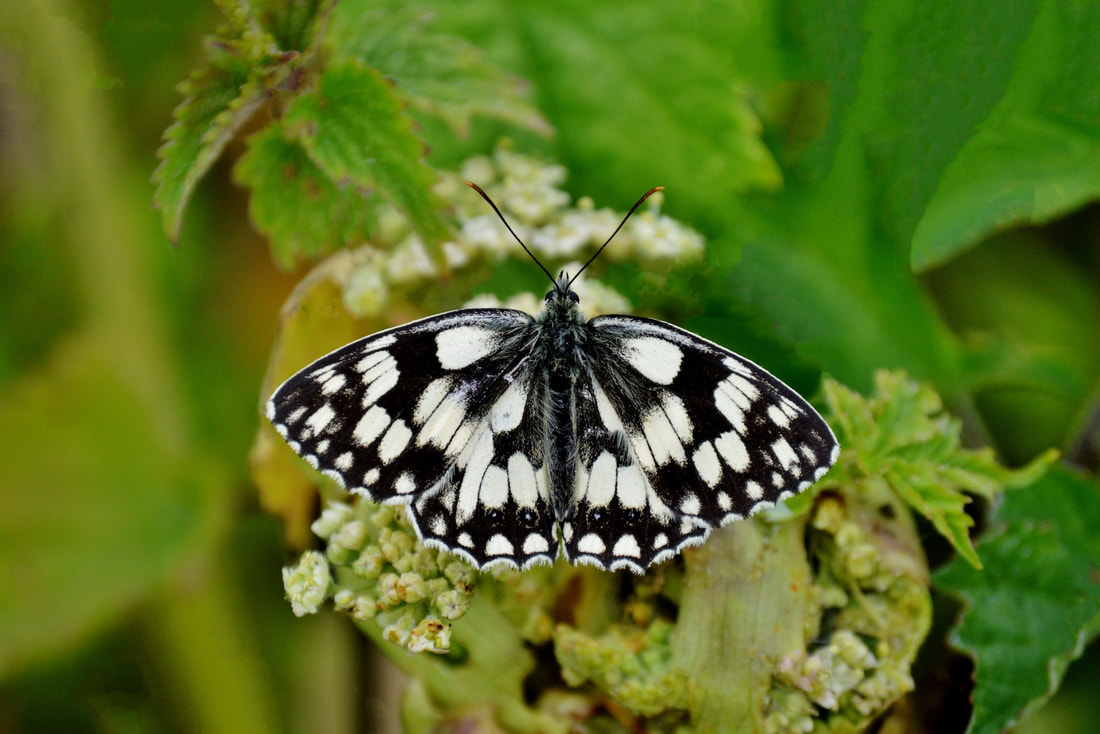




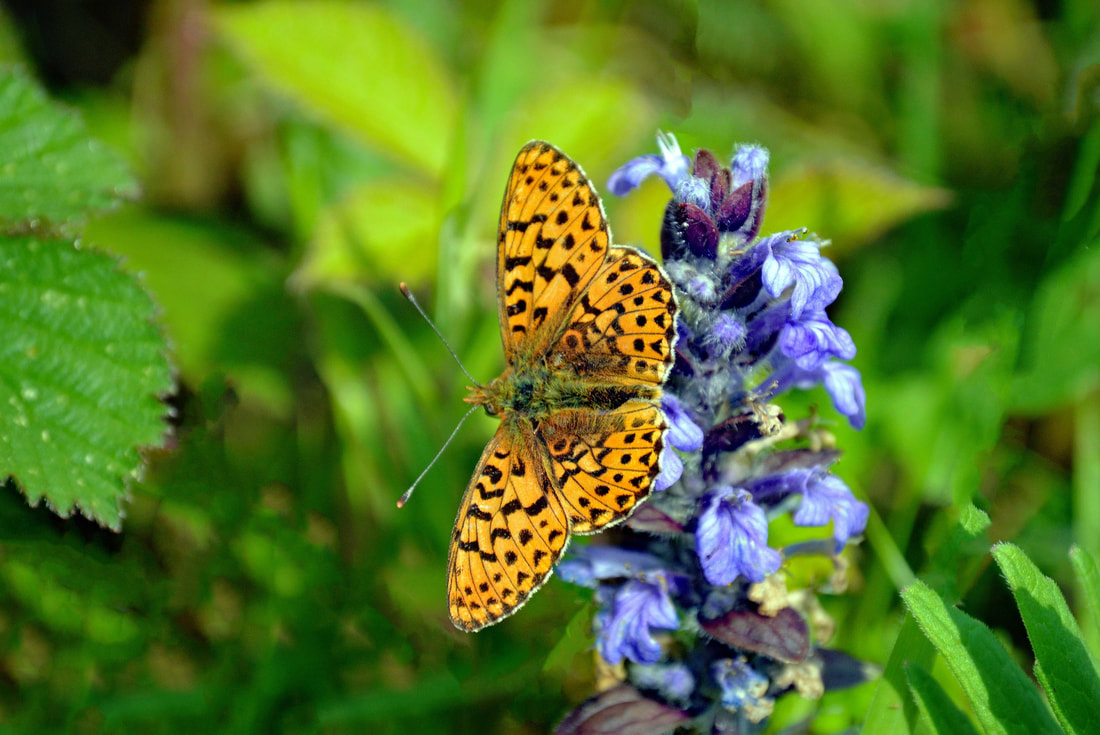



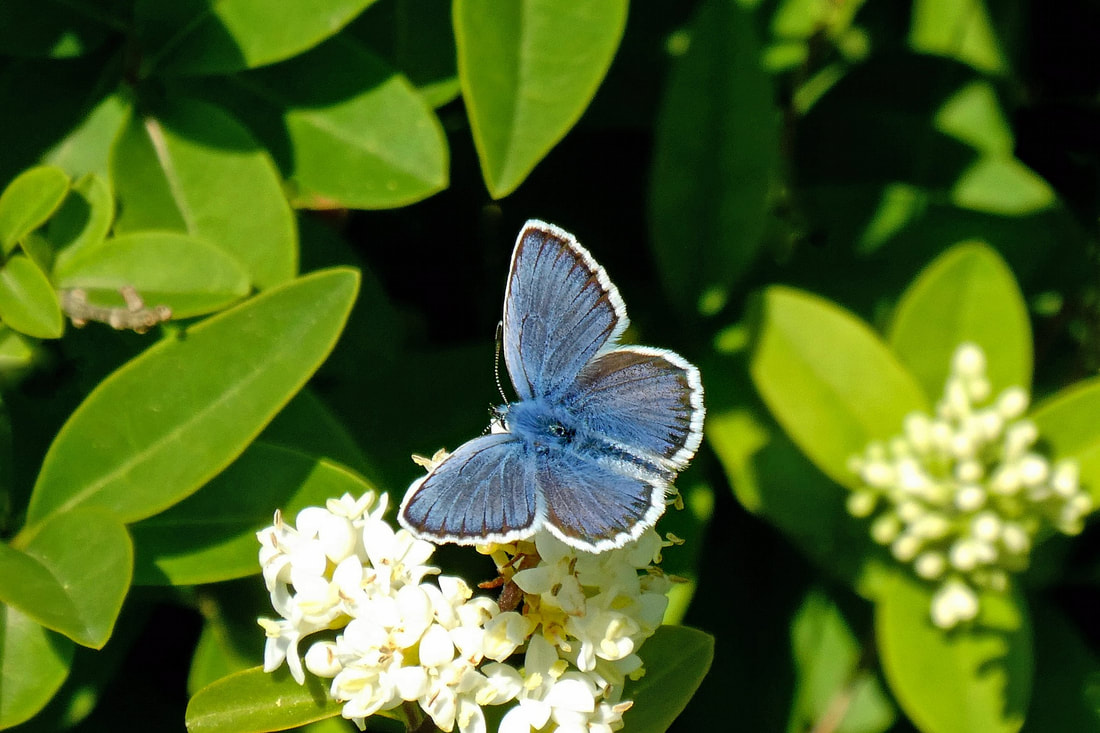












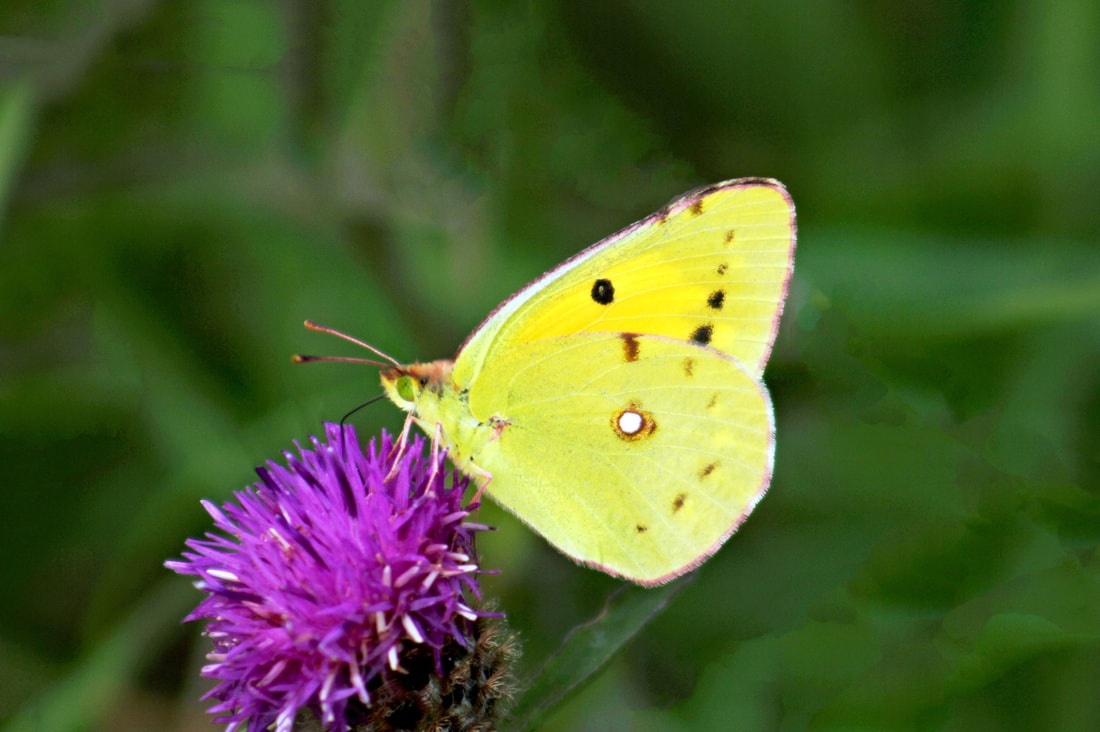

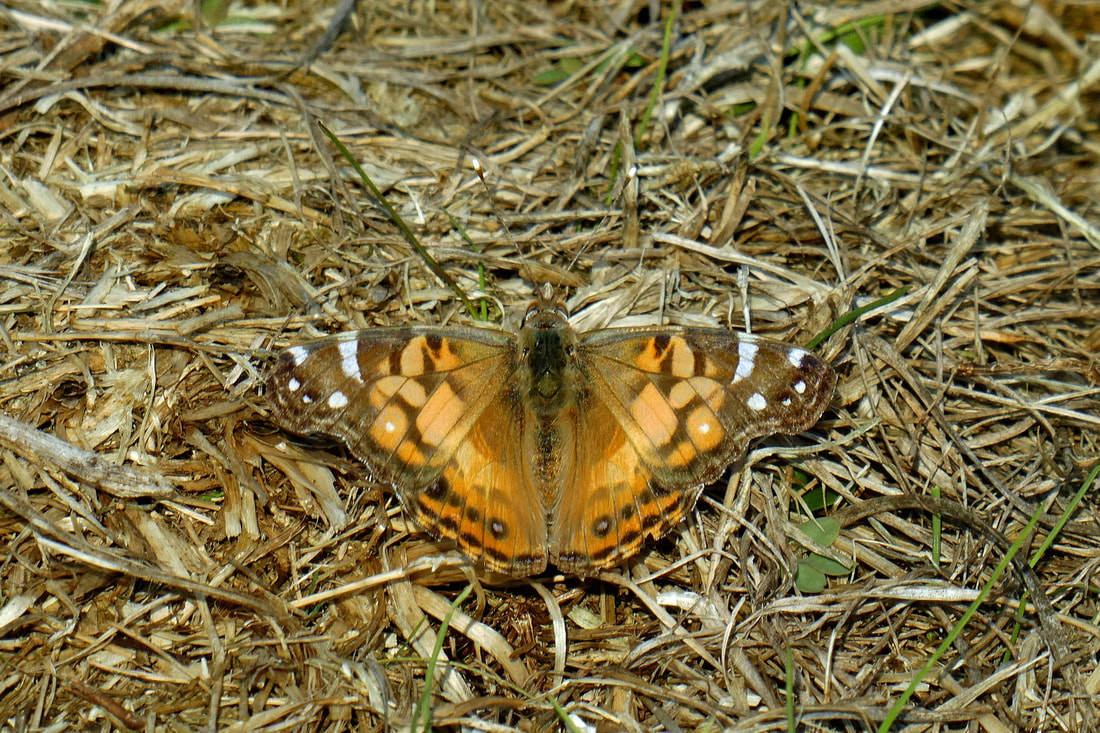

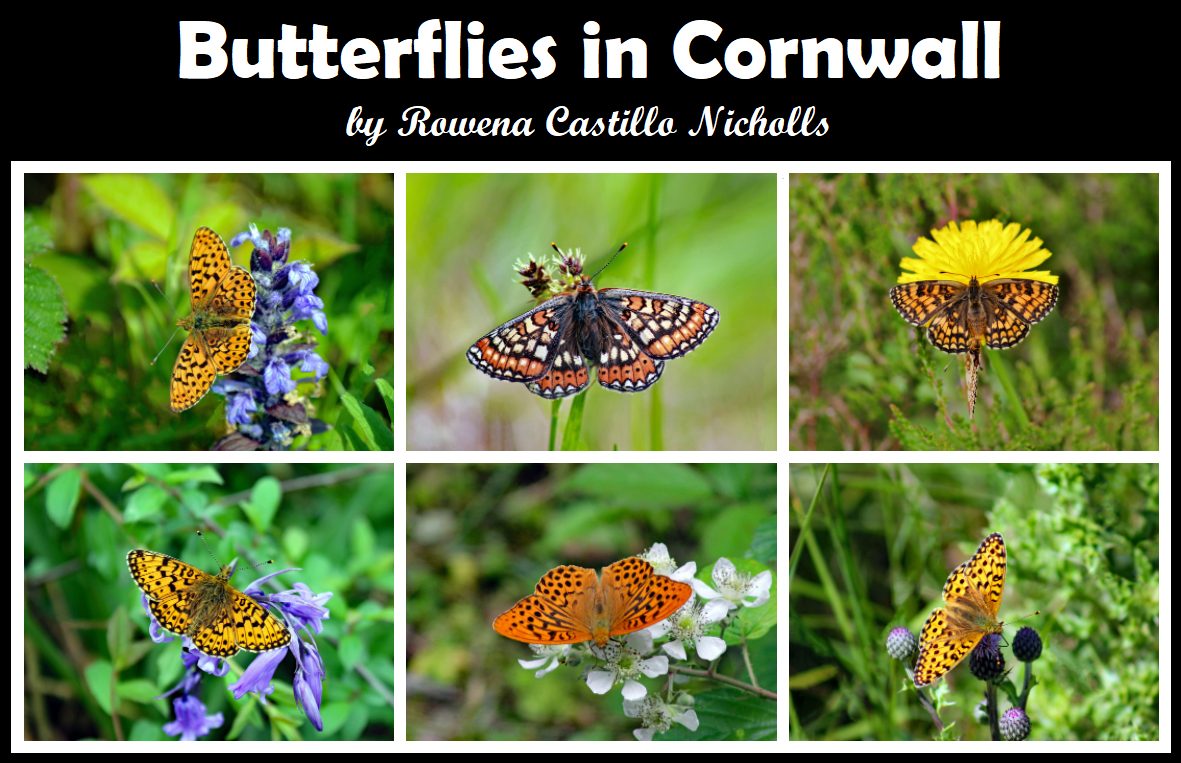

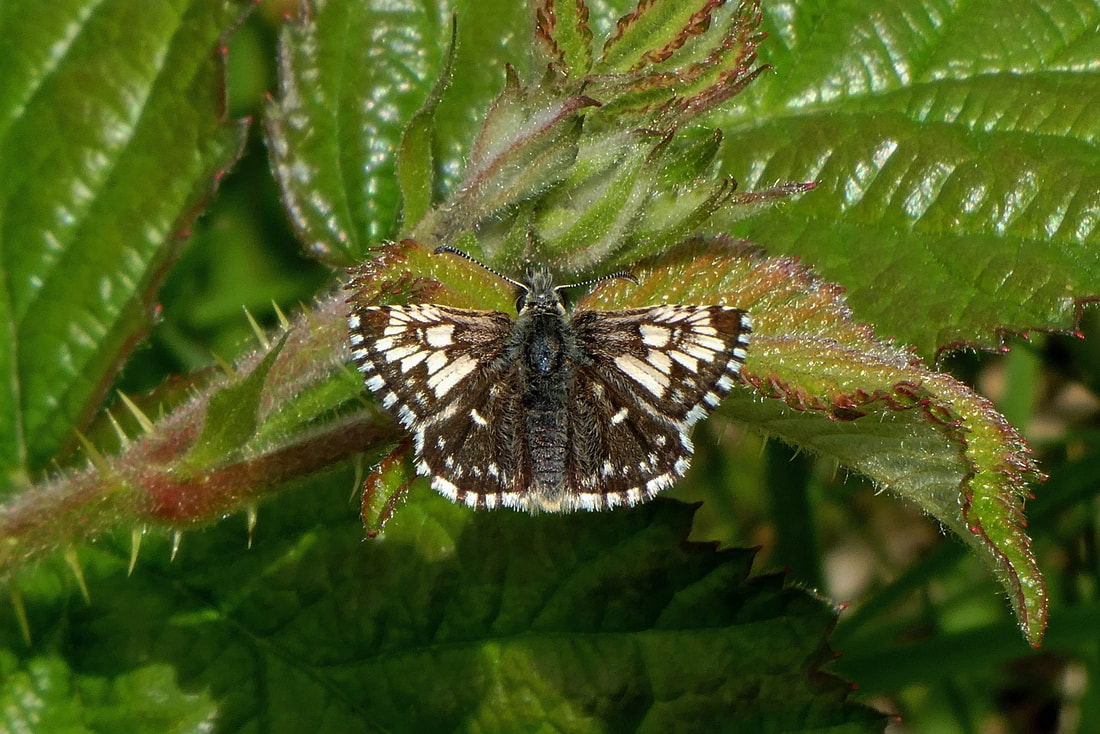



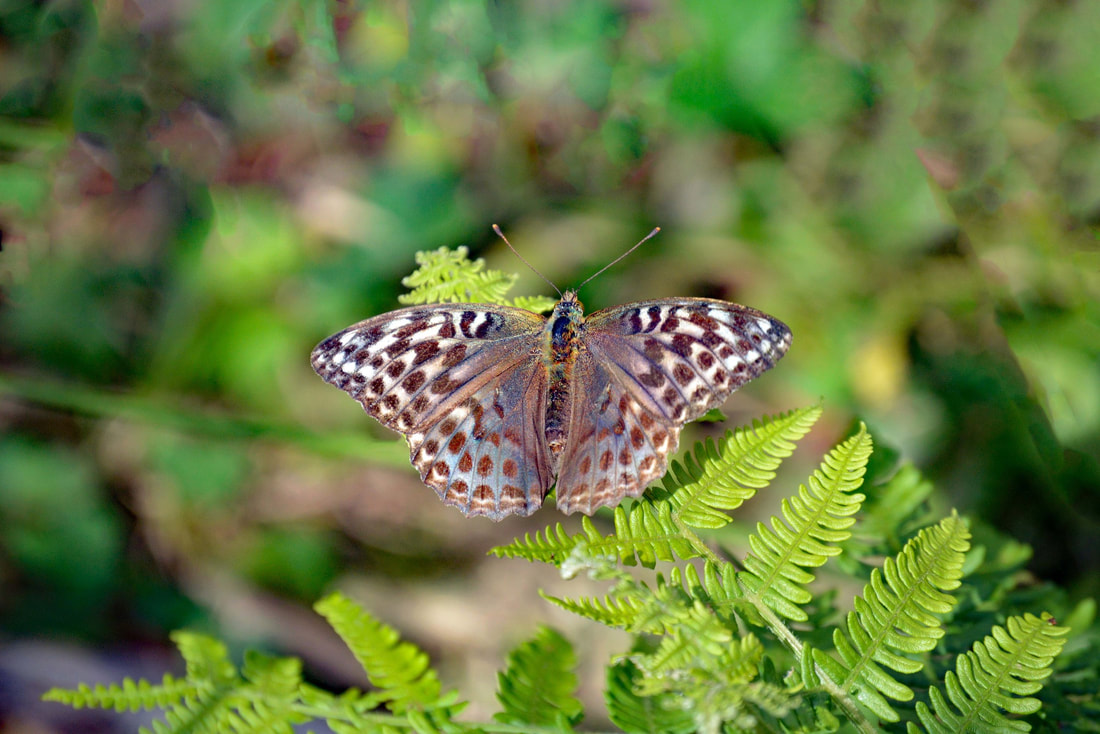








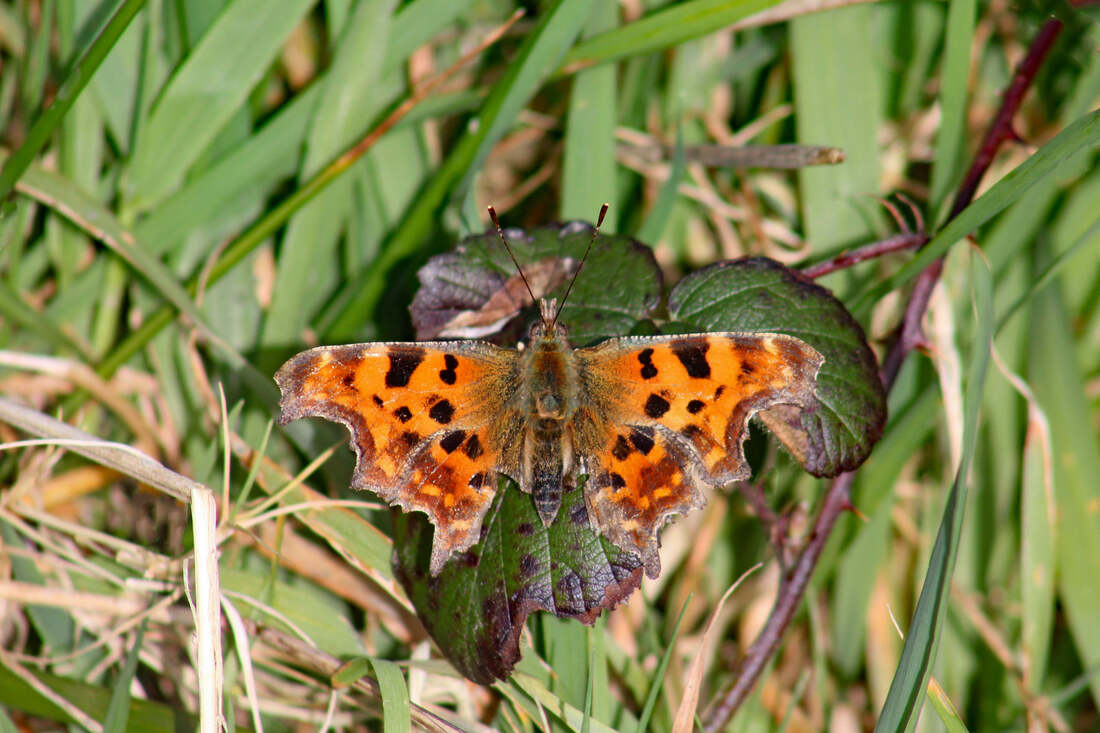


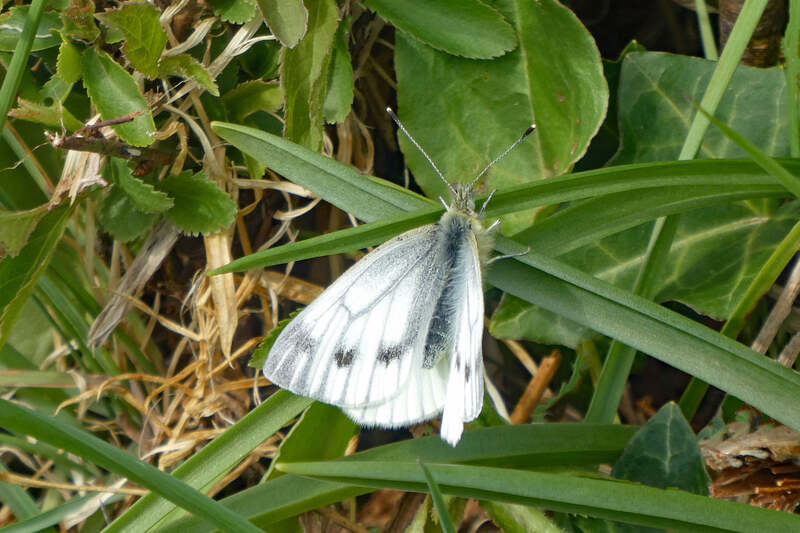









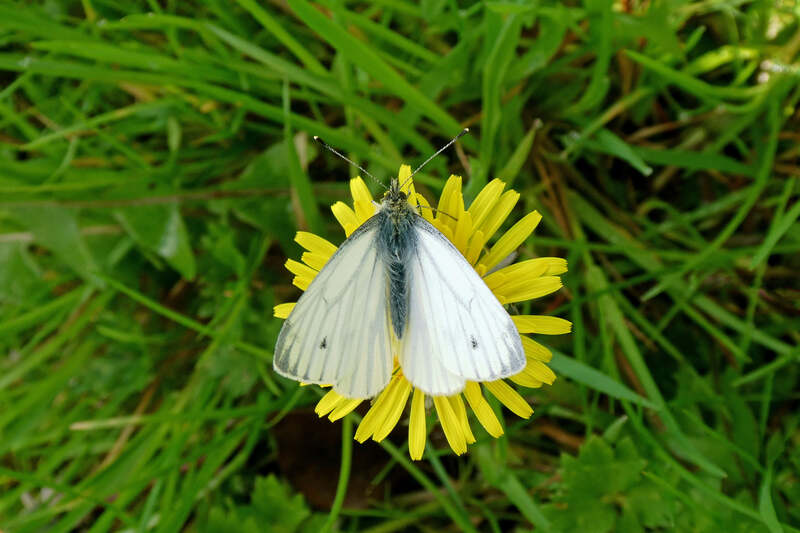



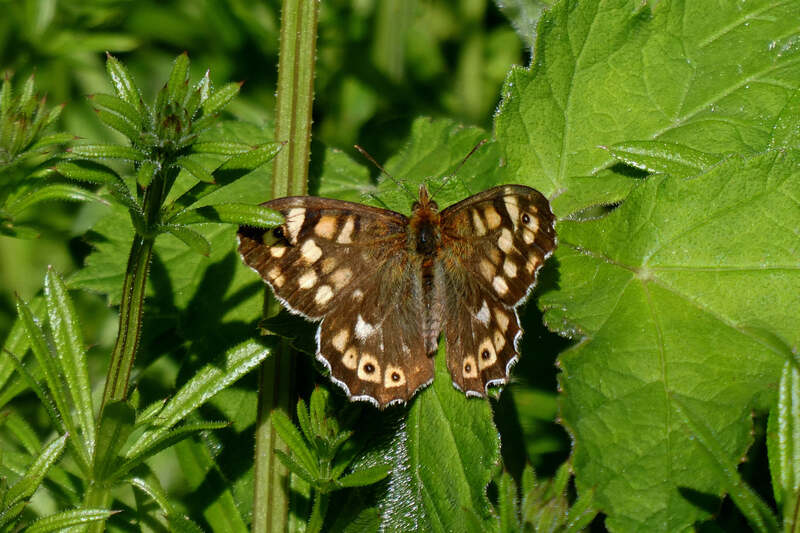
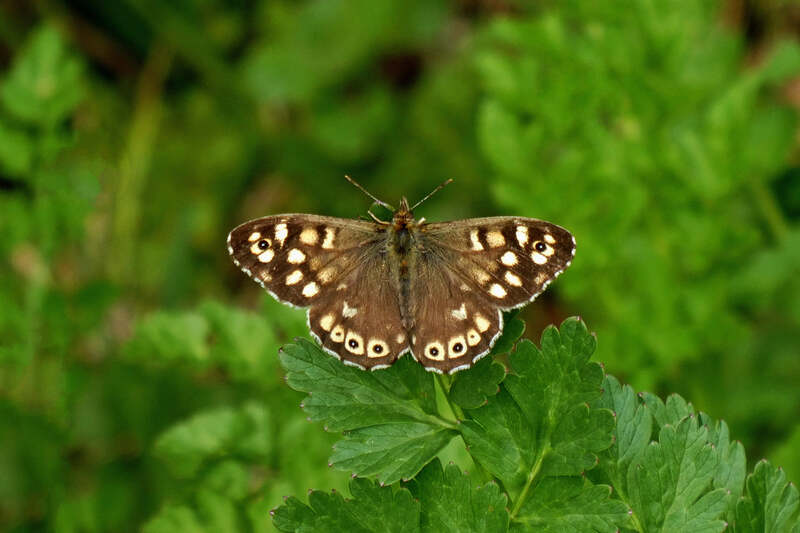


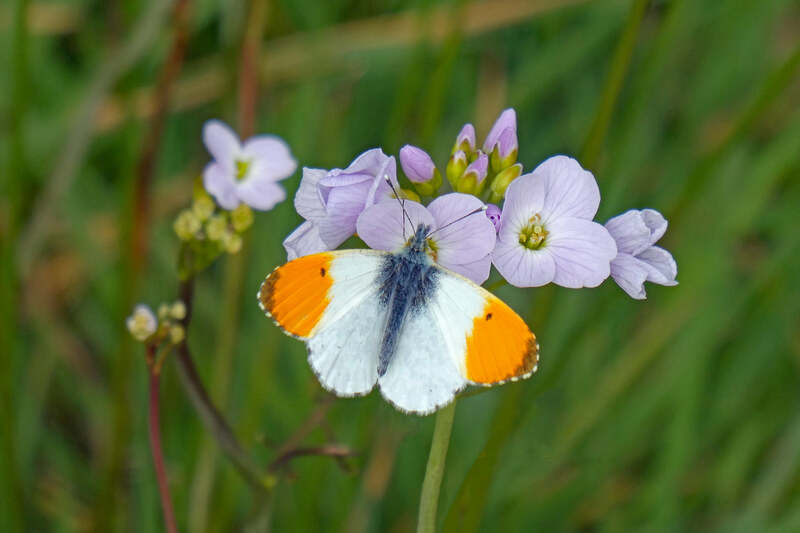


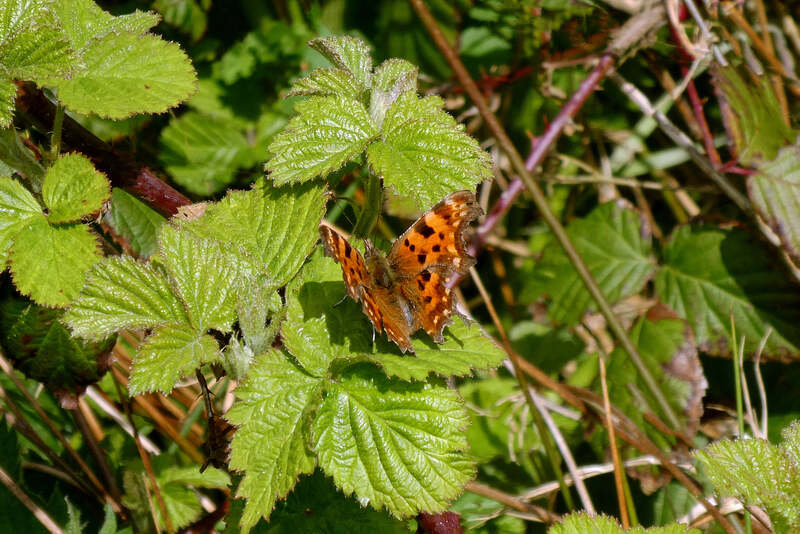






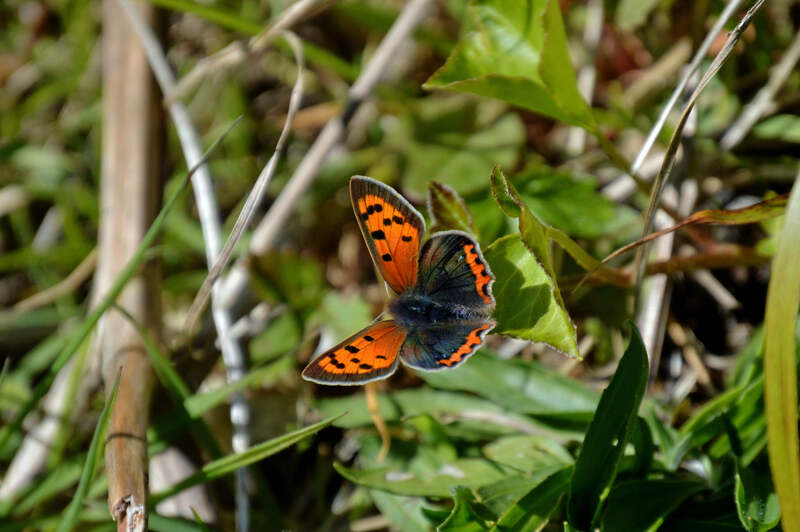



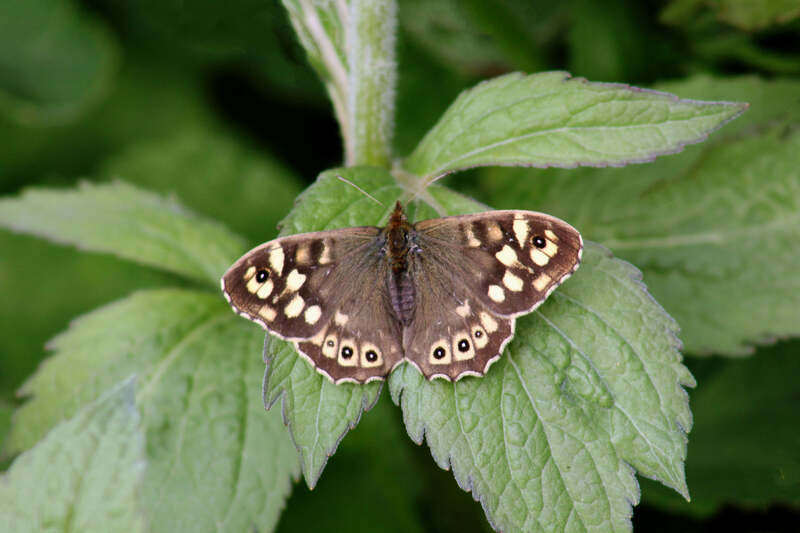










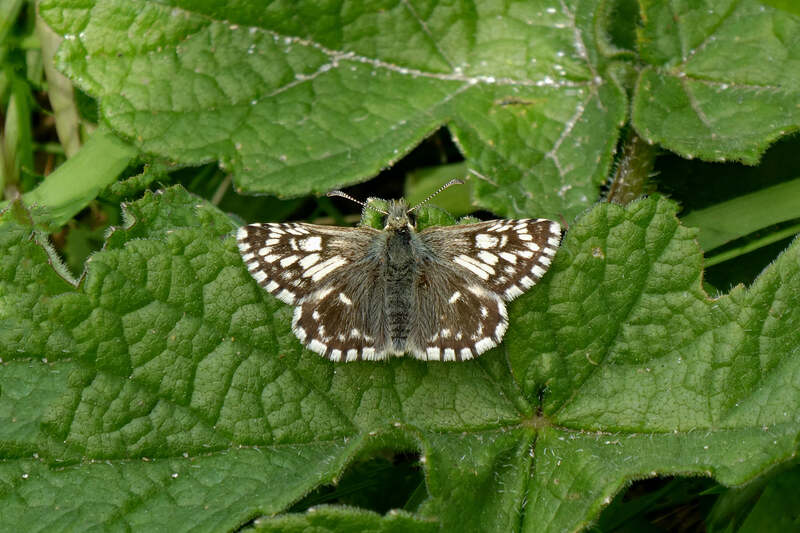

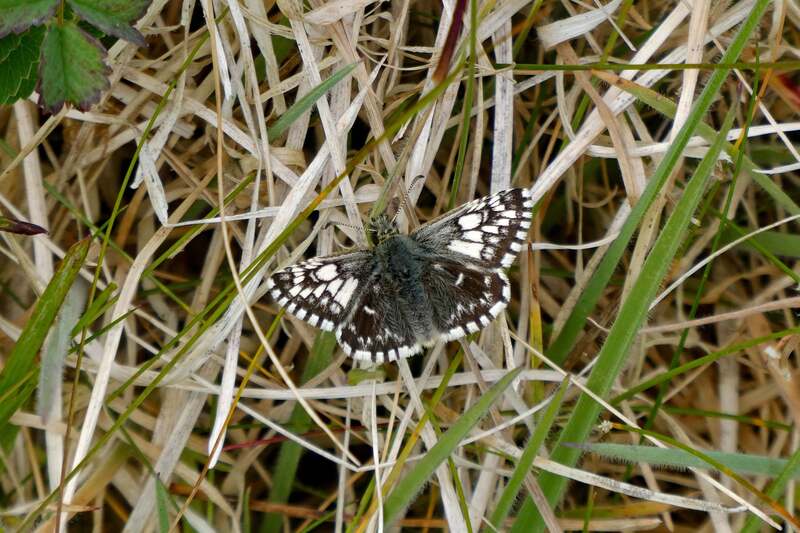

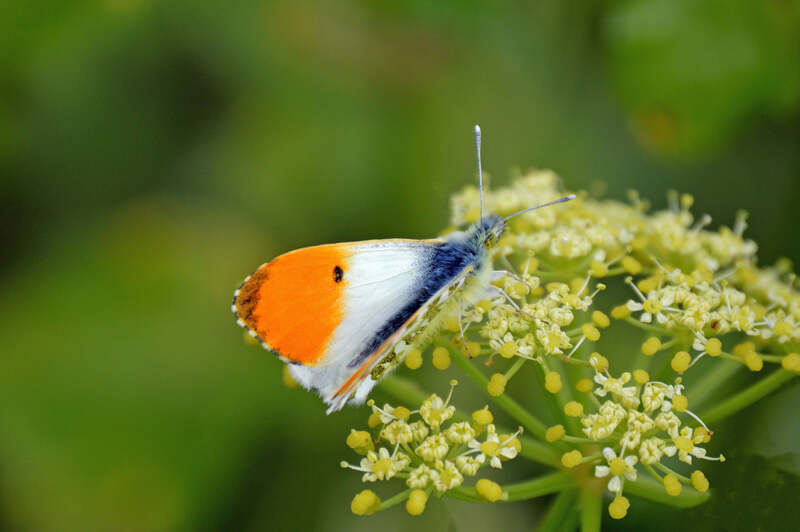

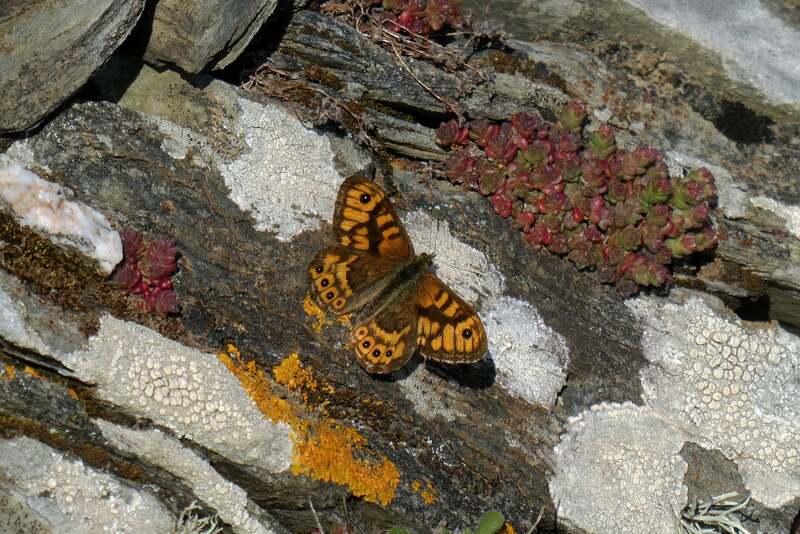




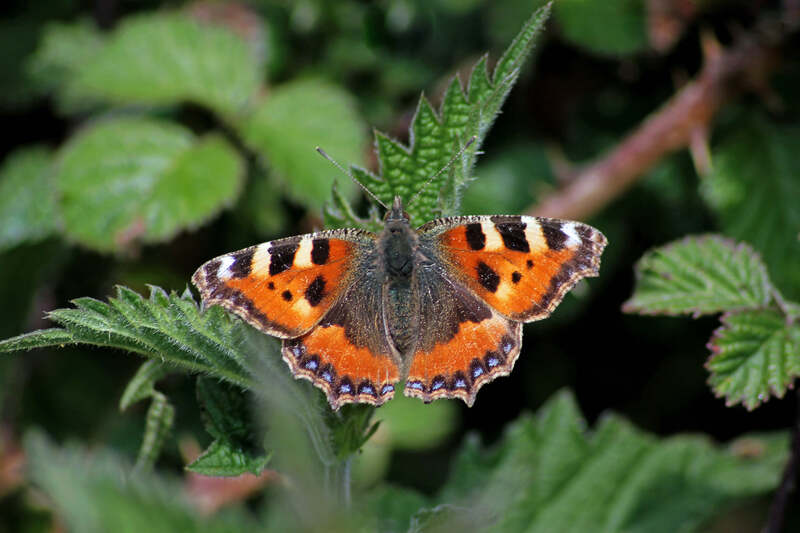

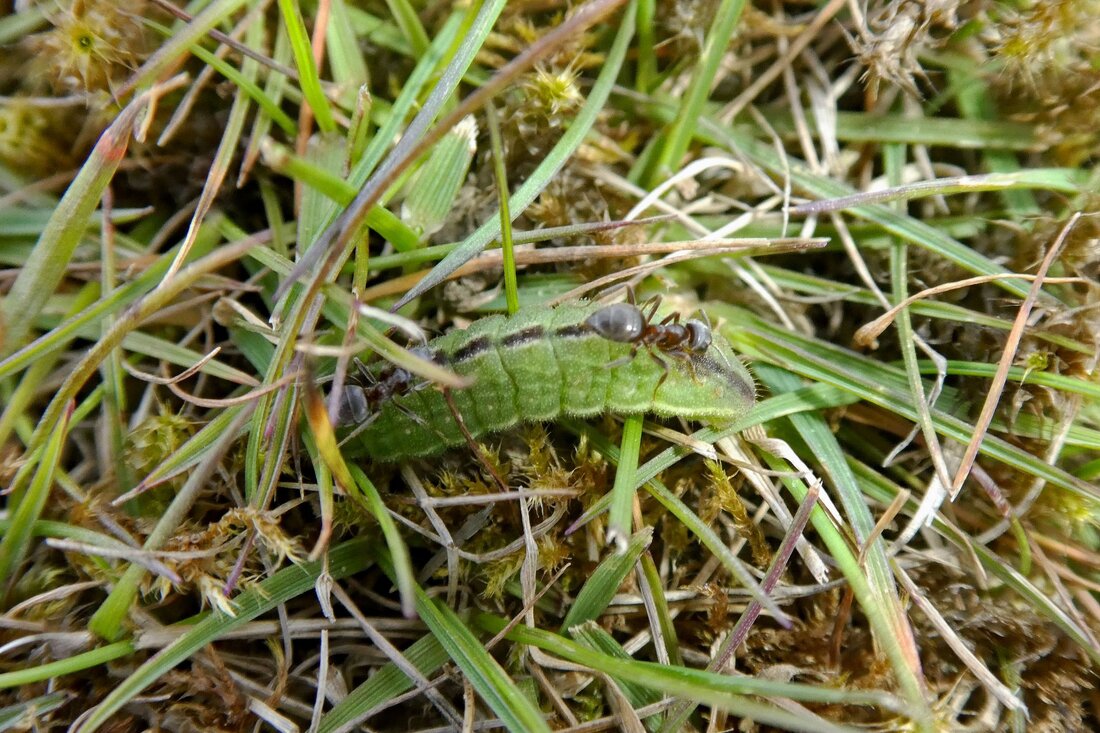




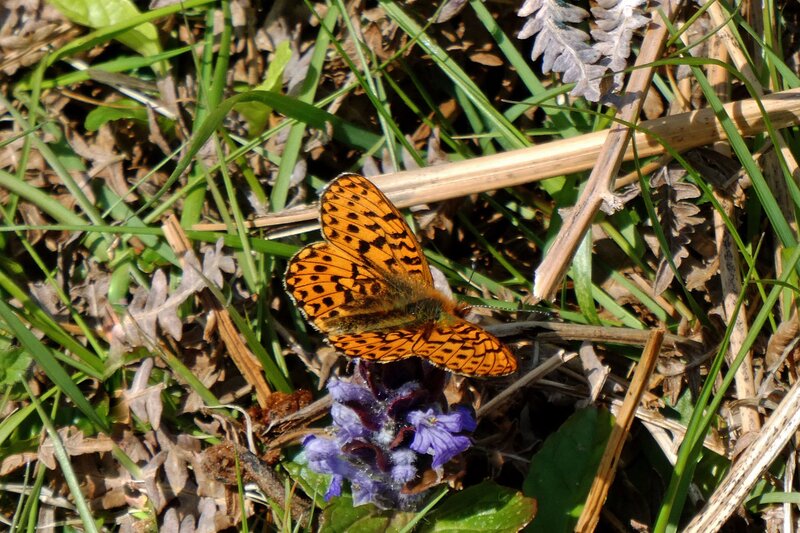






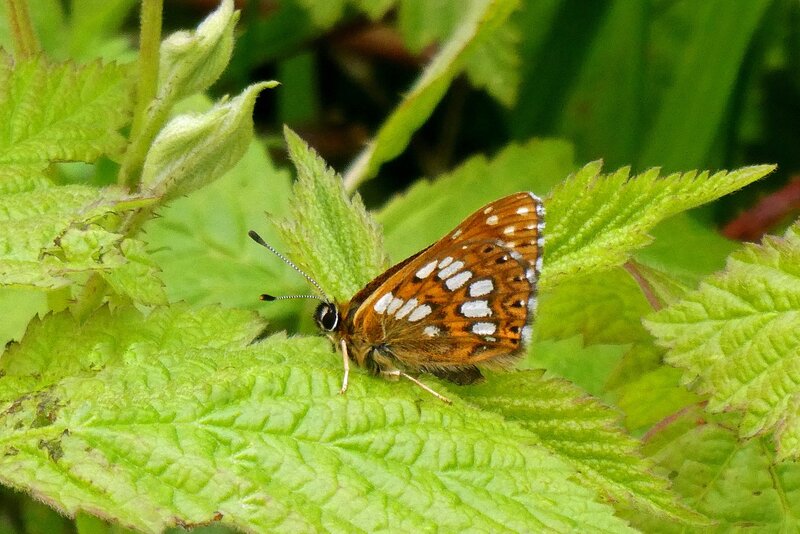







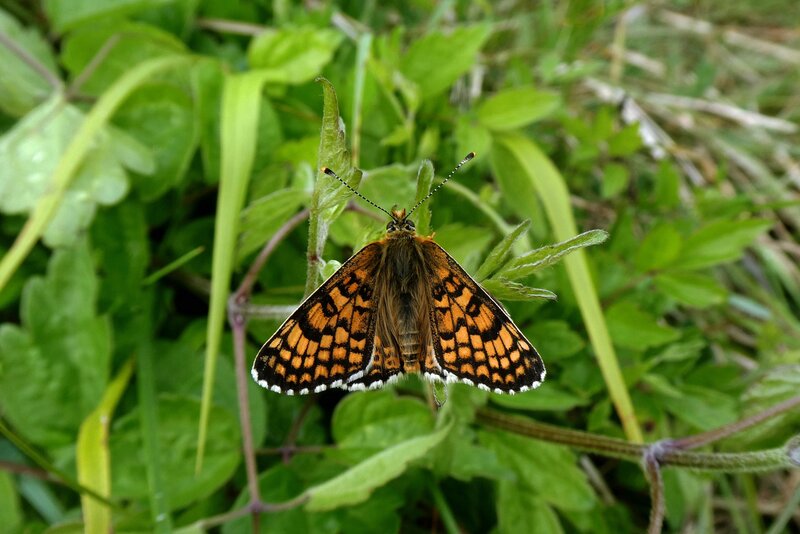

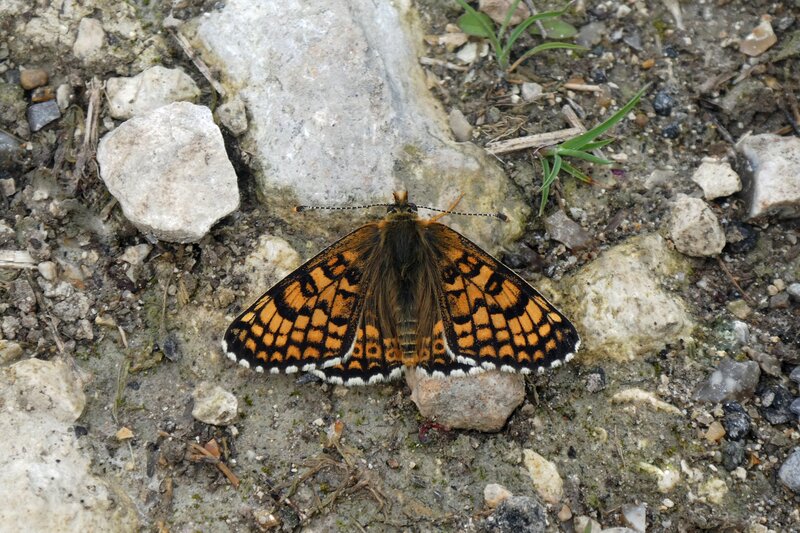





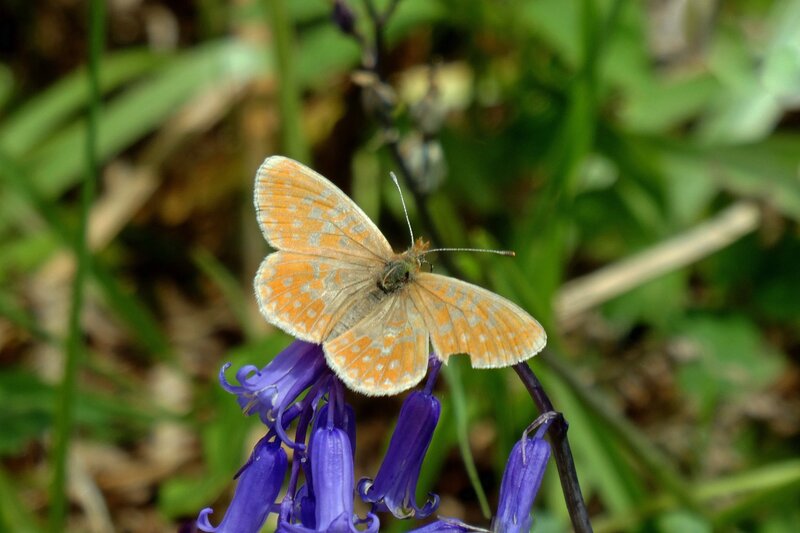







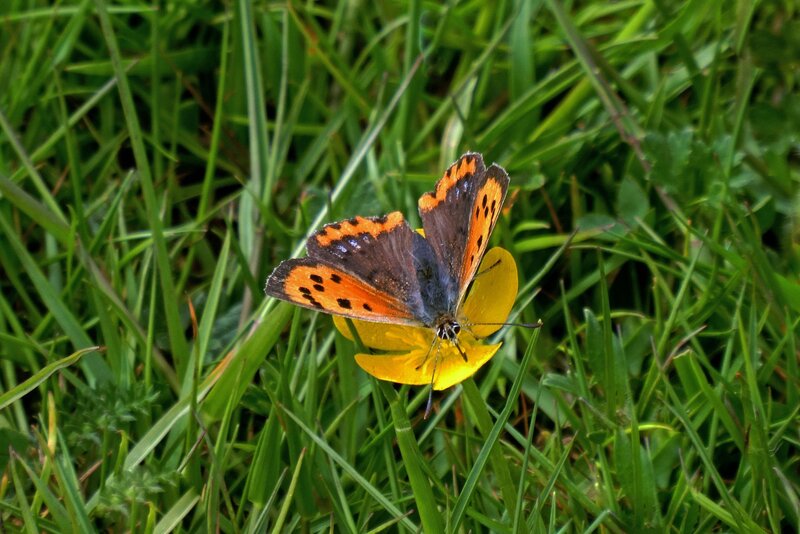


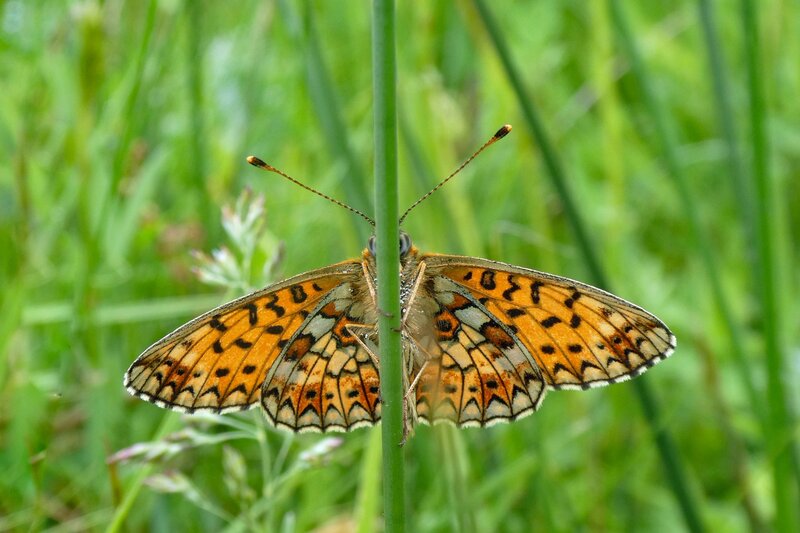





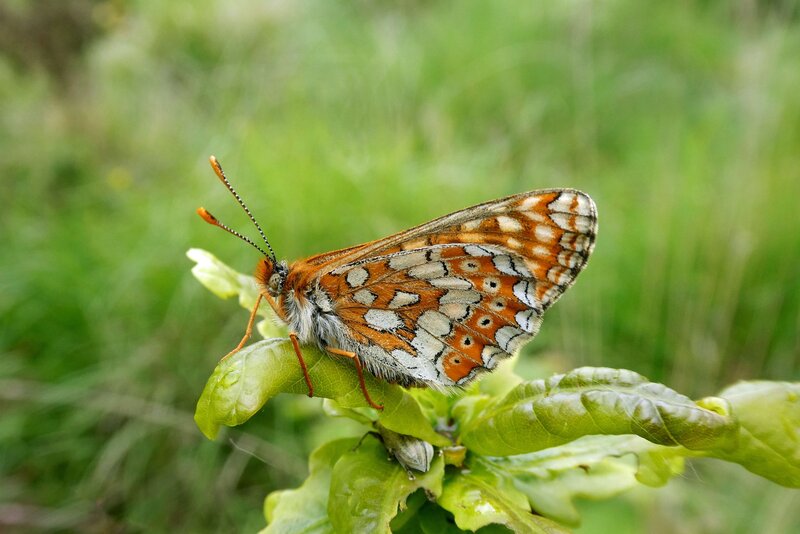


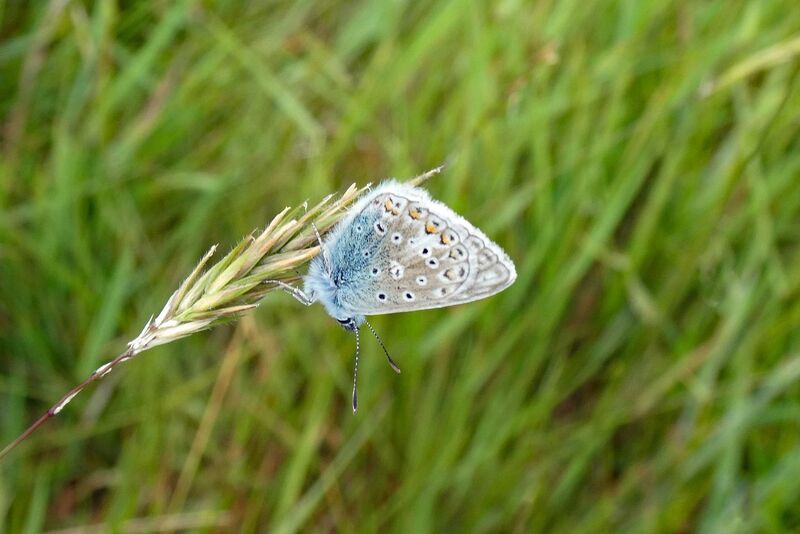




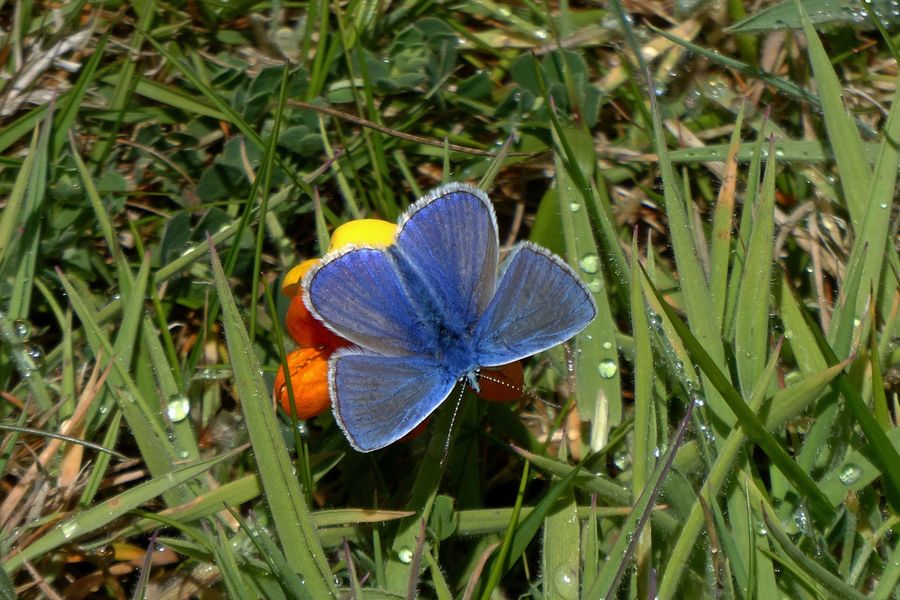





















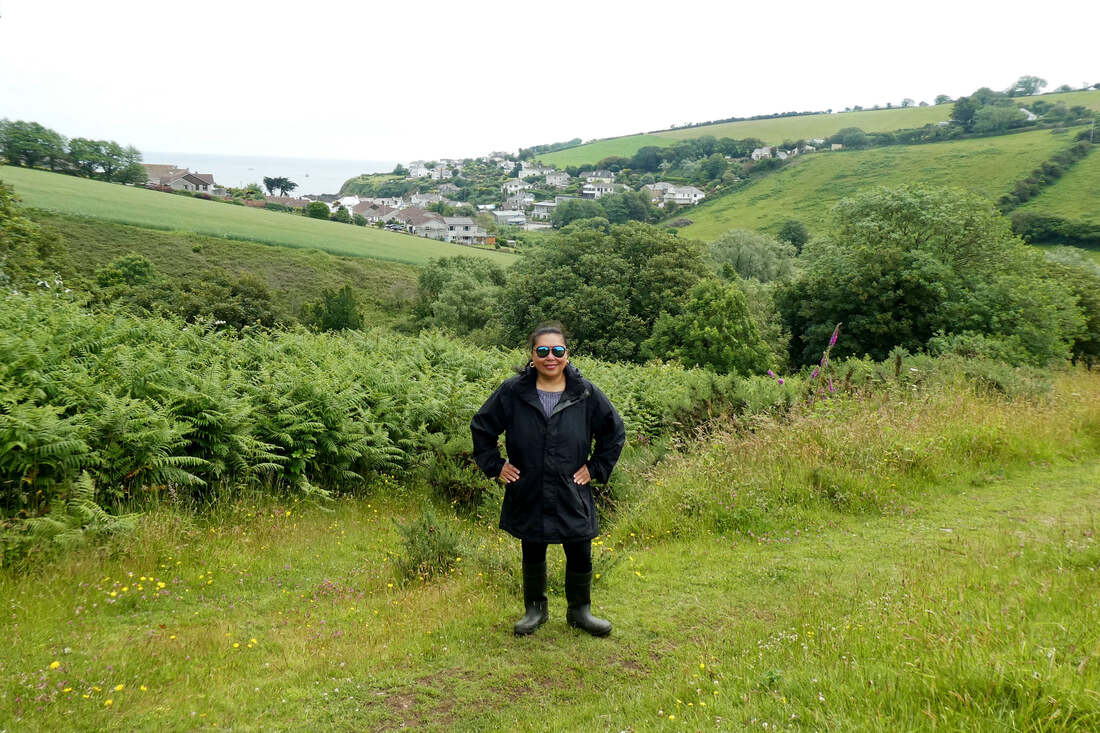









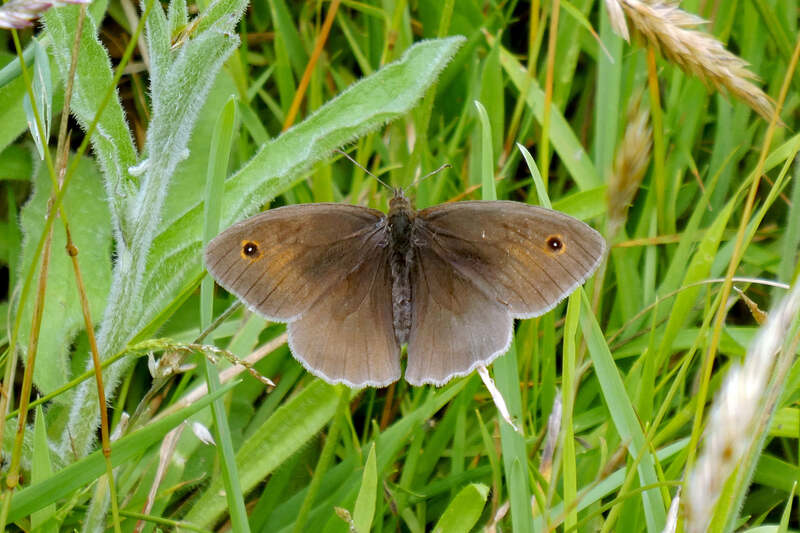









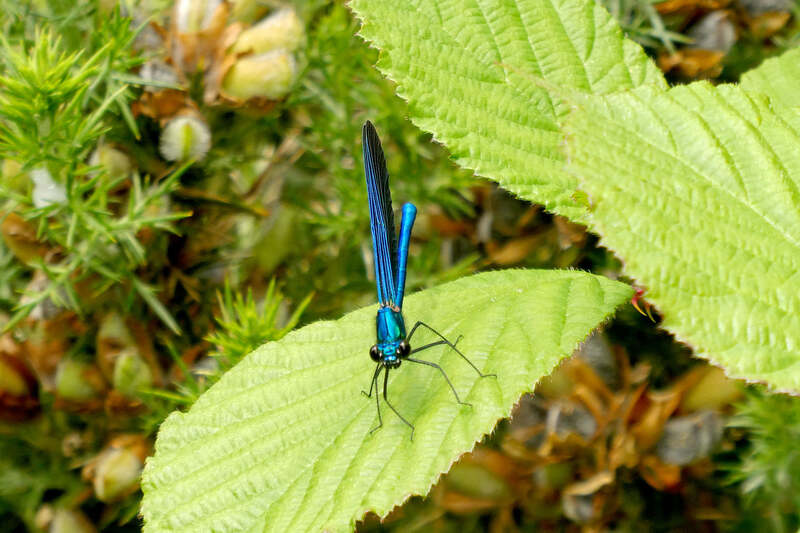
























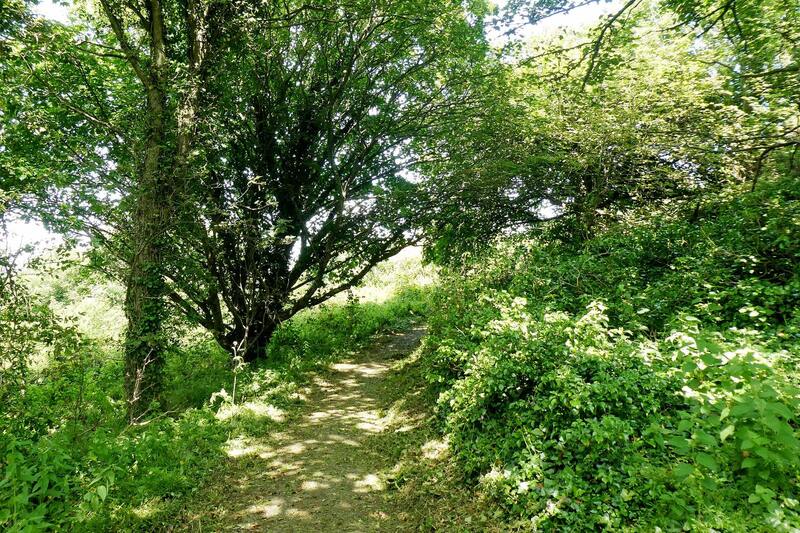








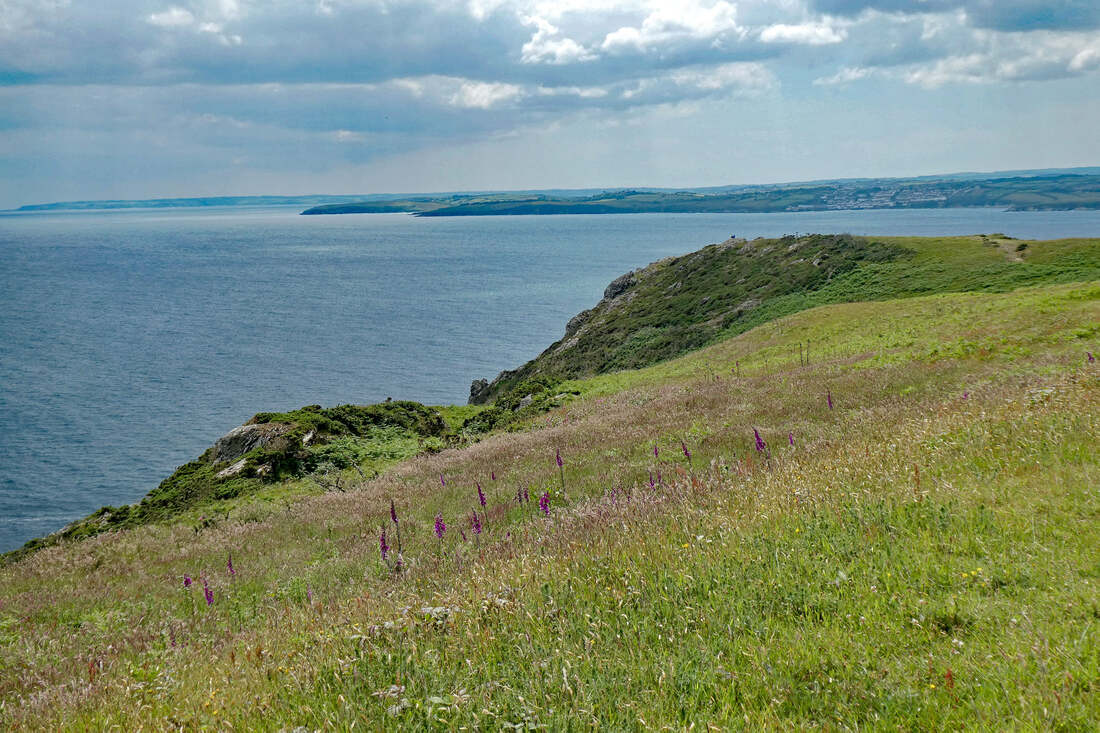







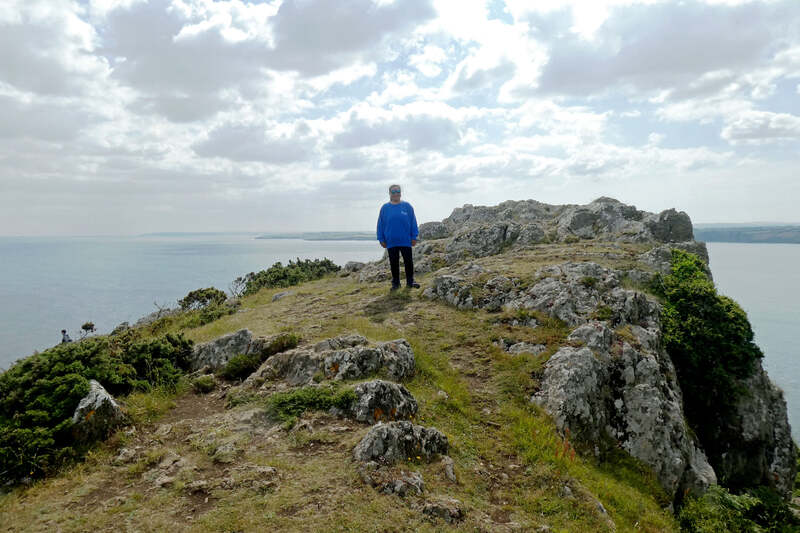




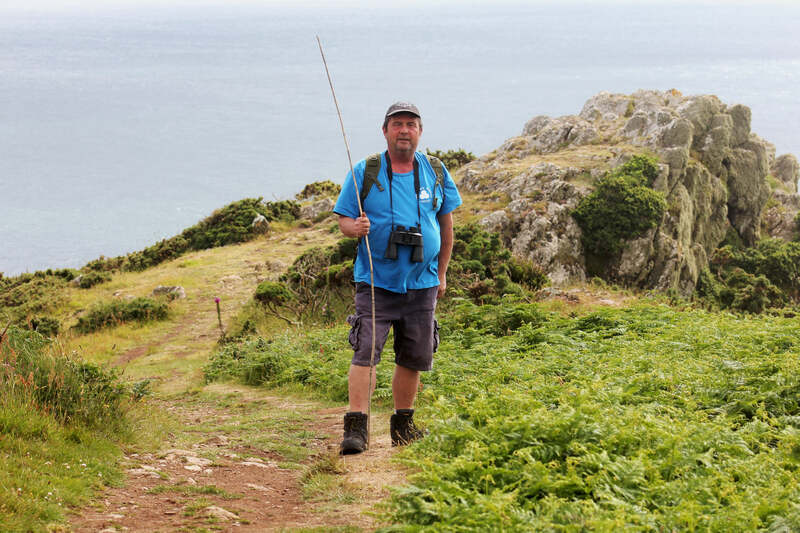

























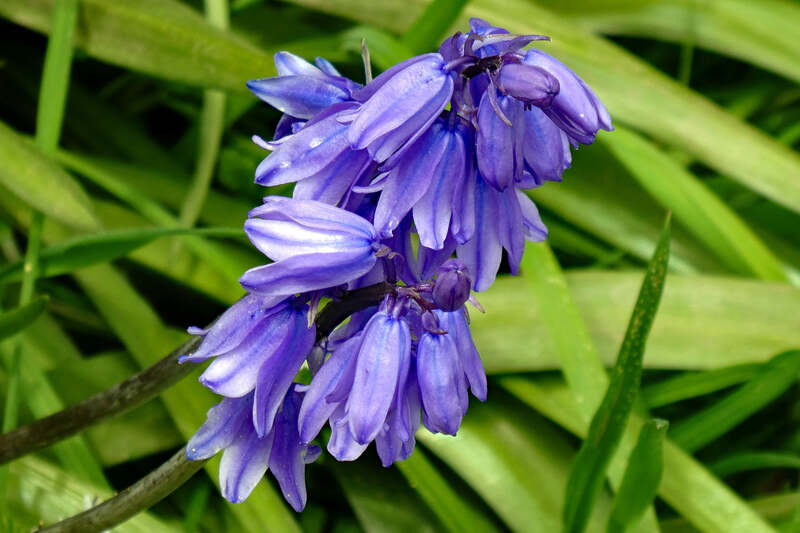
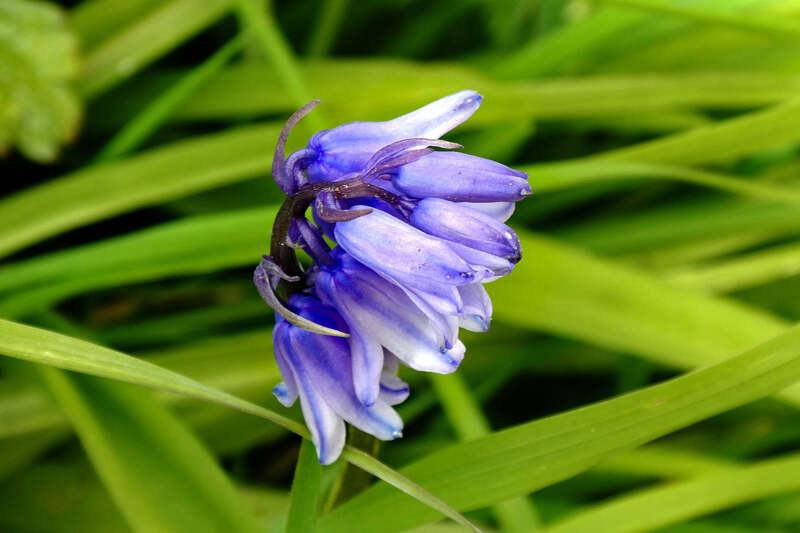






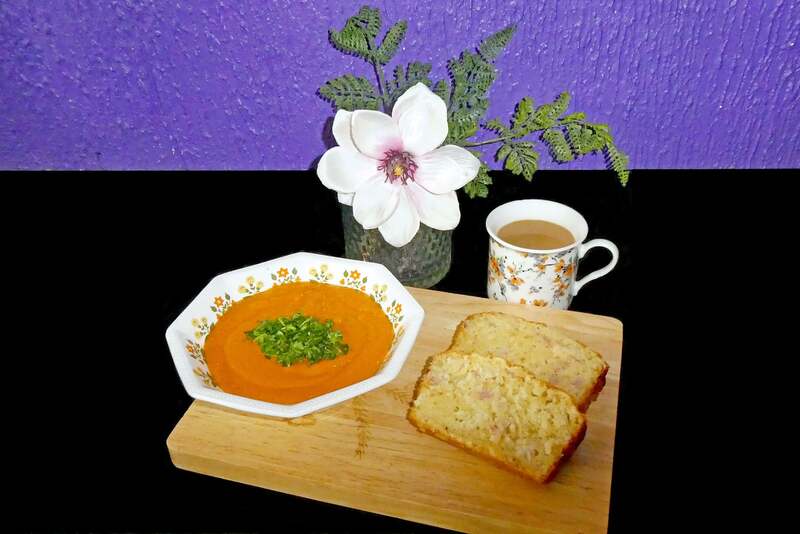







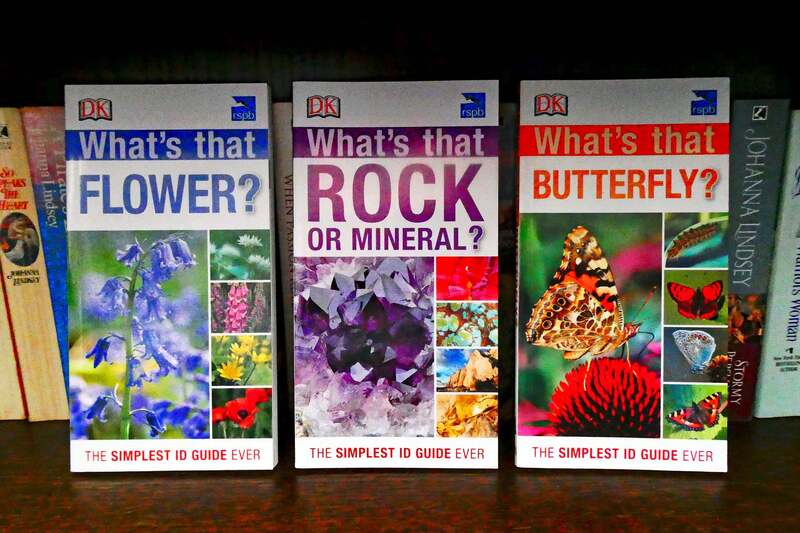

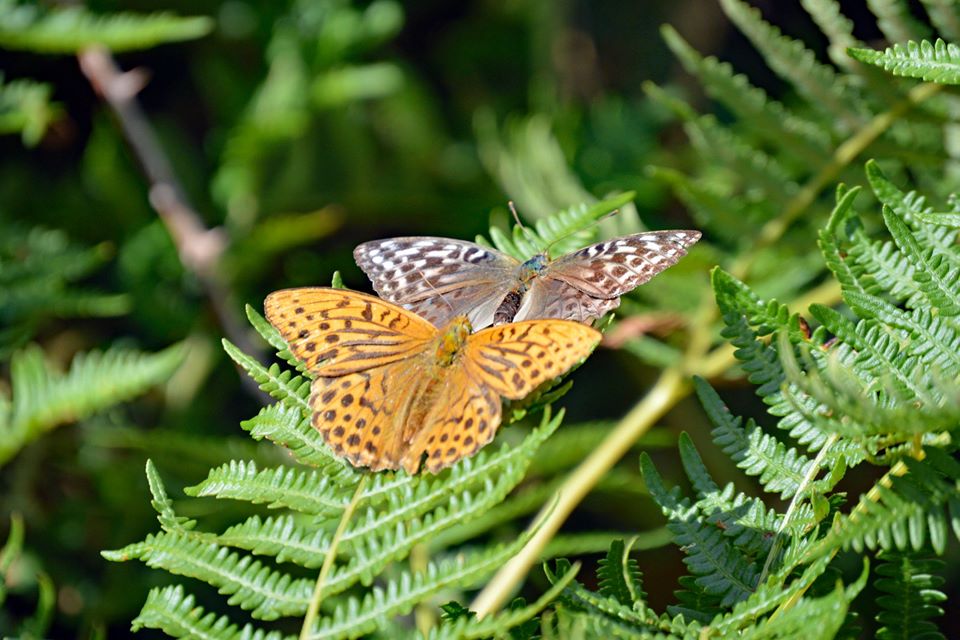









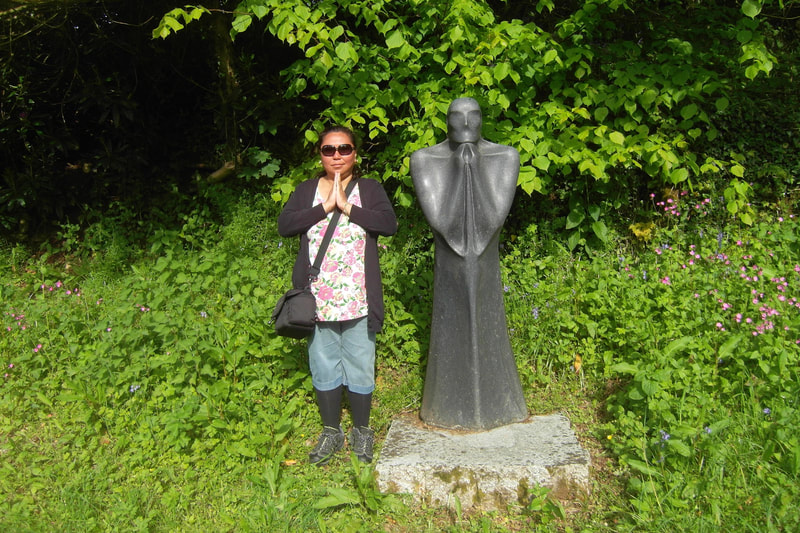



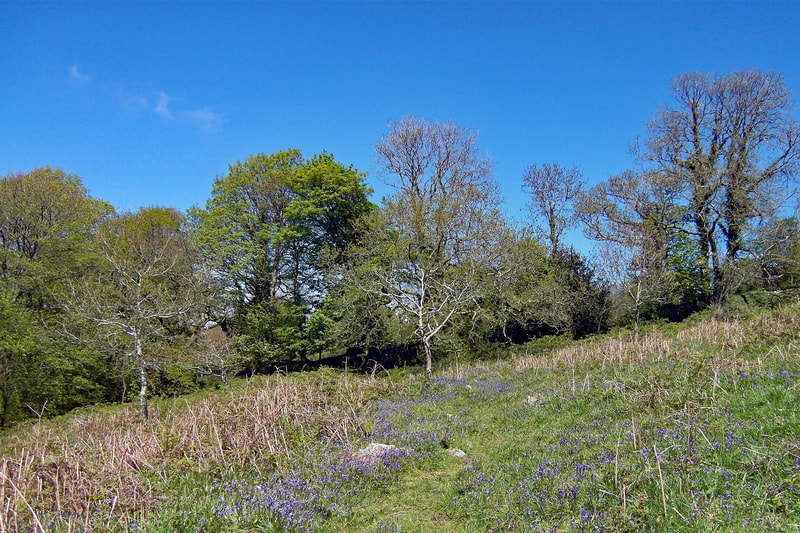
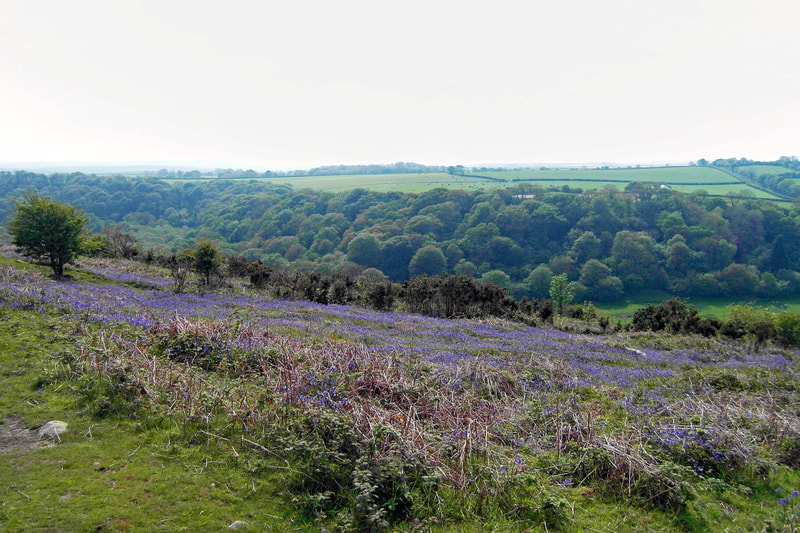

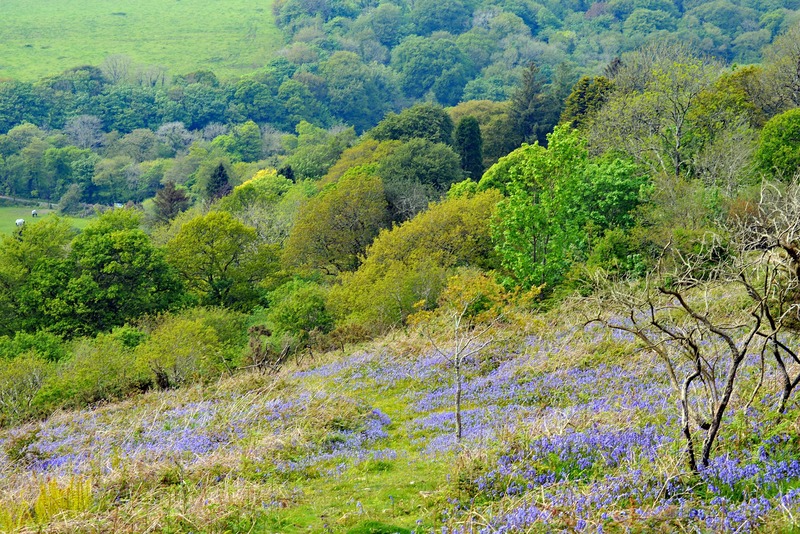



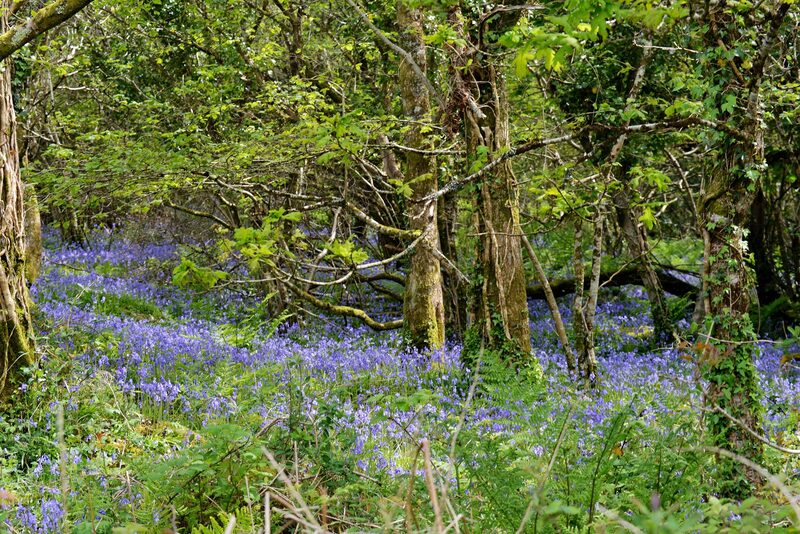

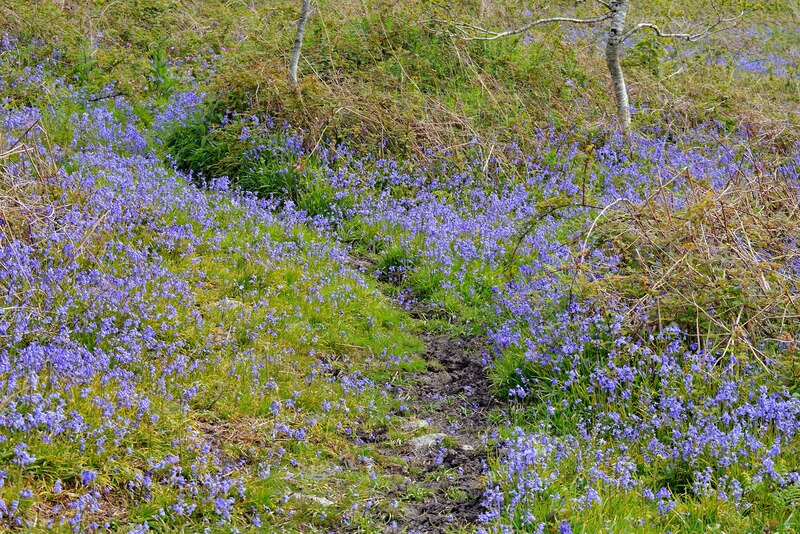



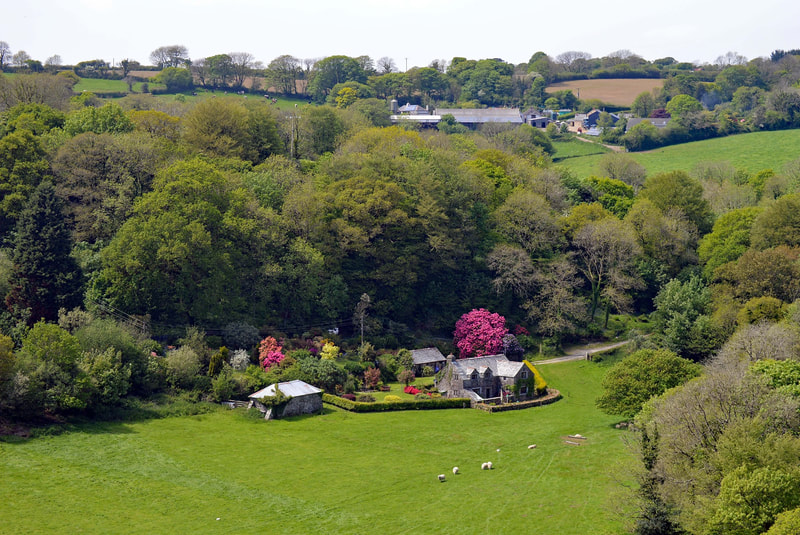

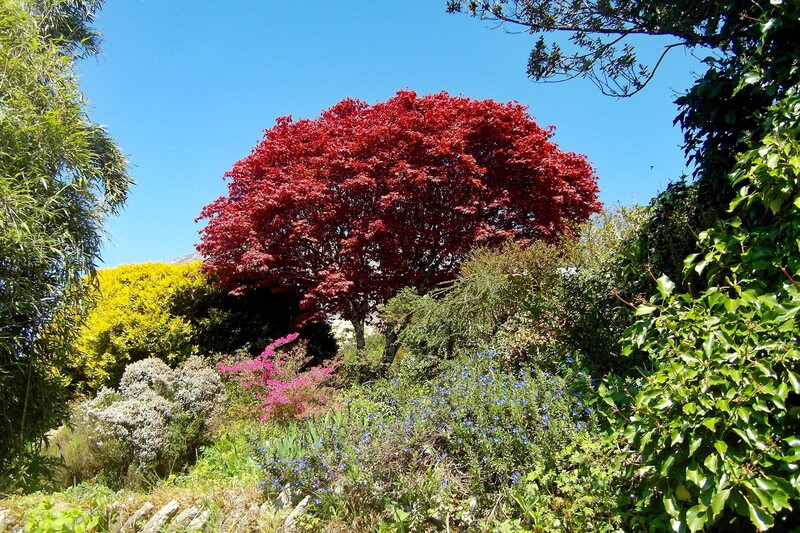
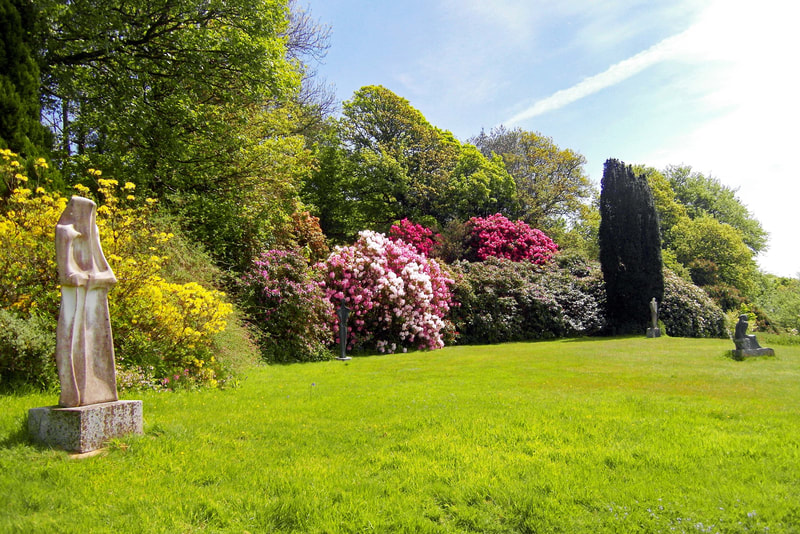








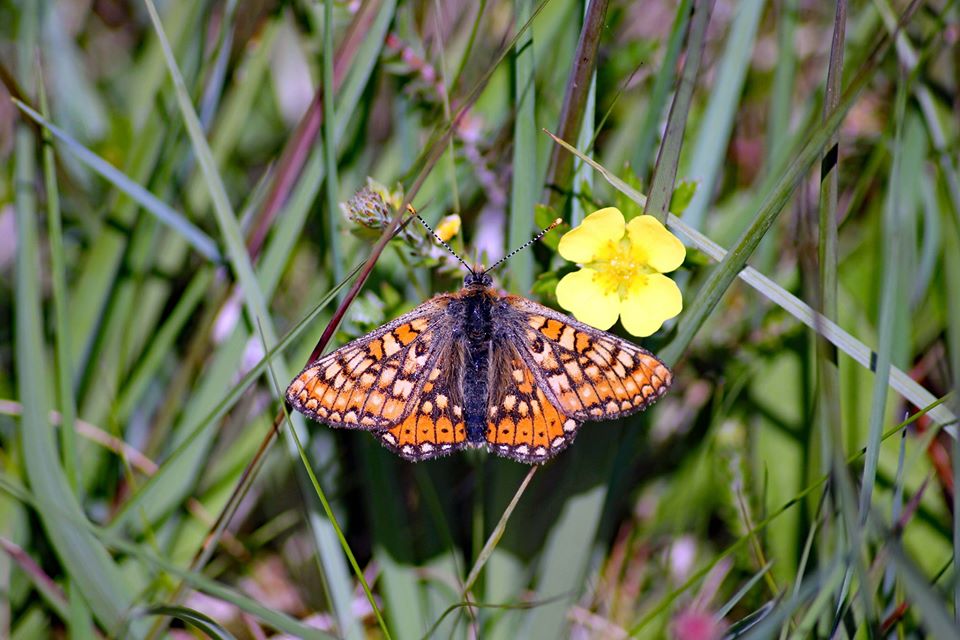









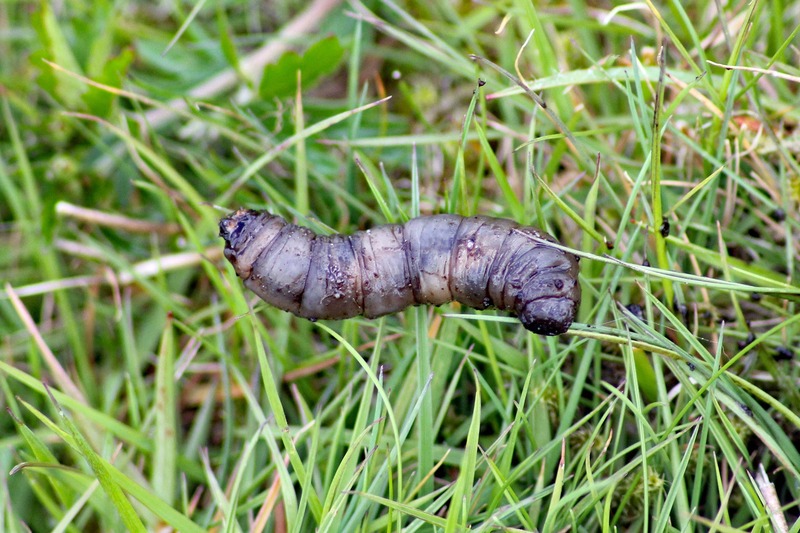











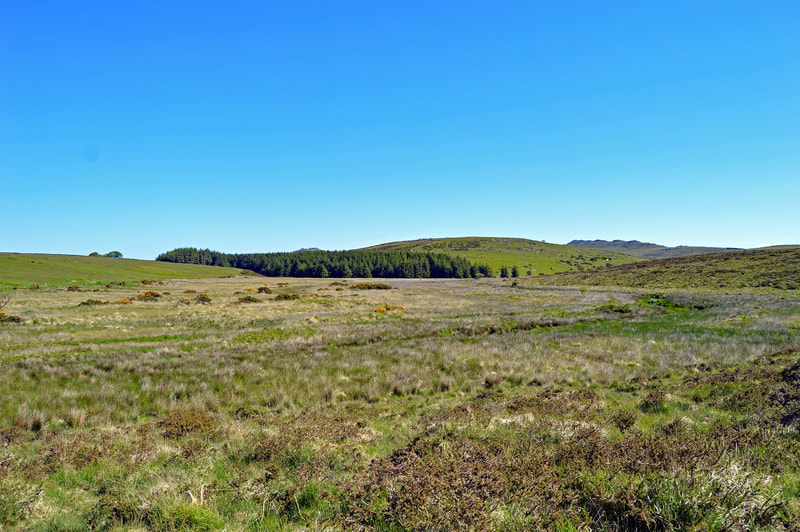



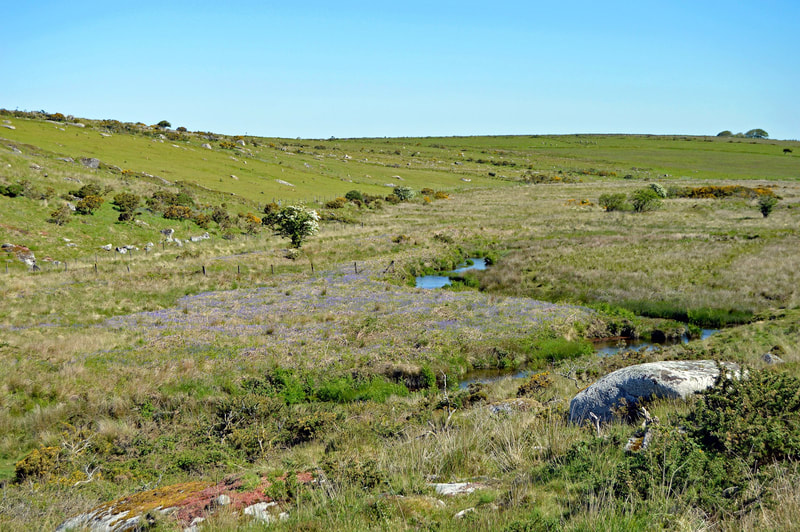

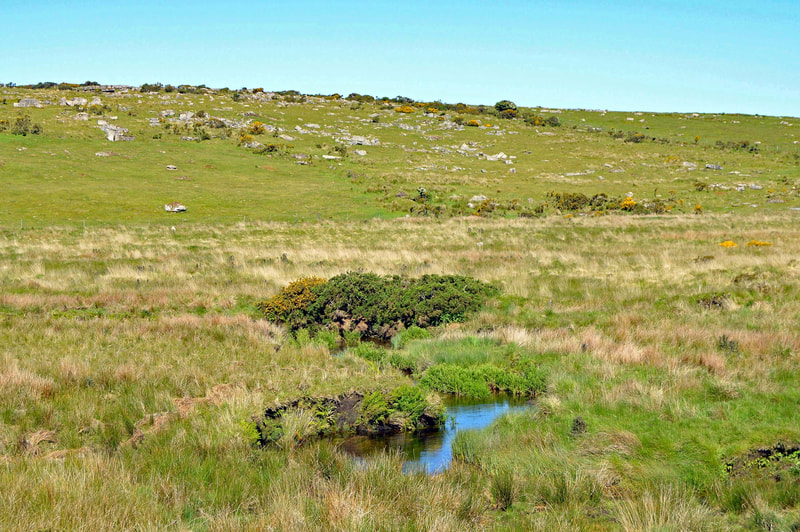





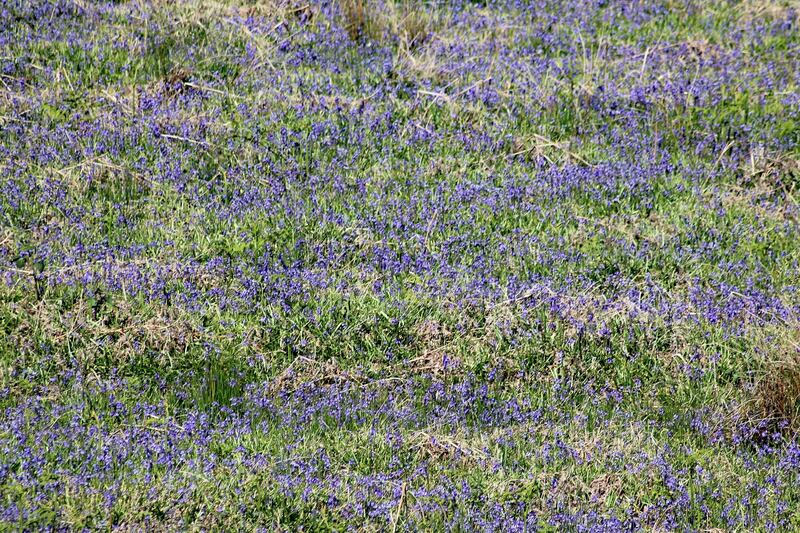





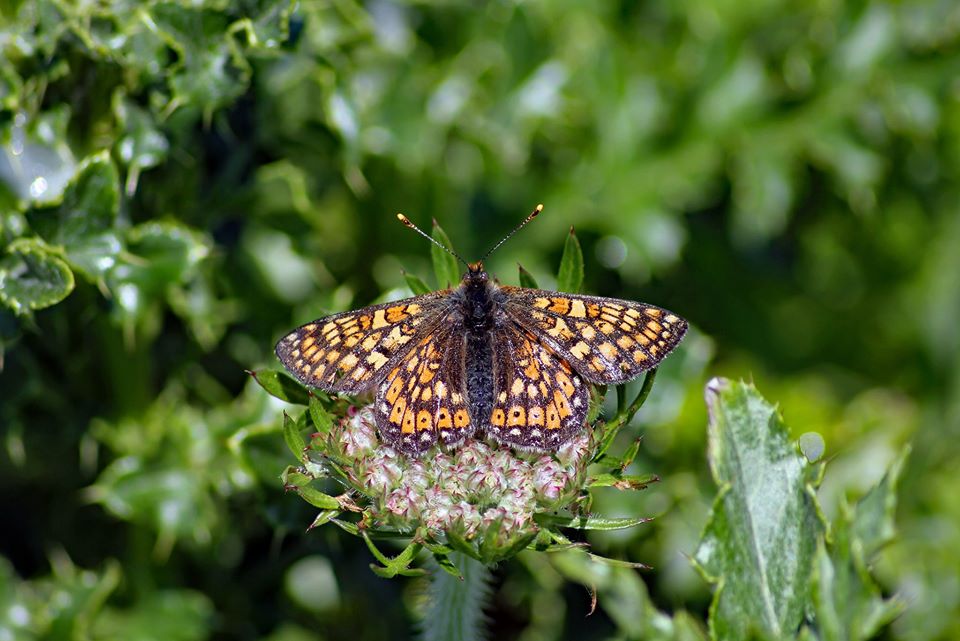






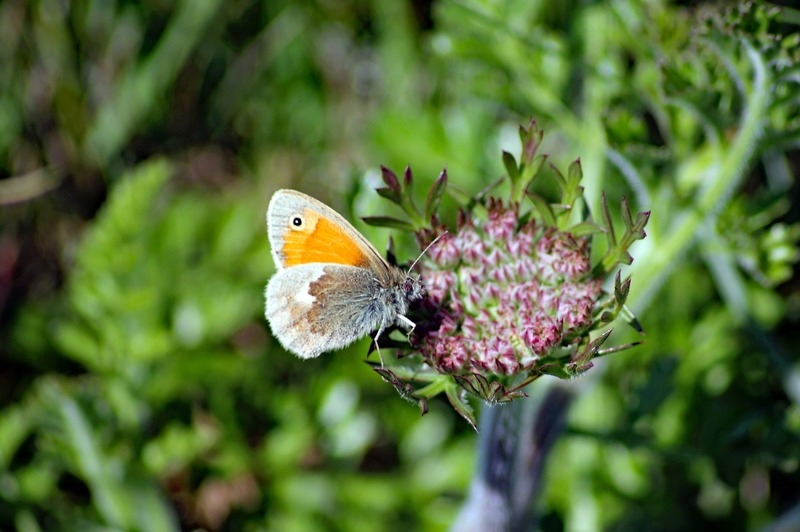

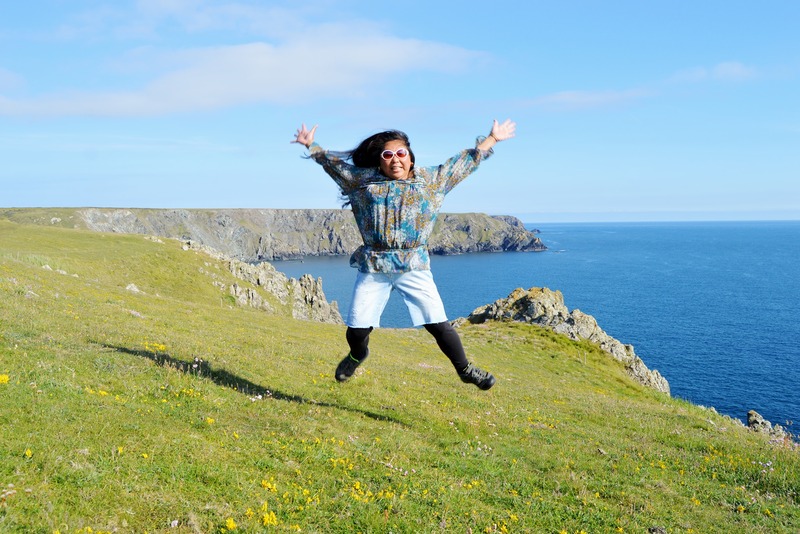







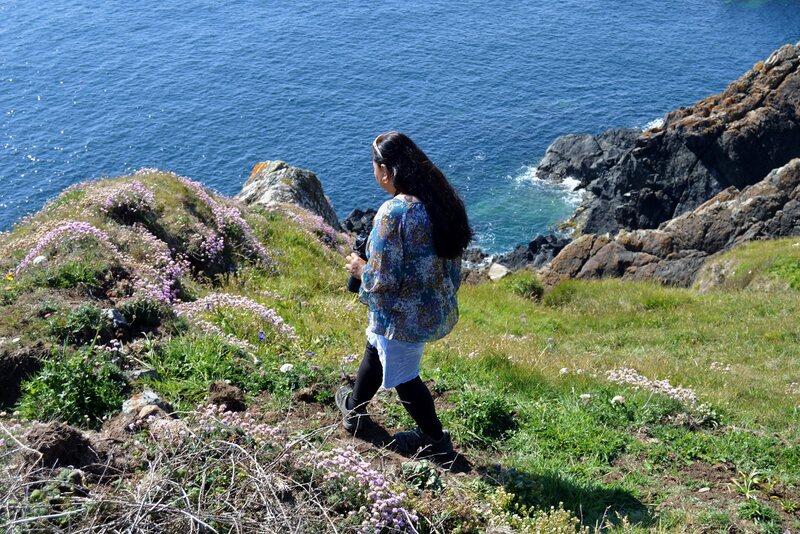
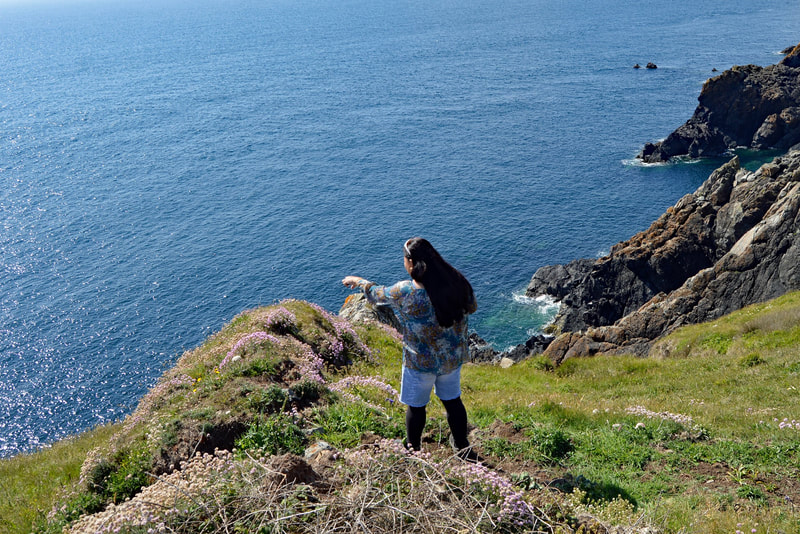


















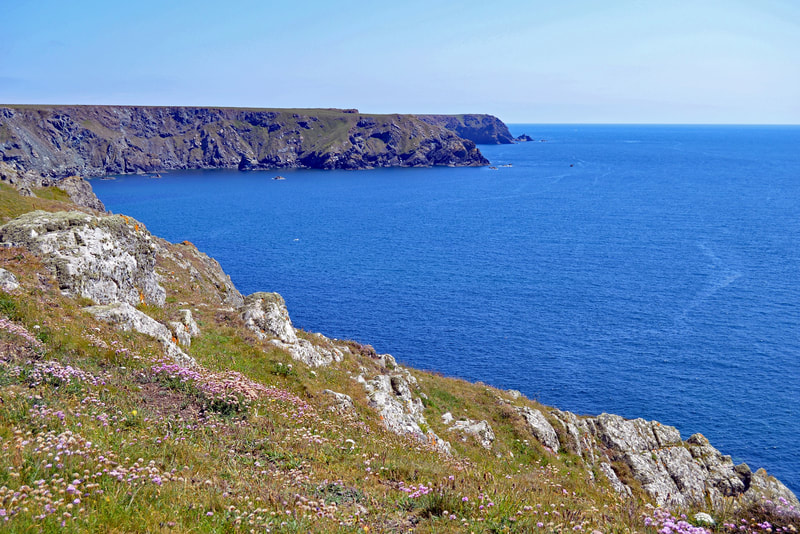


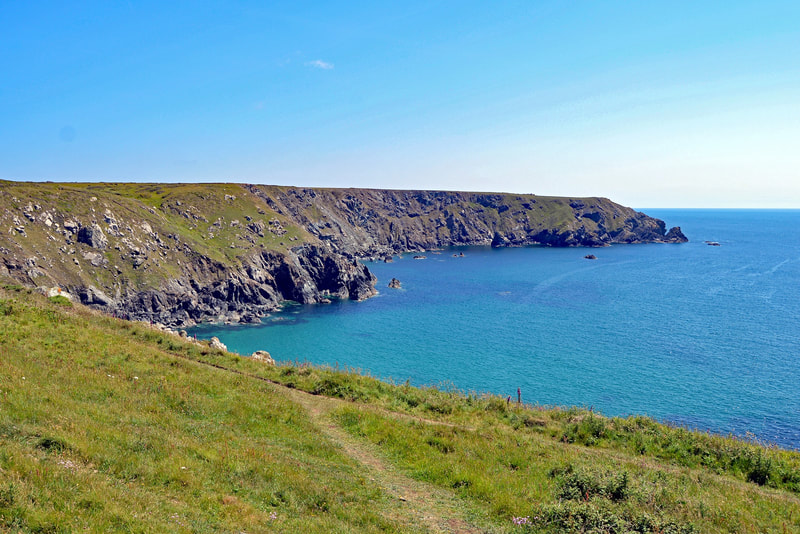


























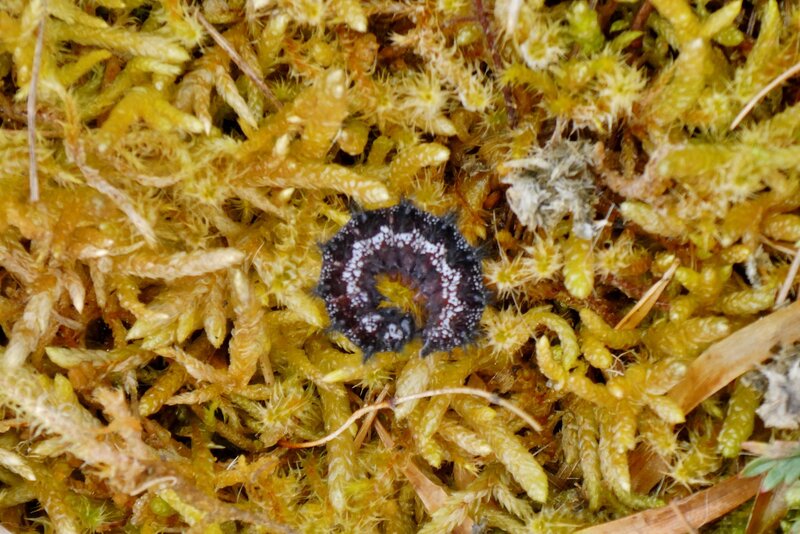










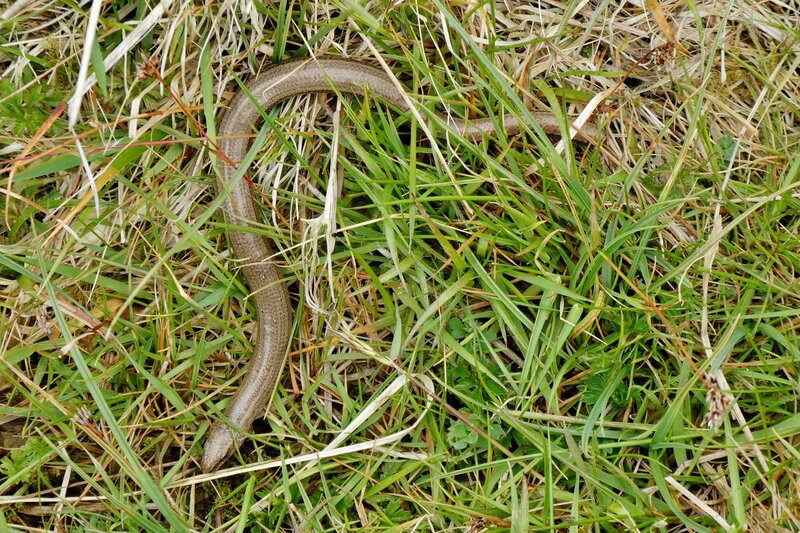
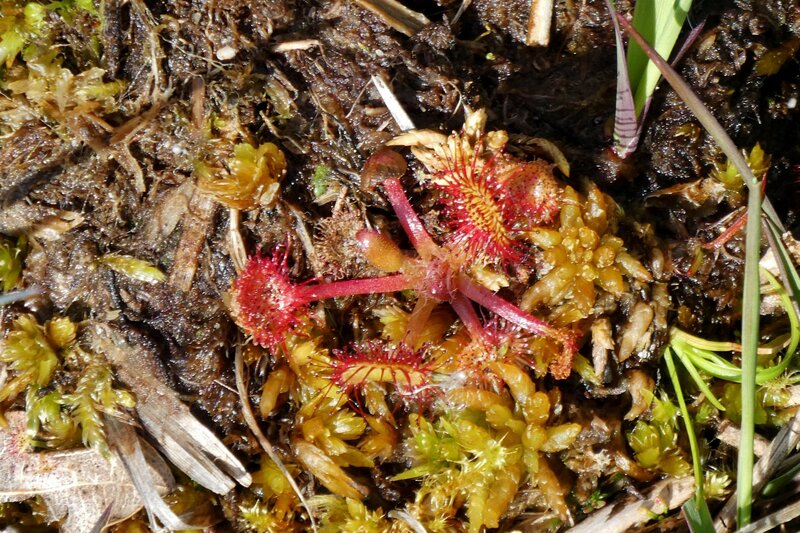



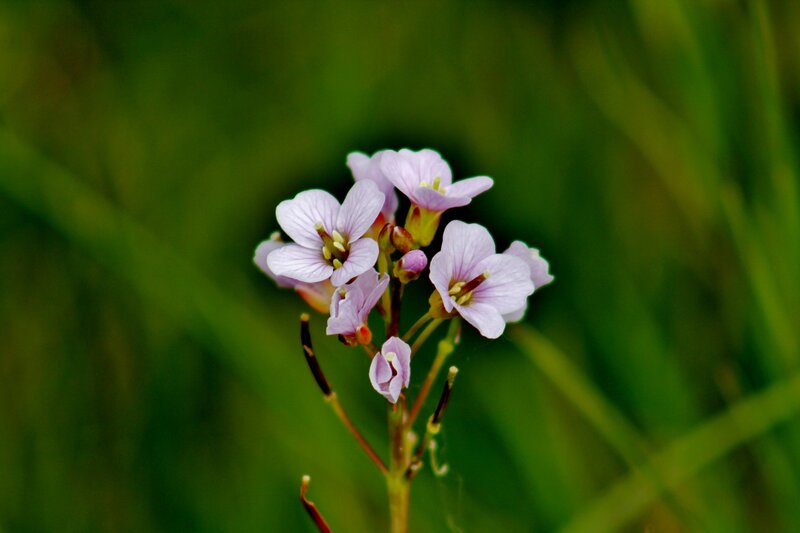



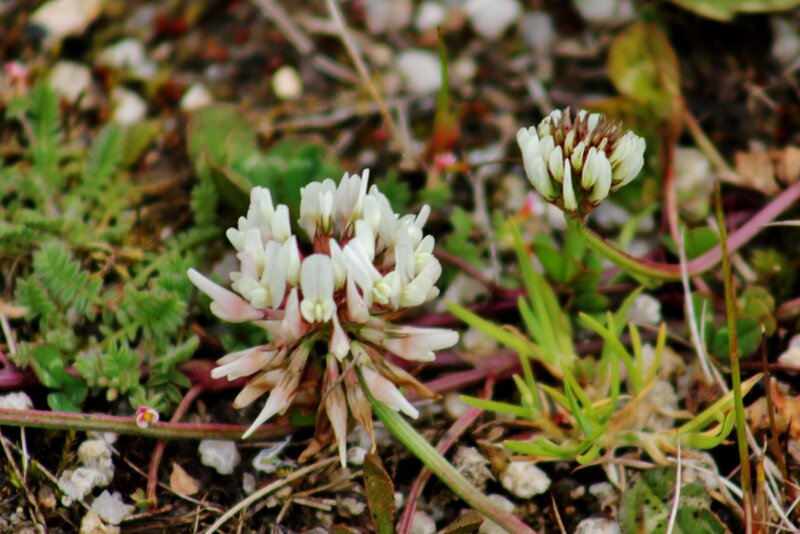
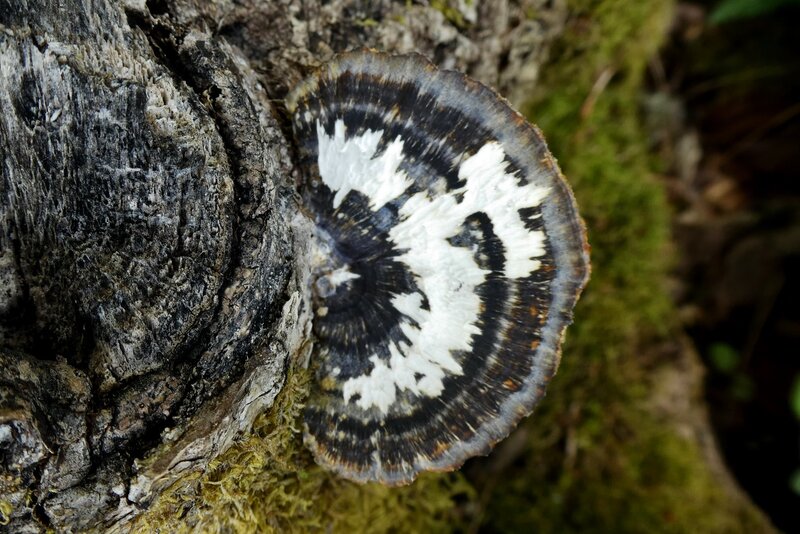

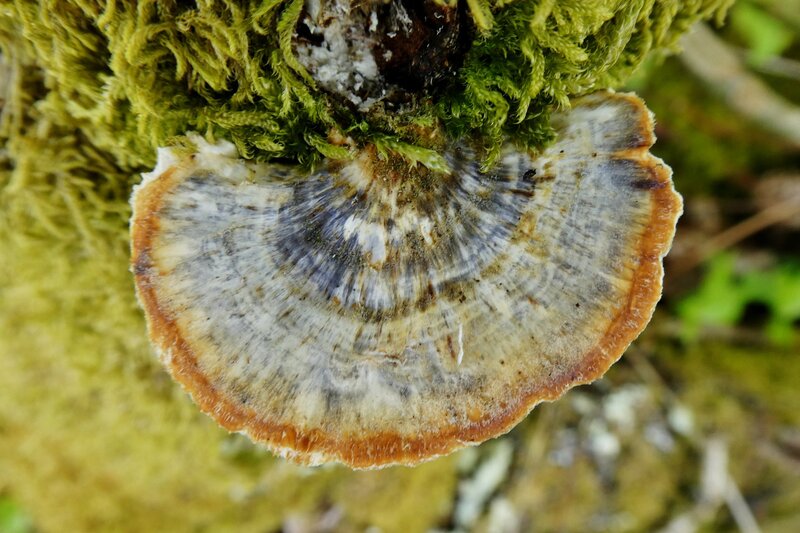



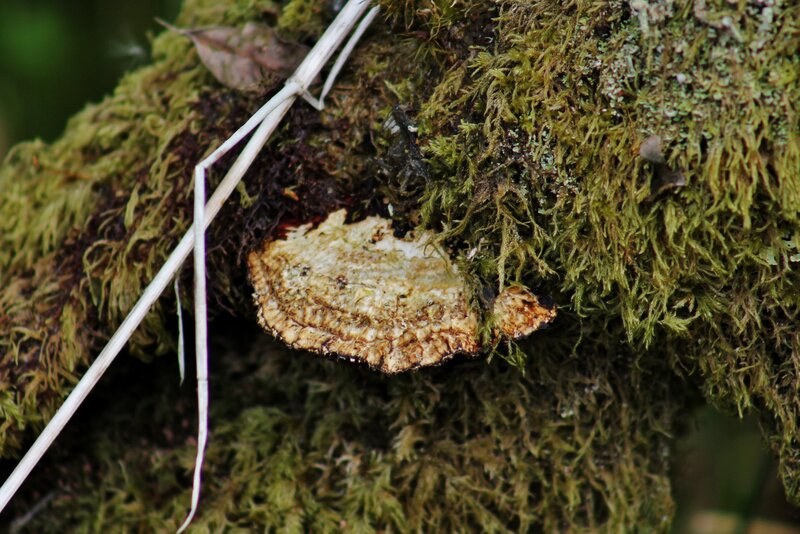












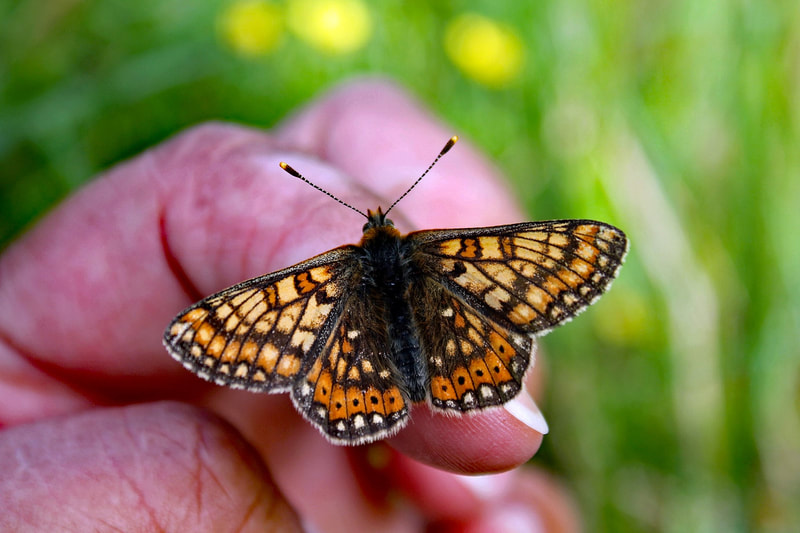


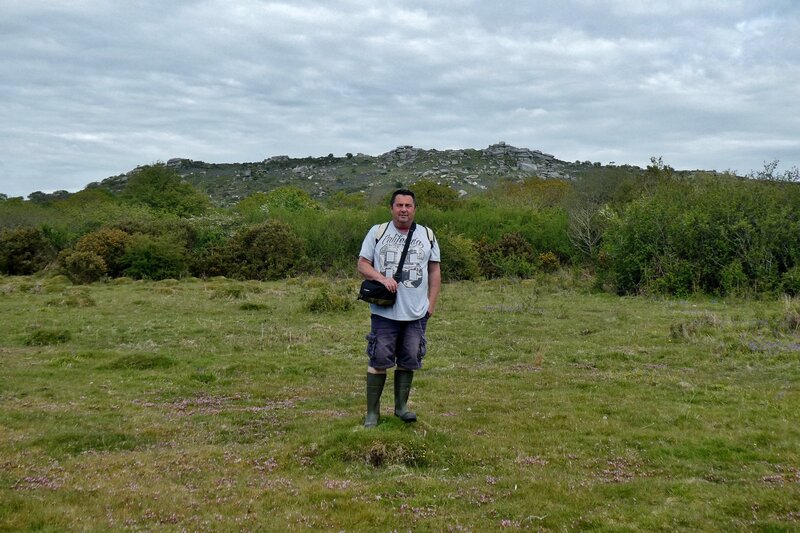










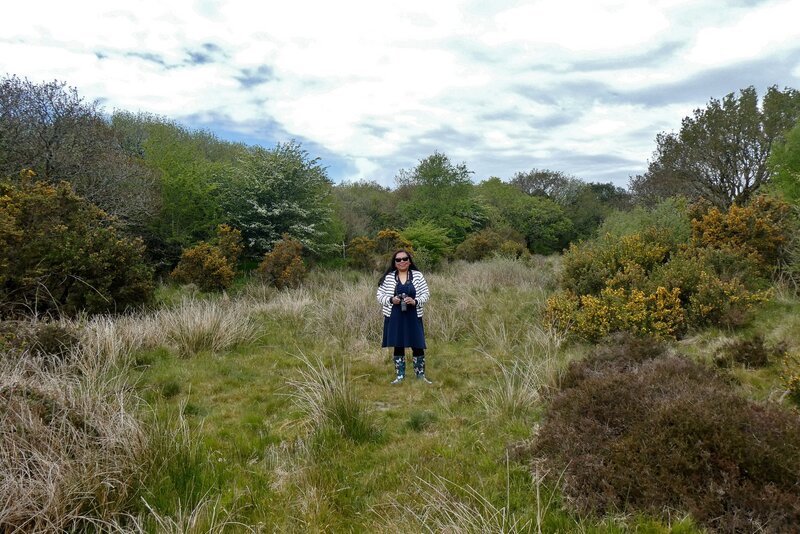









































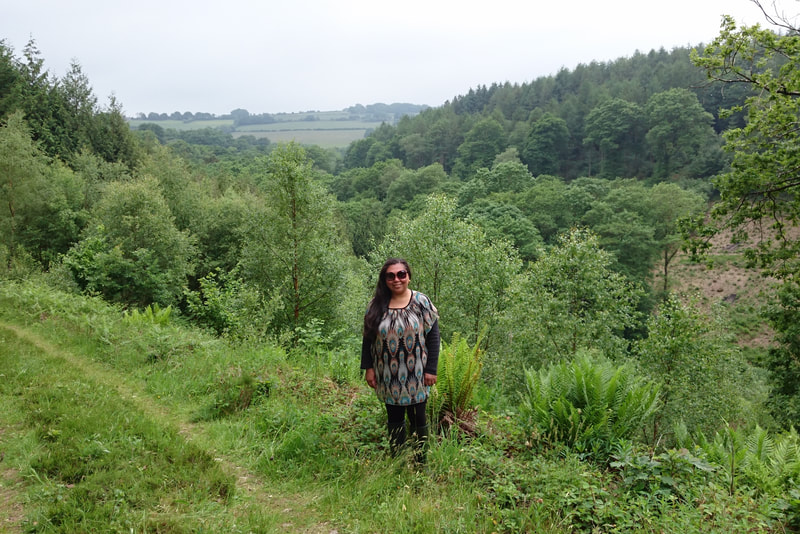













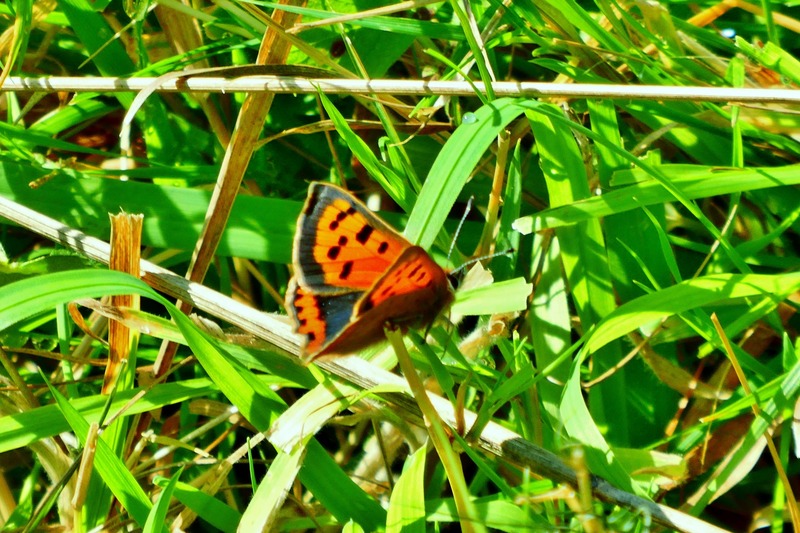
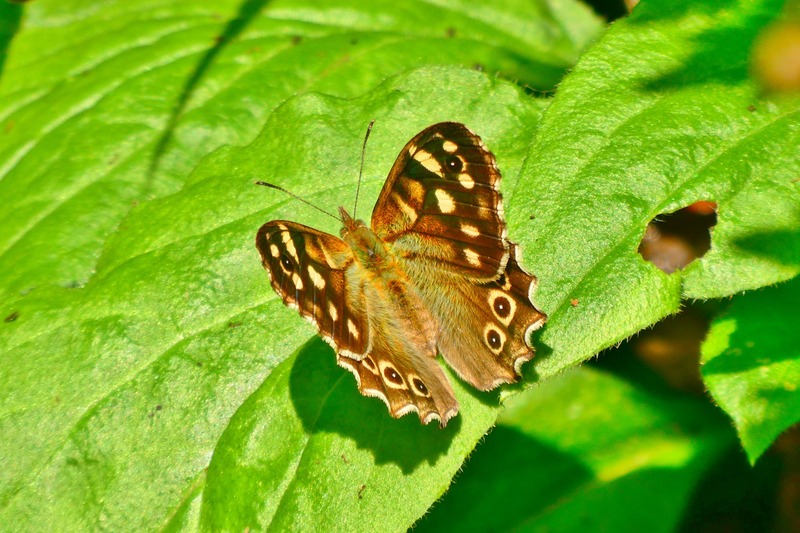






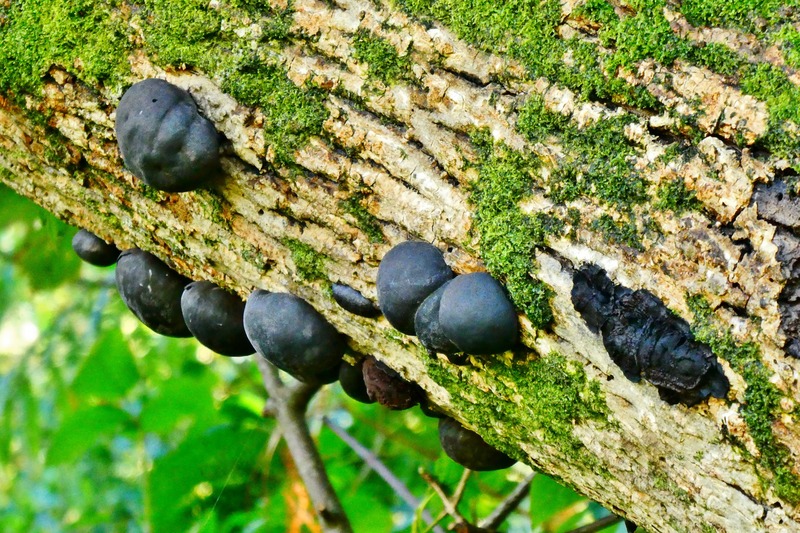



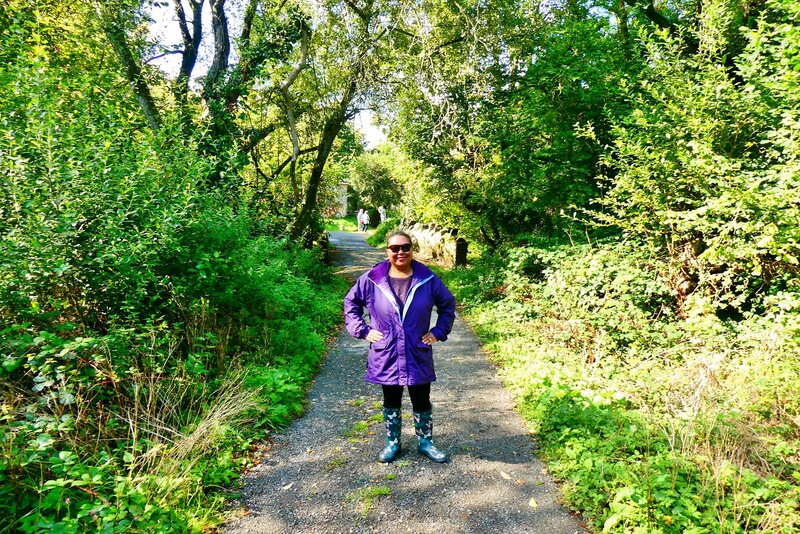



 RSS Feed
RSS Feed